-- Here are scanned images from papers compiled by Arthur Cartland Bailey and Martha Fletcher McCourt dated April 1972
-- Also included are letters to/from Arthur Cartland Bailey in preparation for the papers.
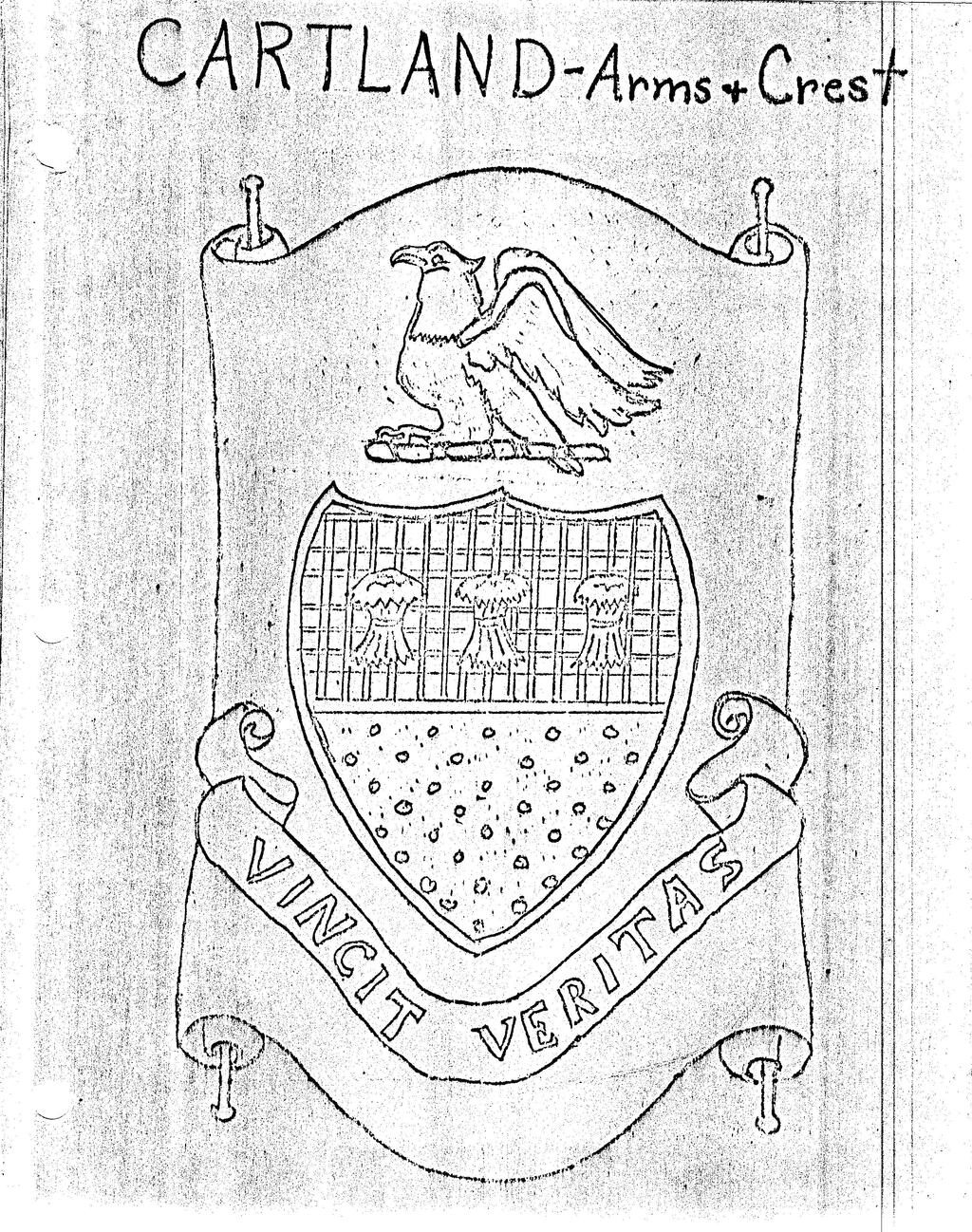
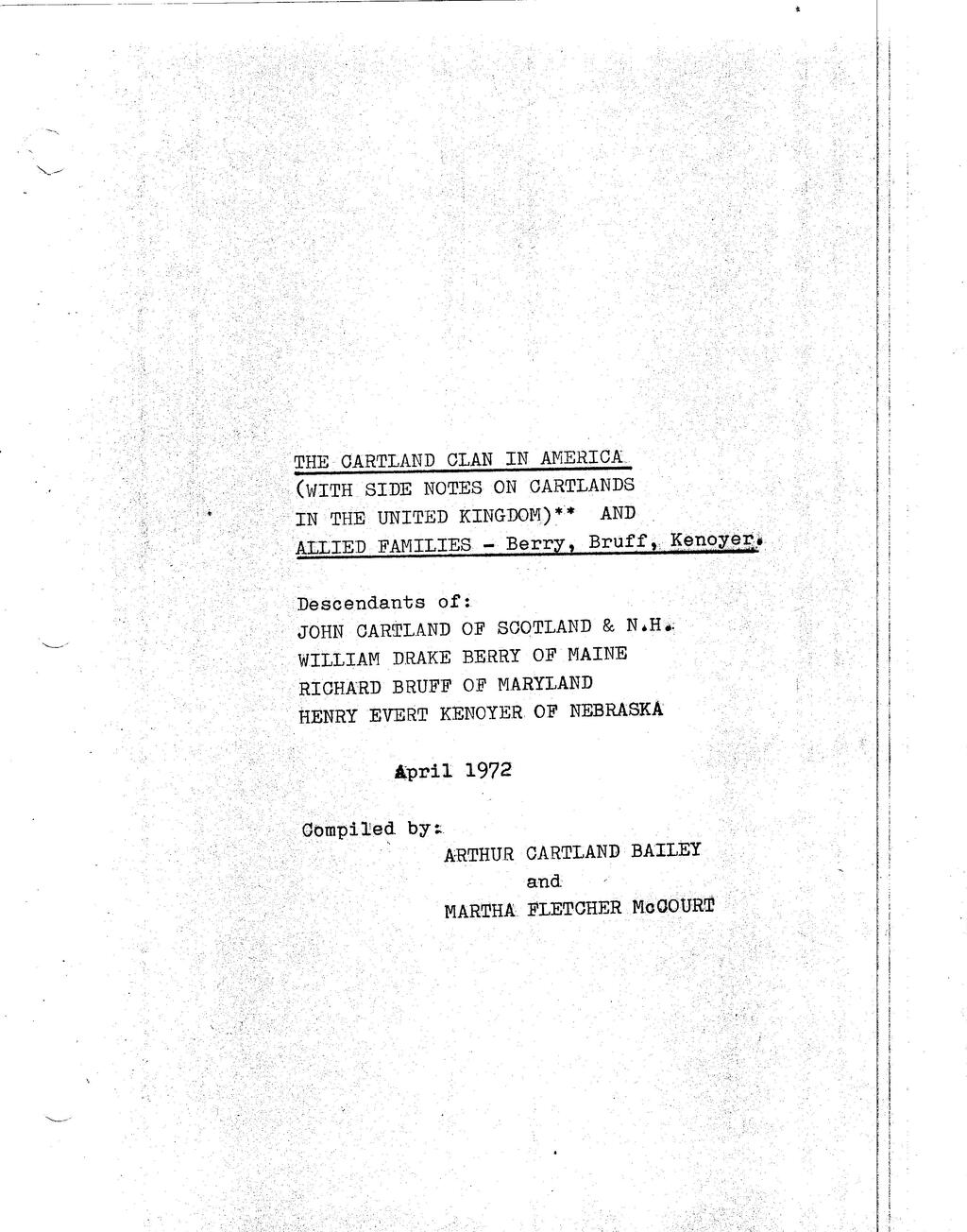
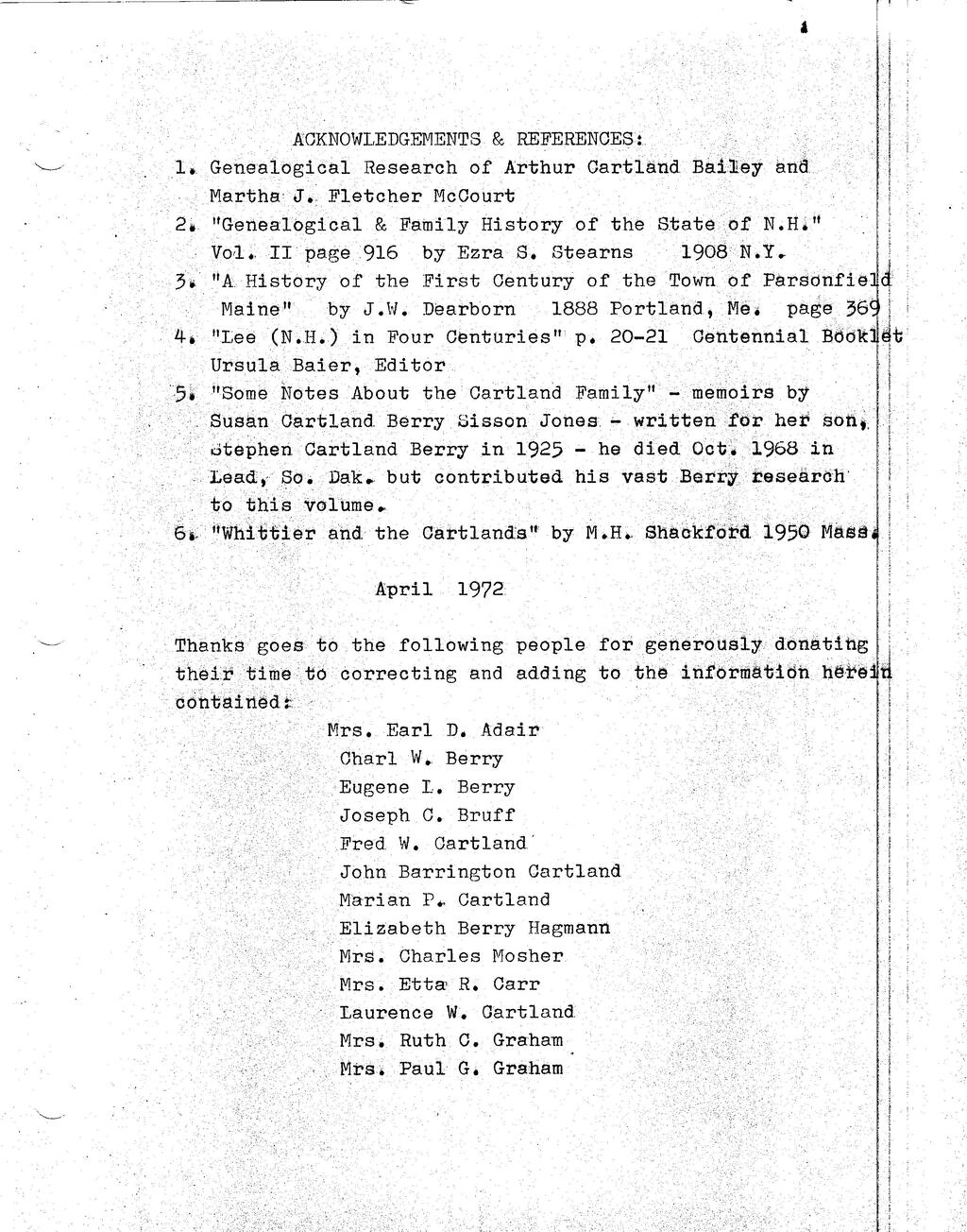
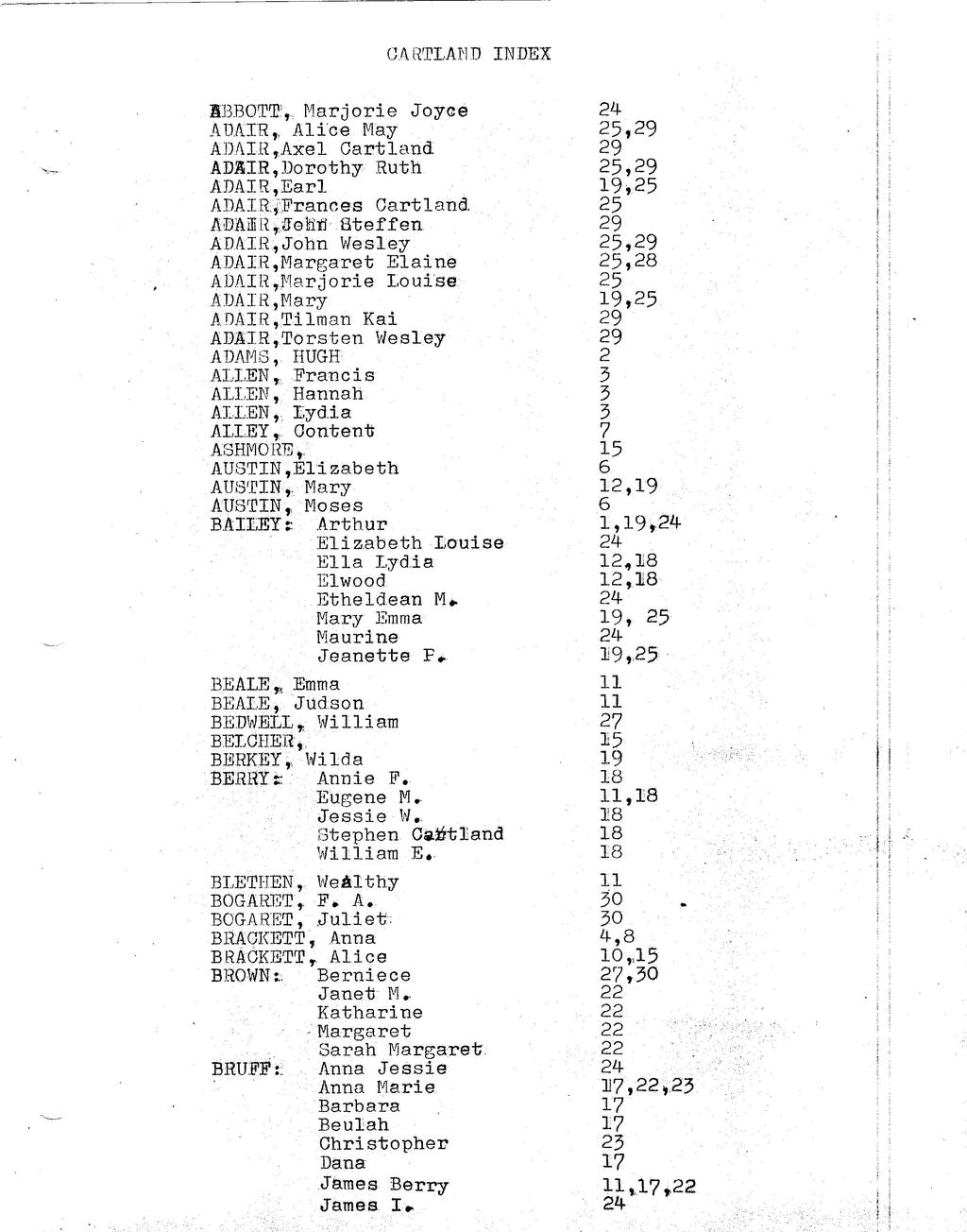
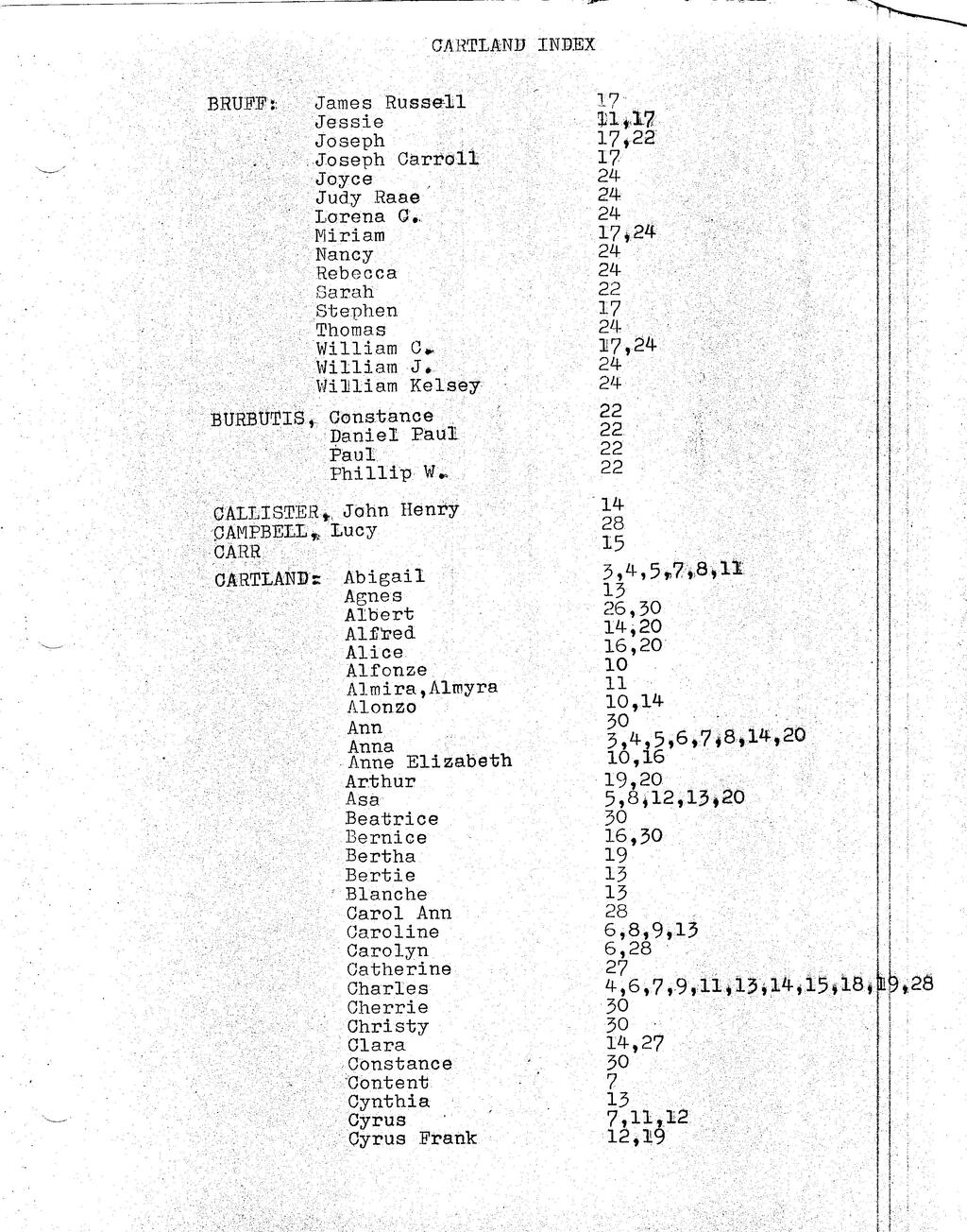
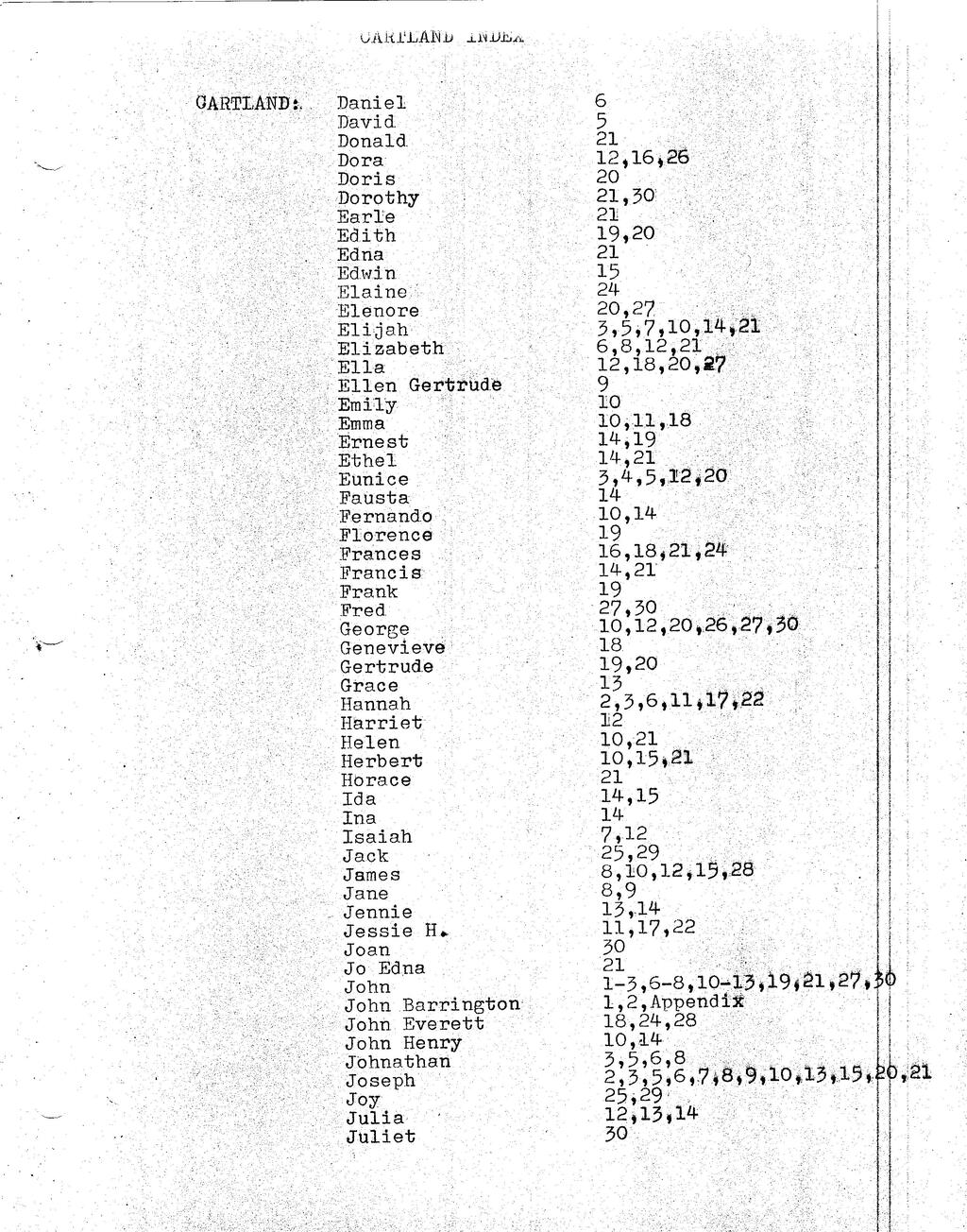
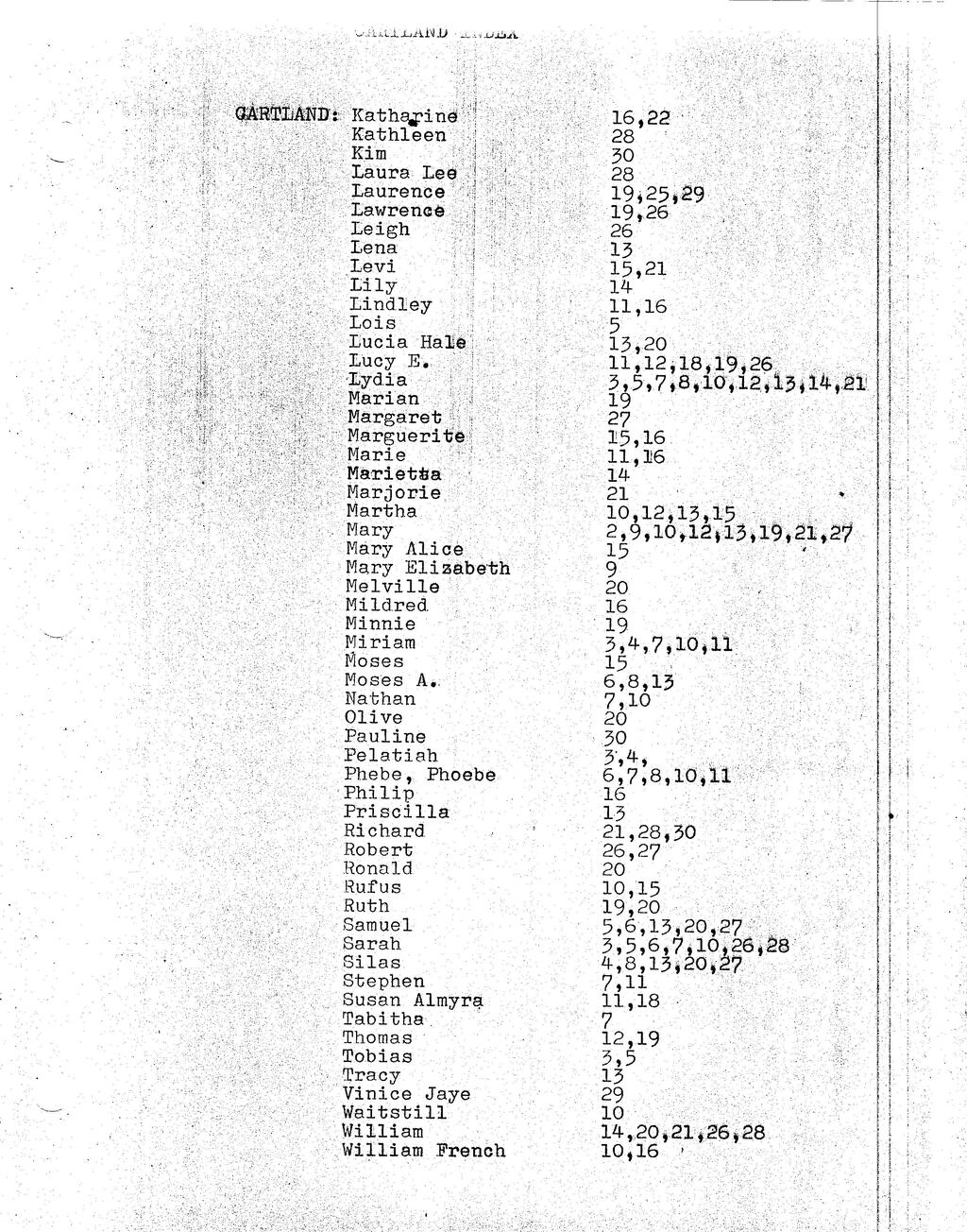
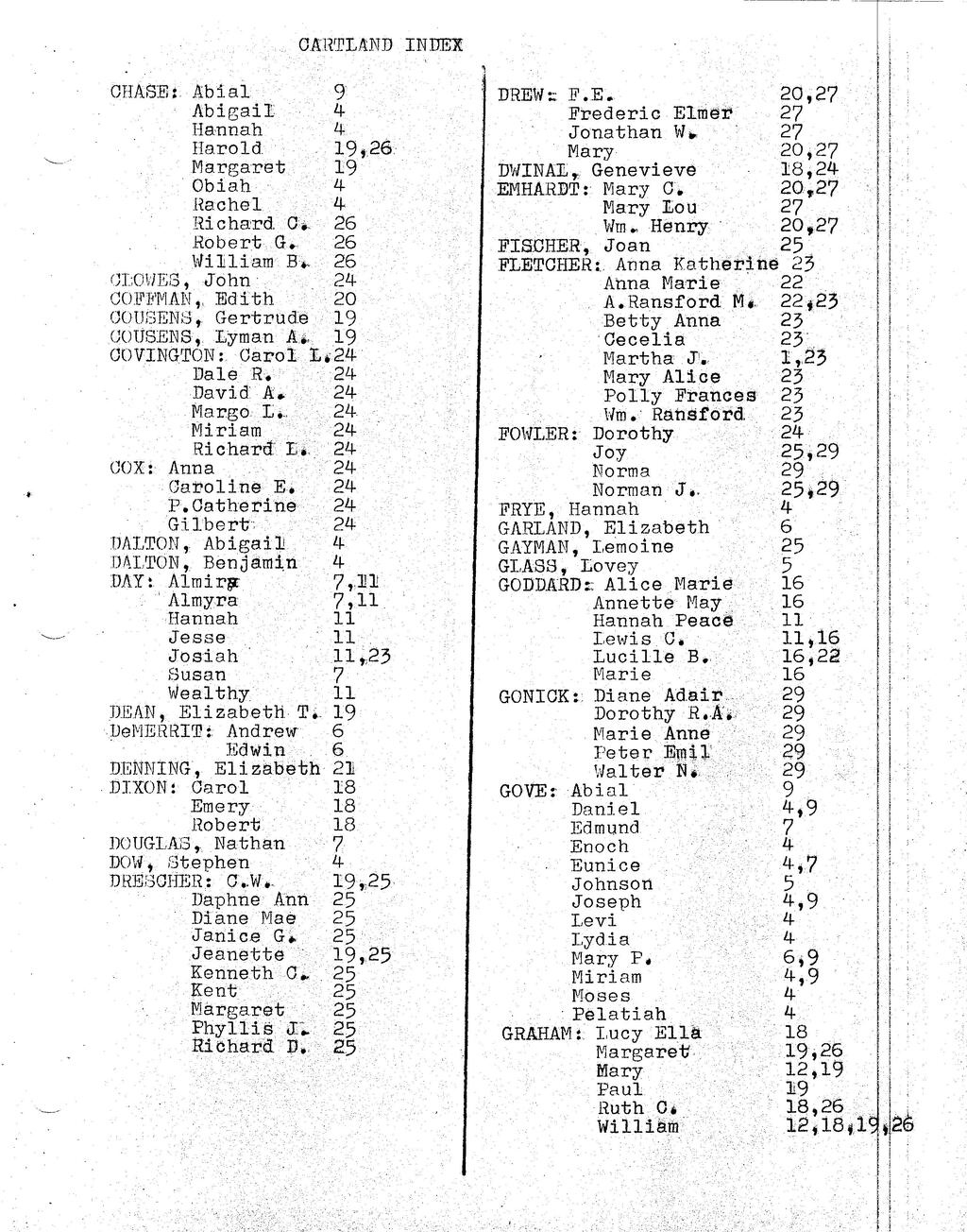
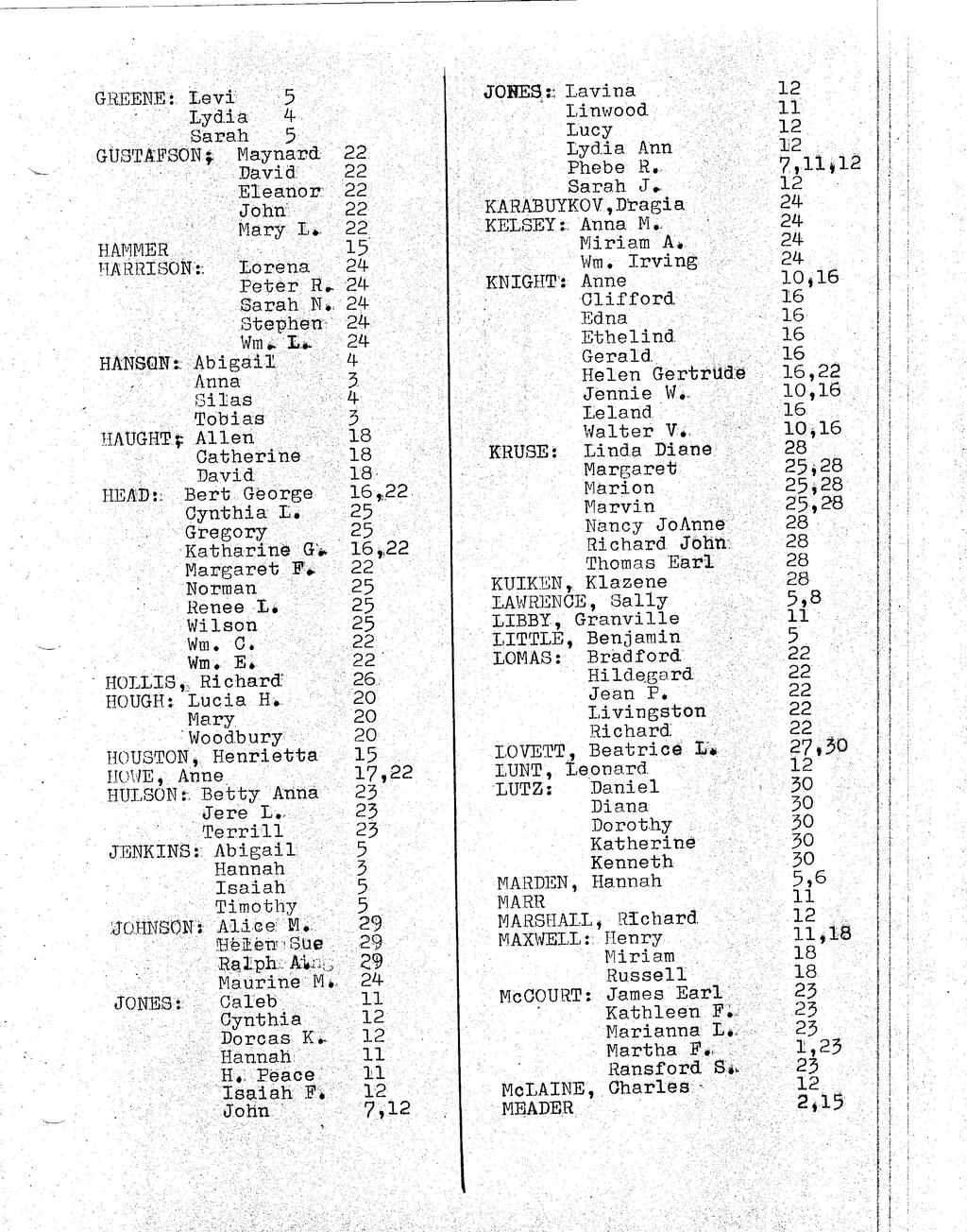
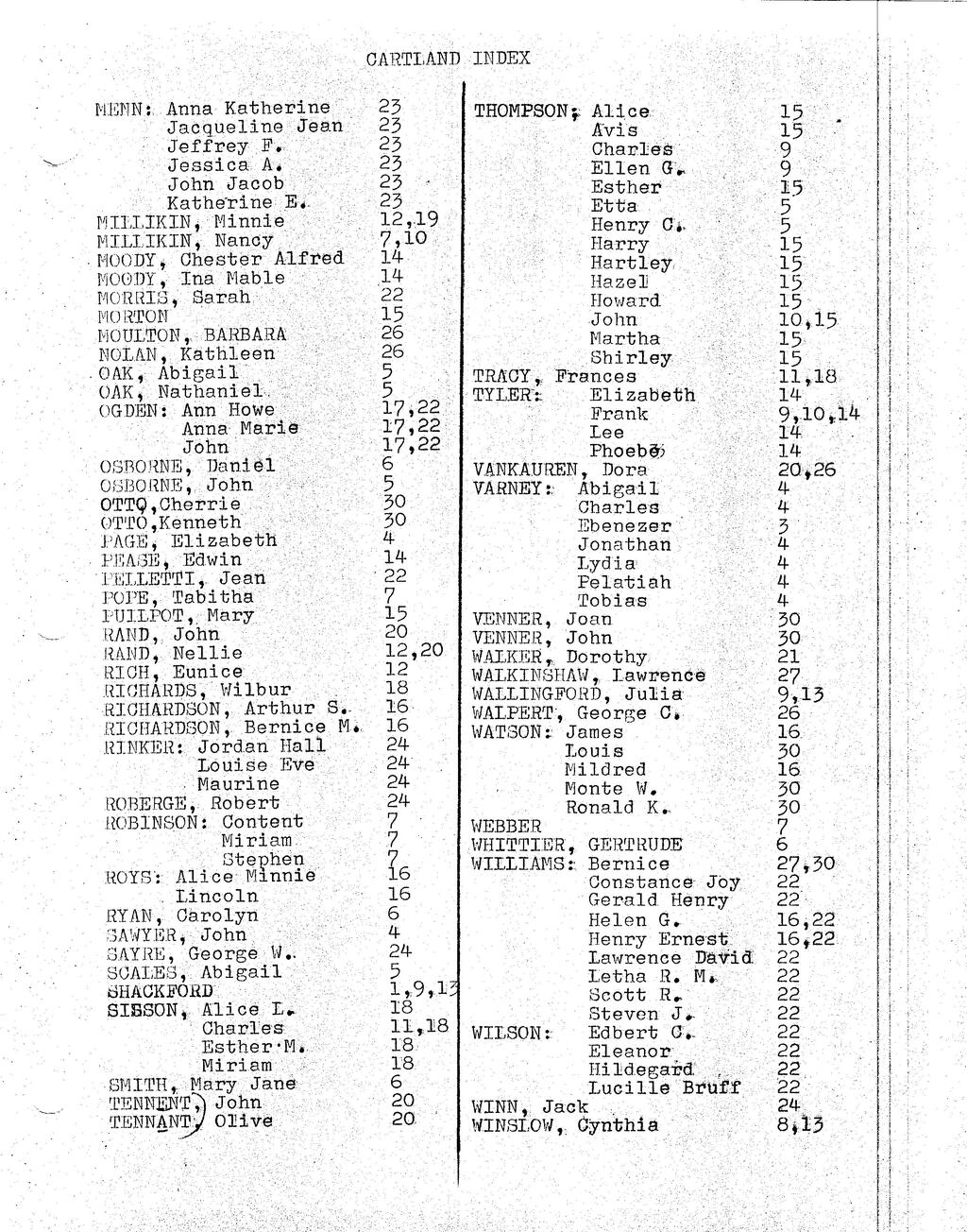
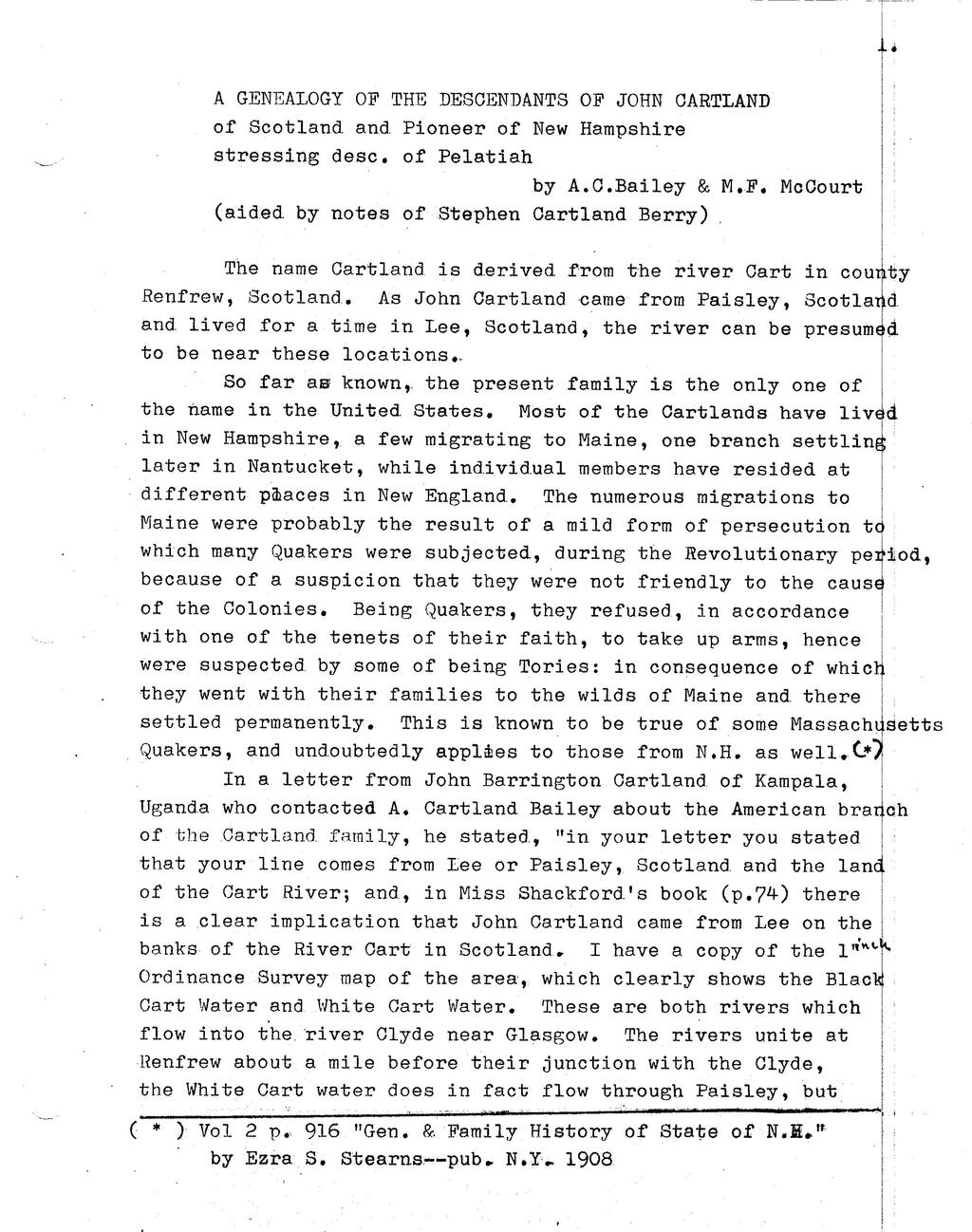
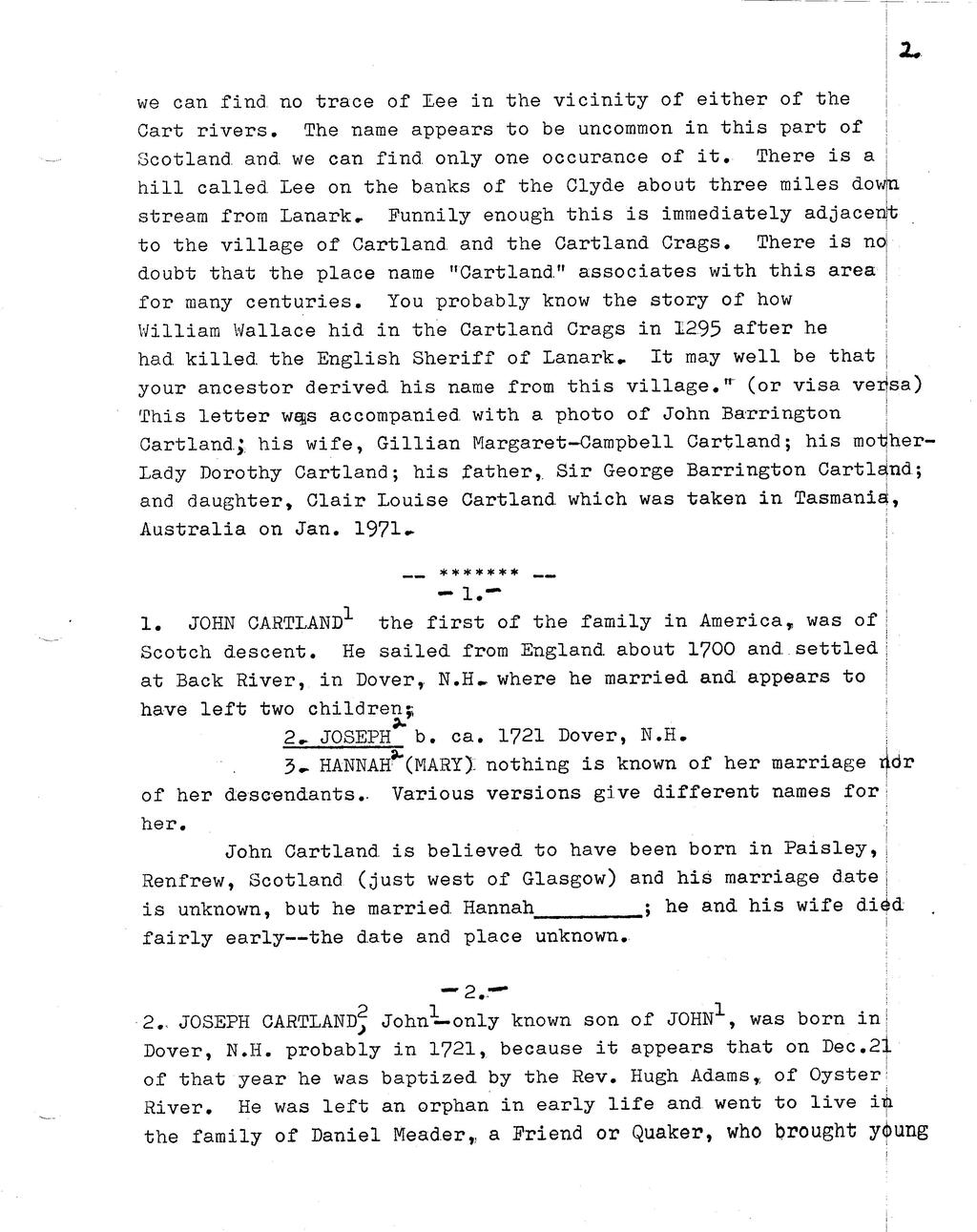
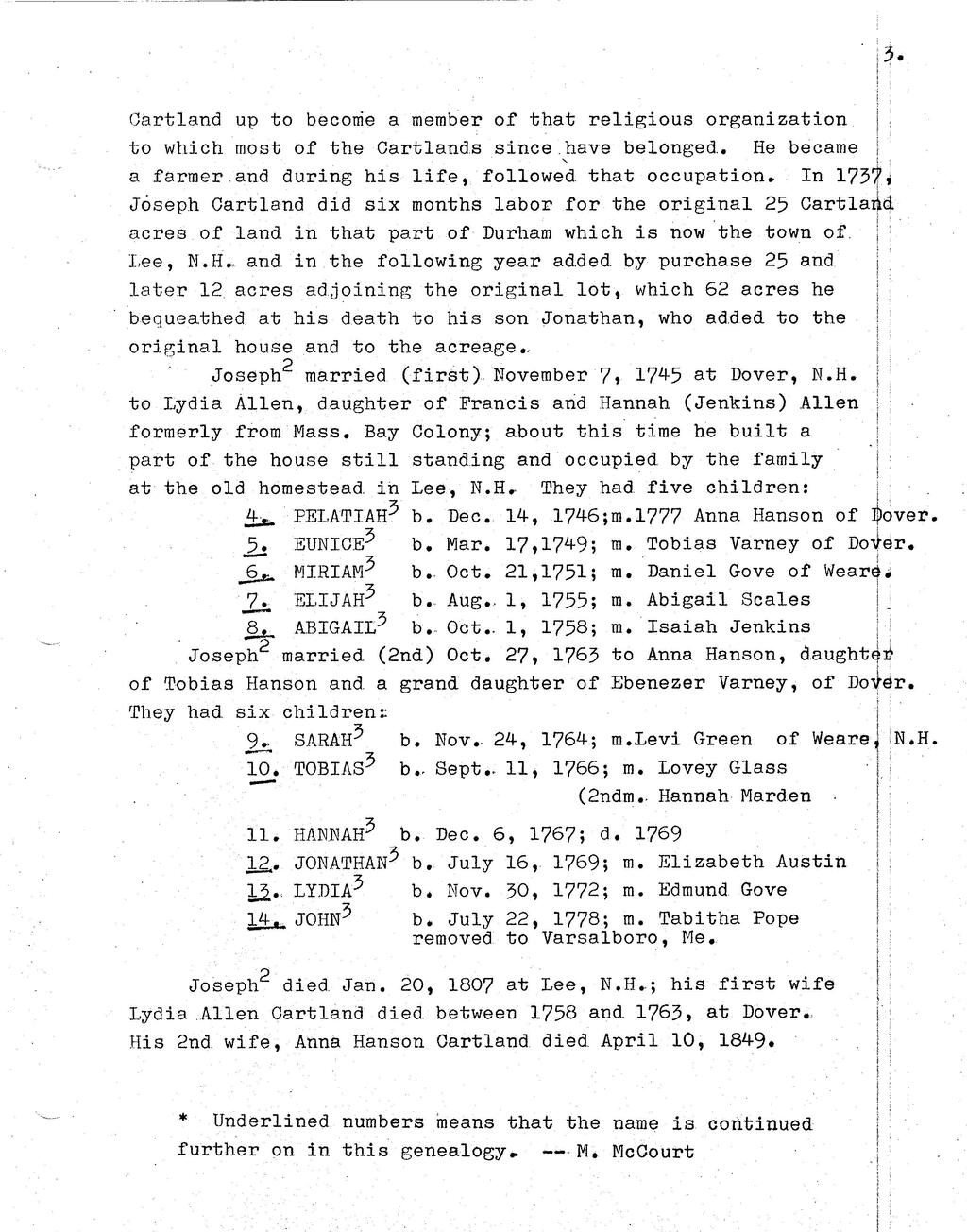
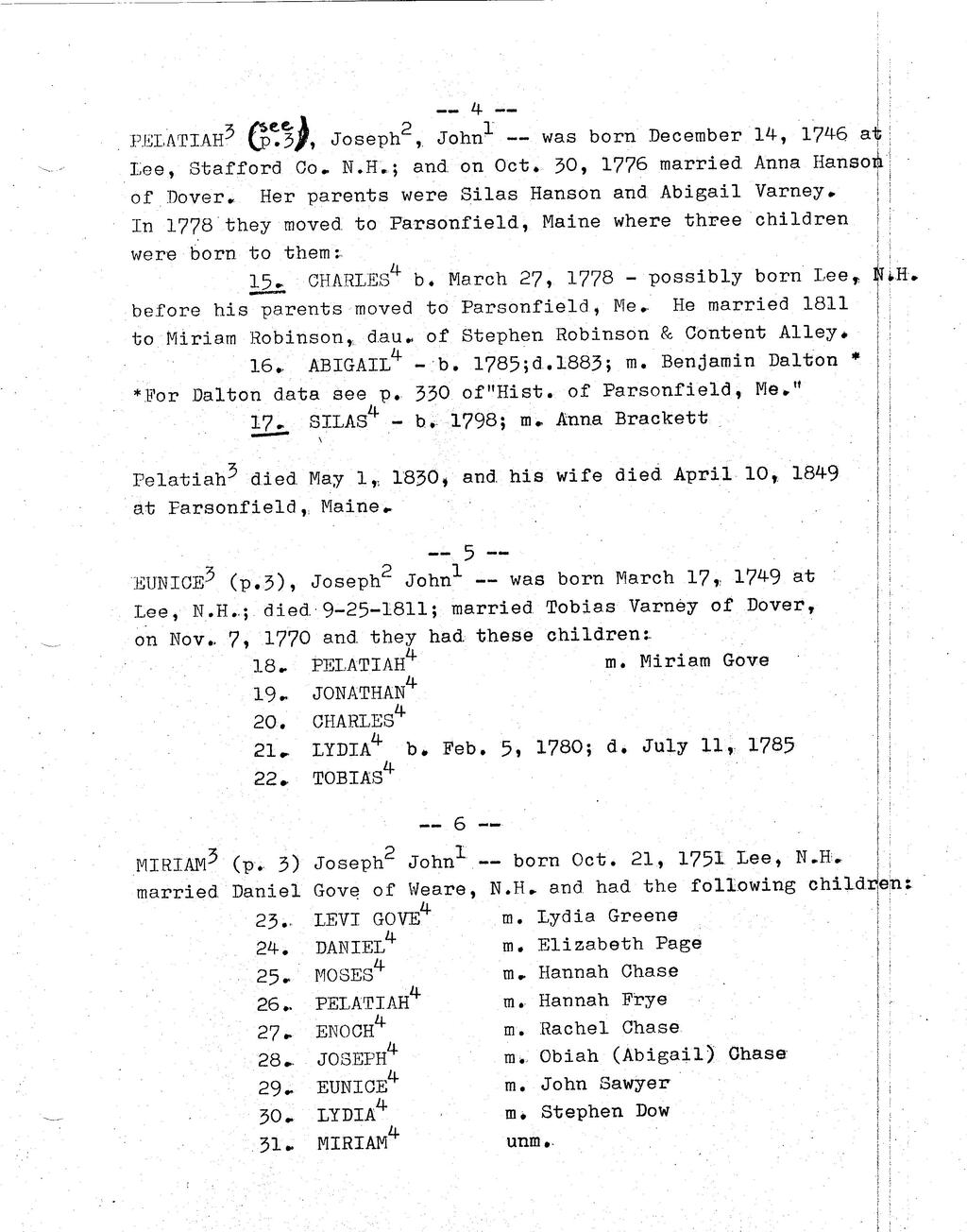
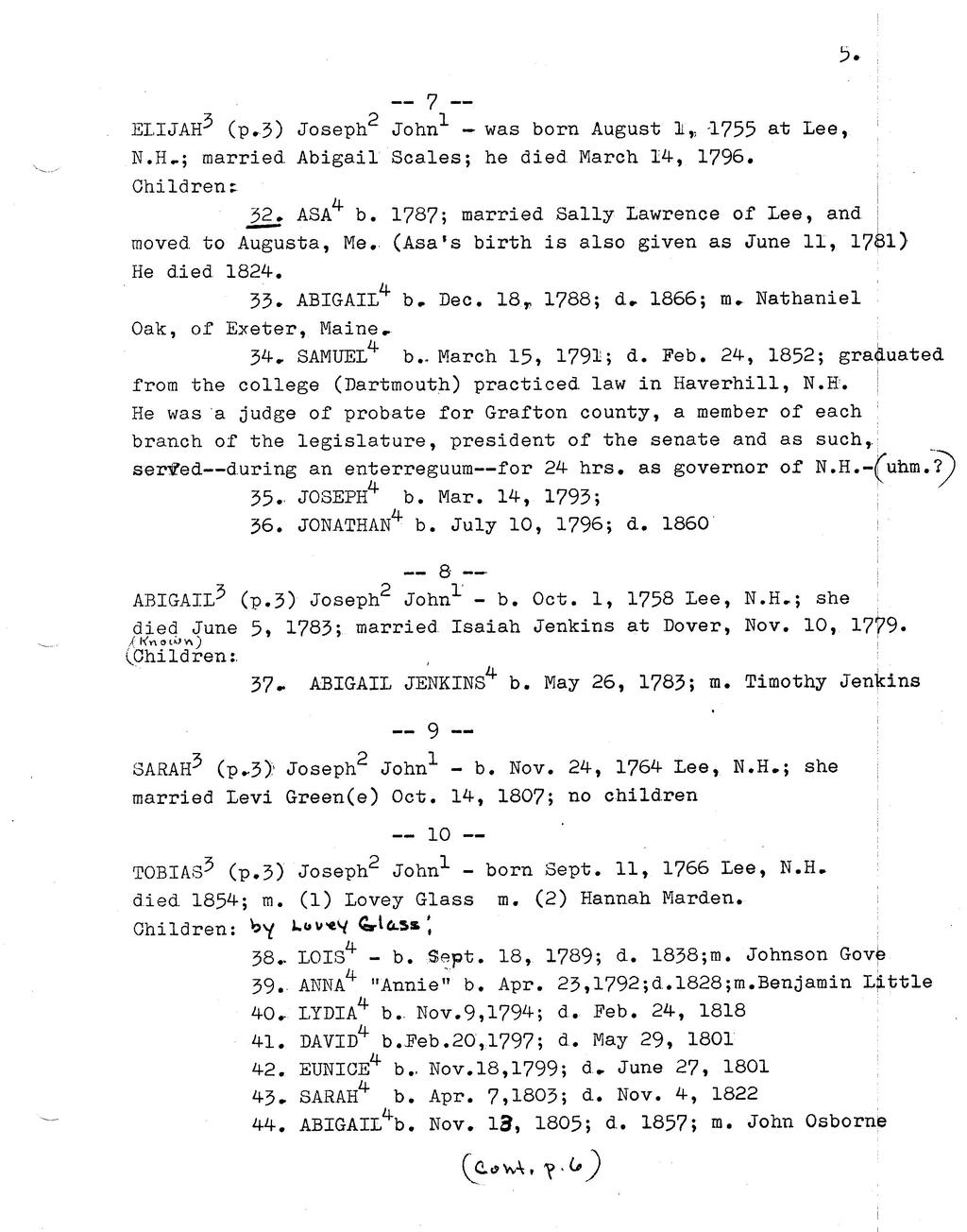
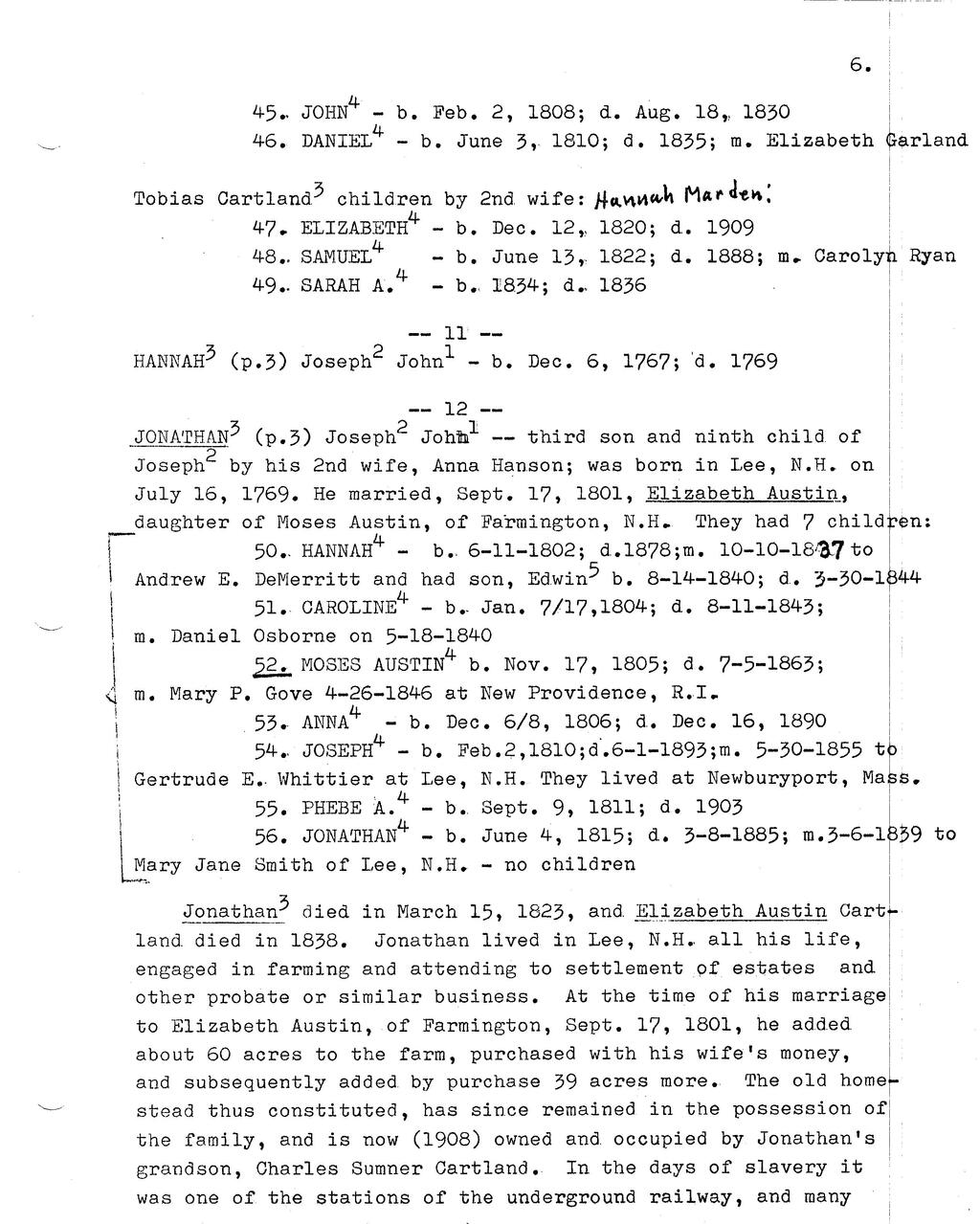
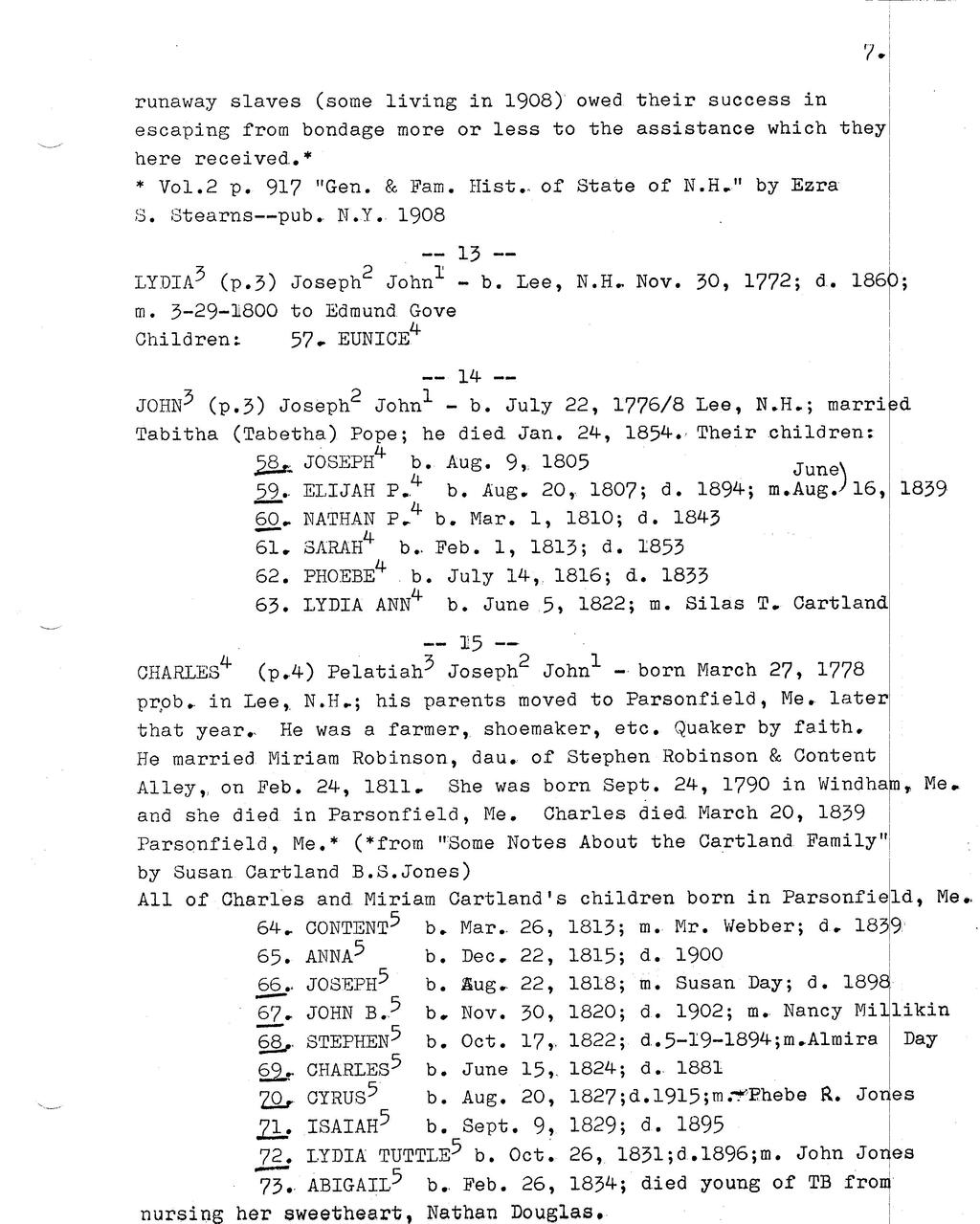
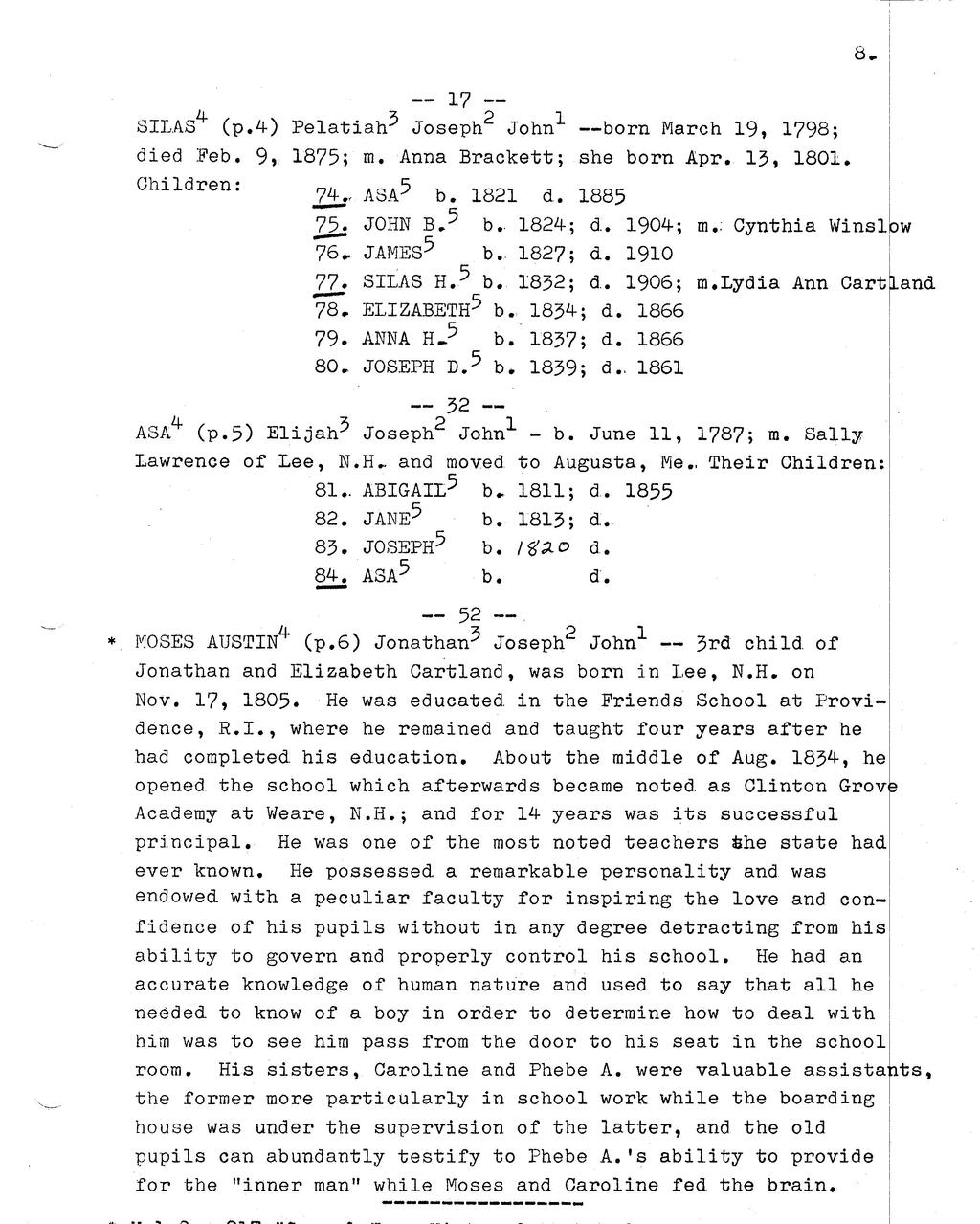
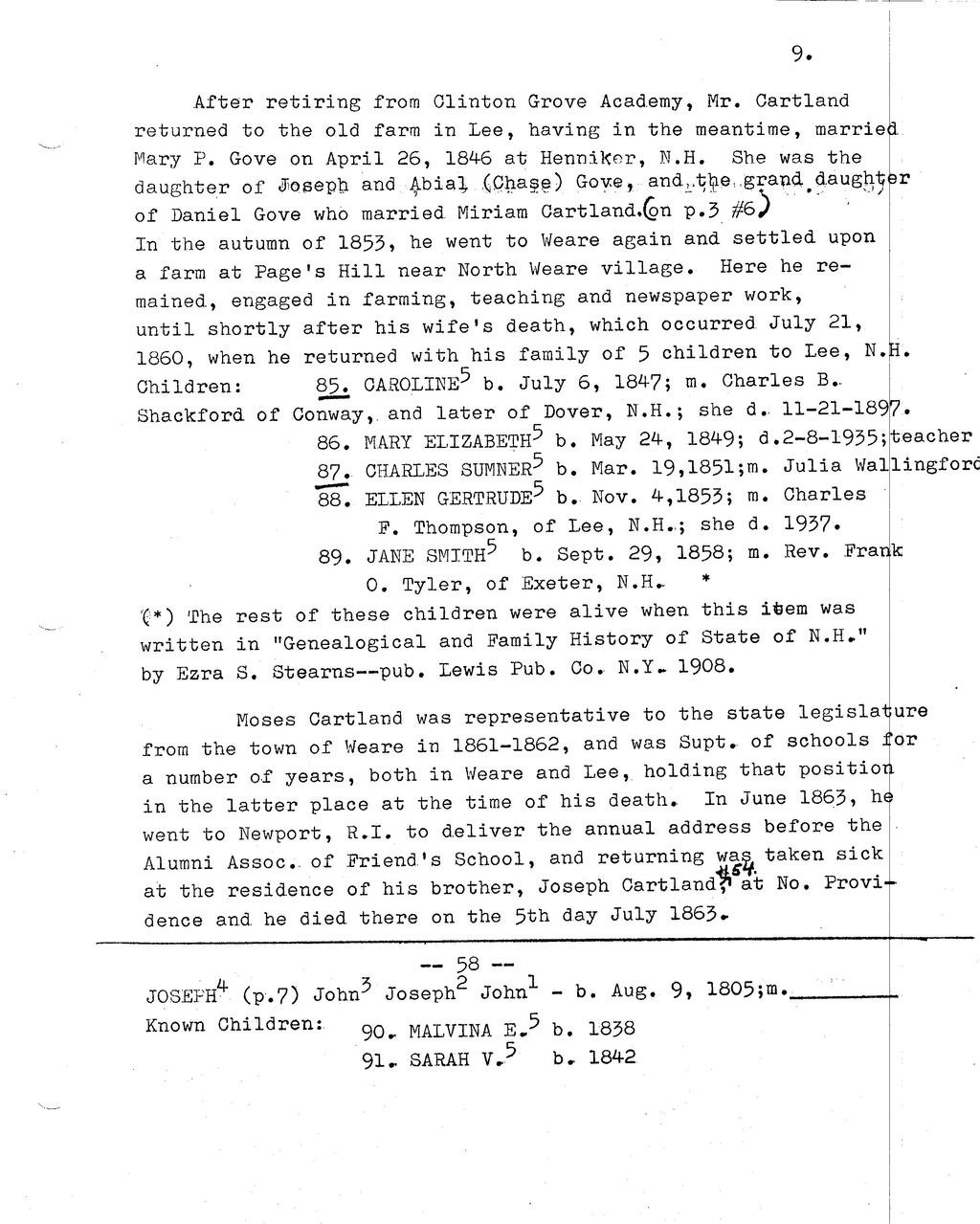
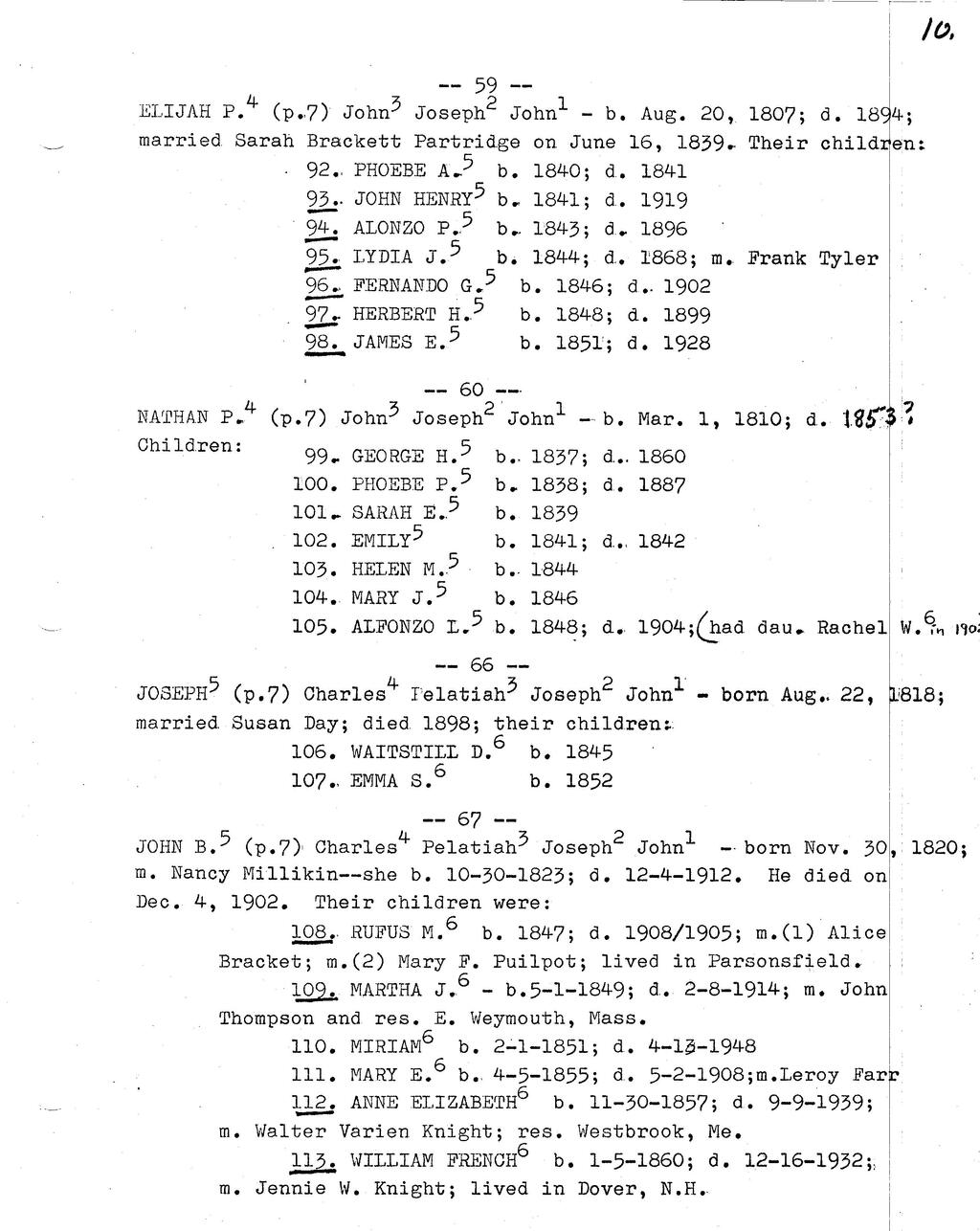
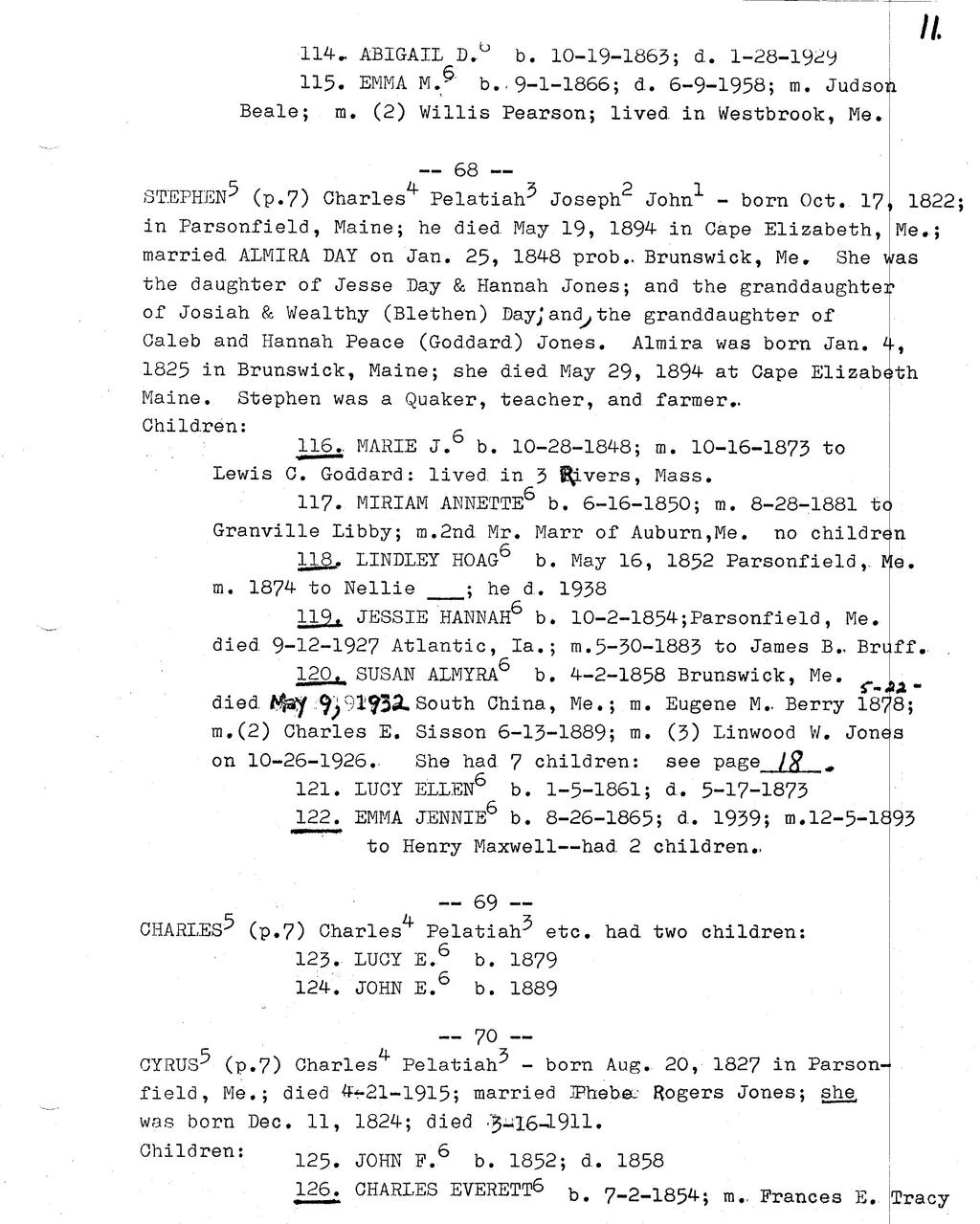
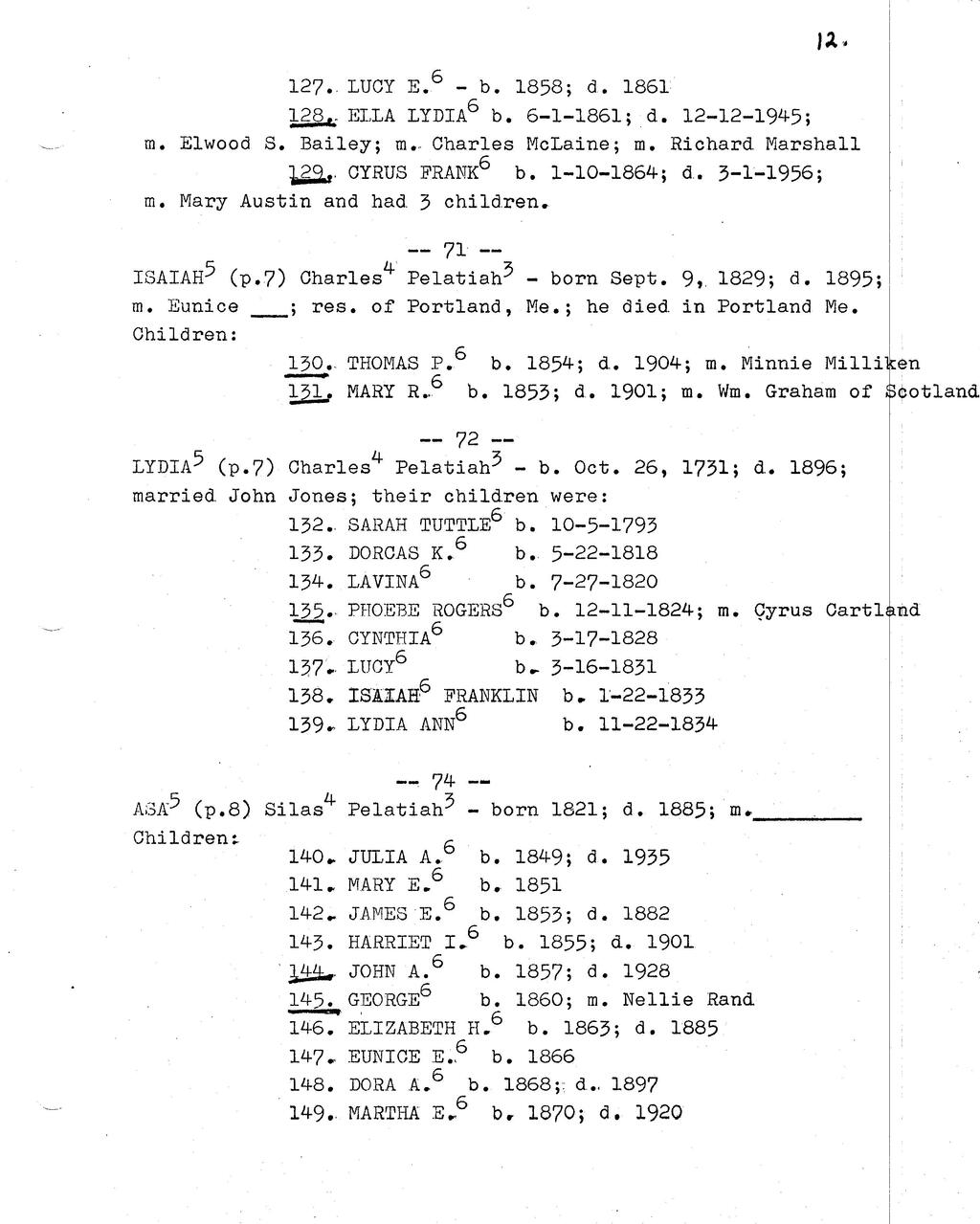
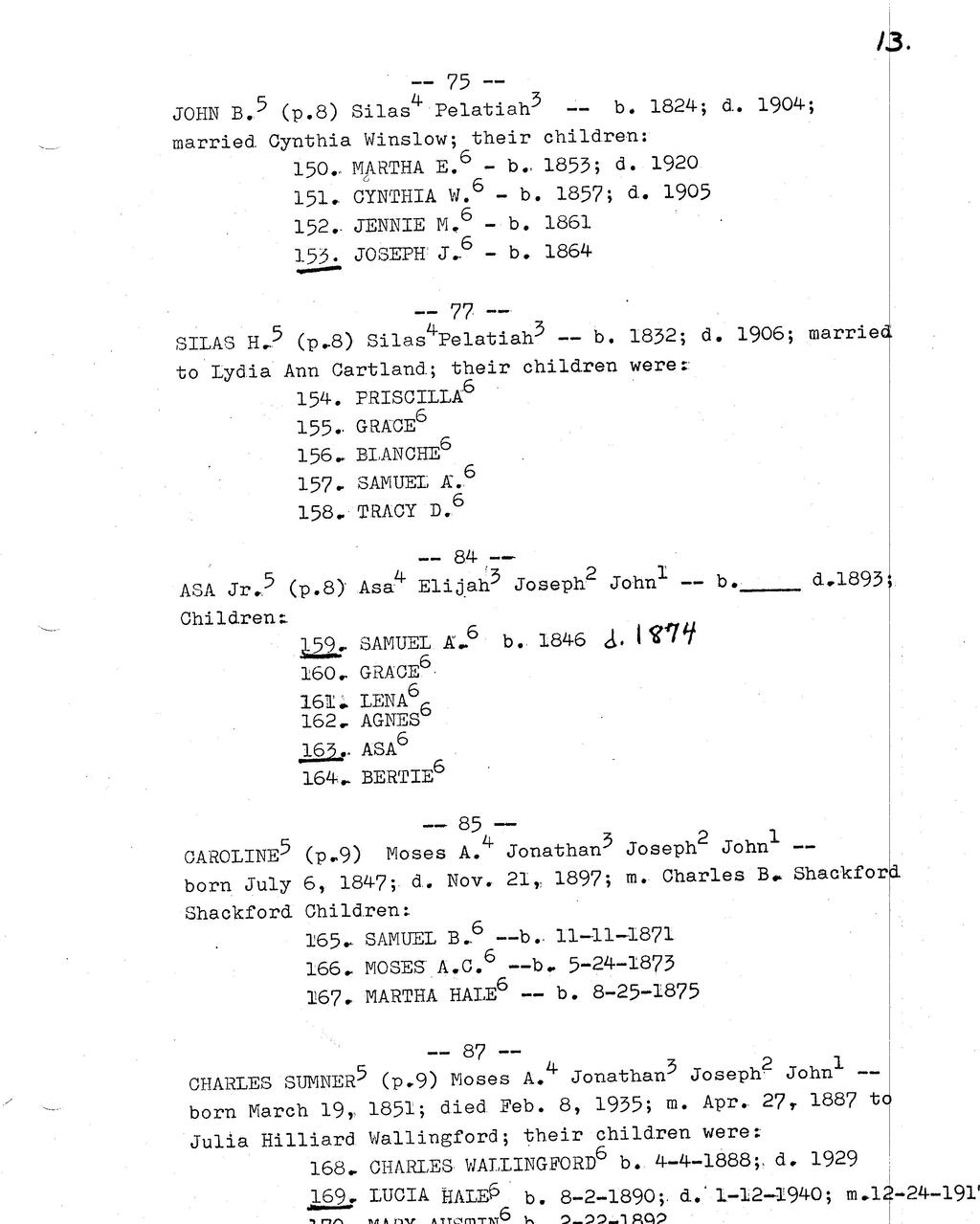
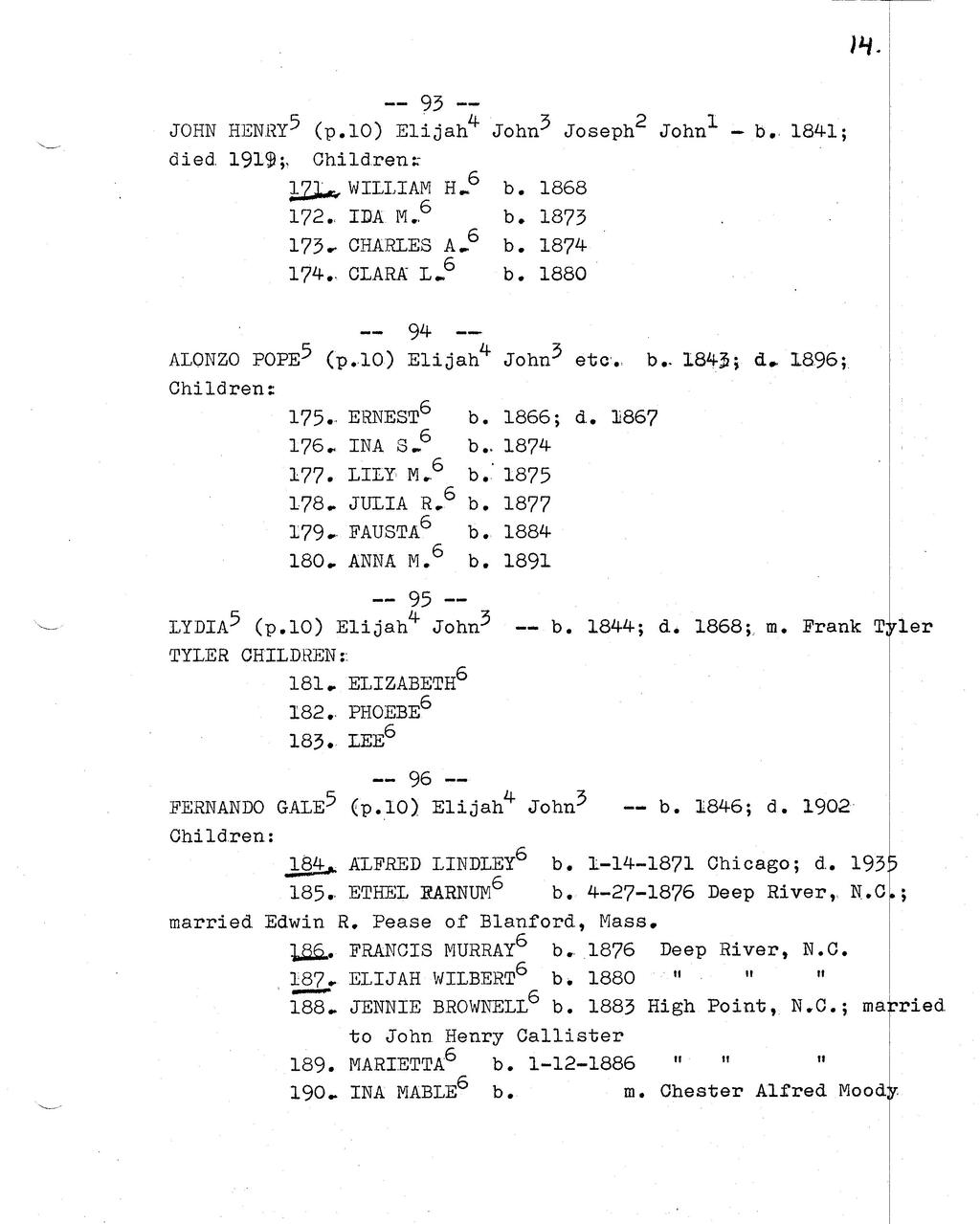
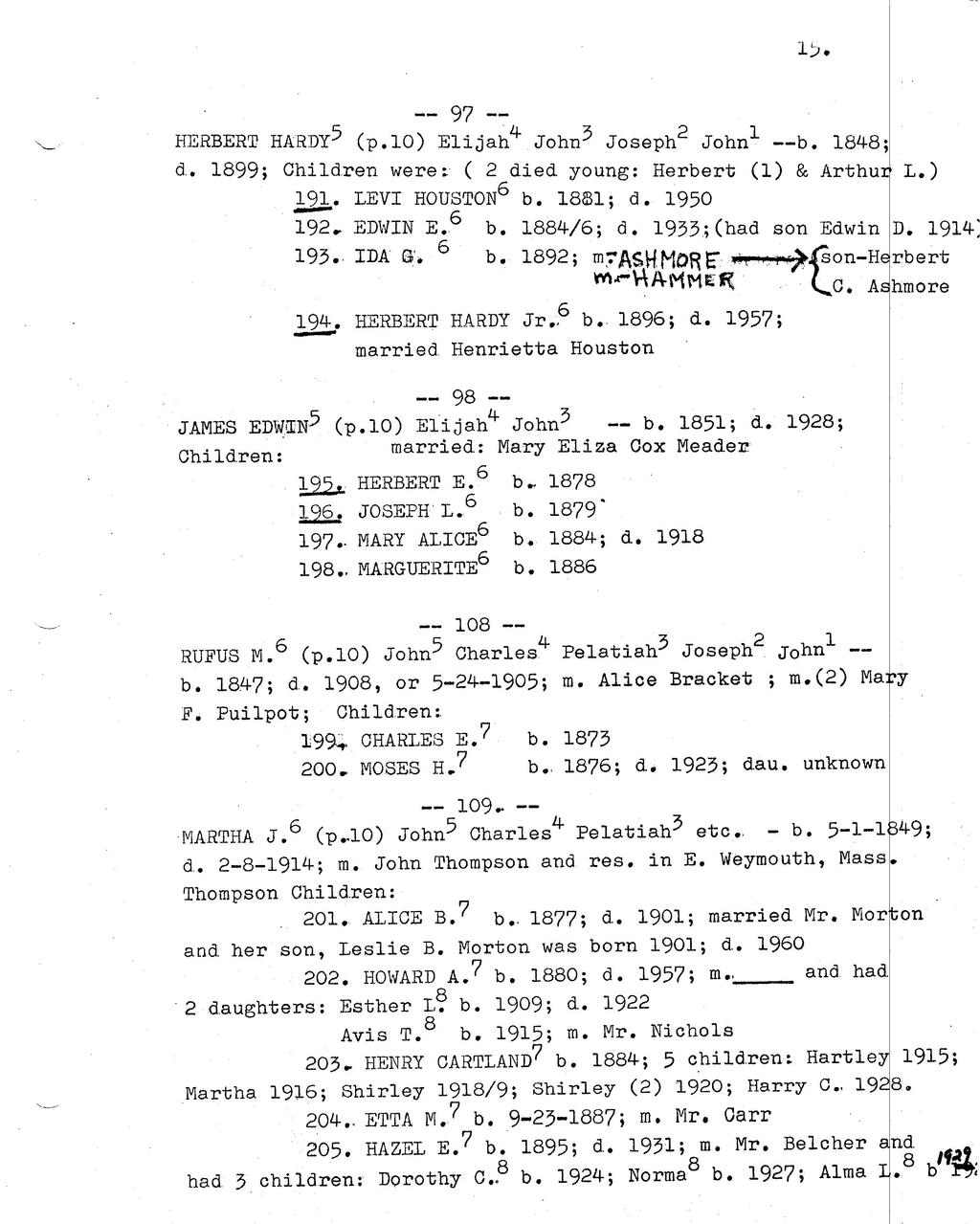
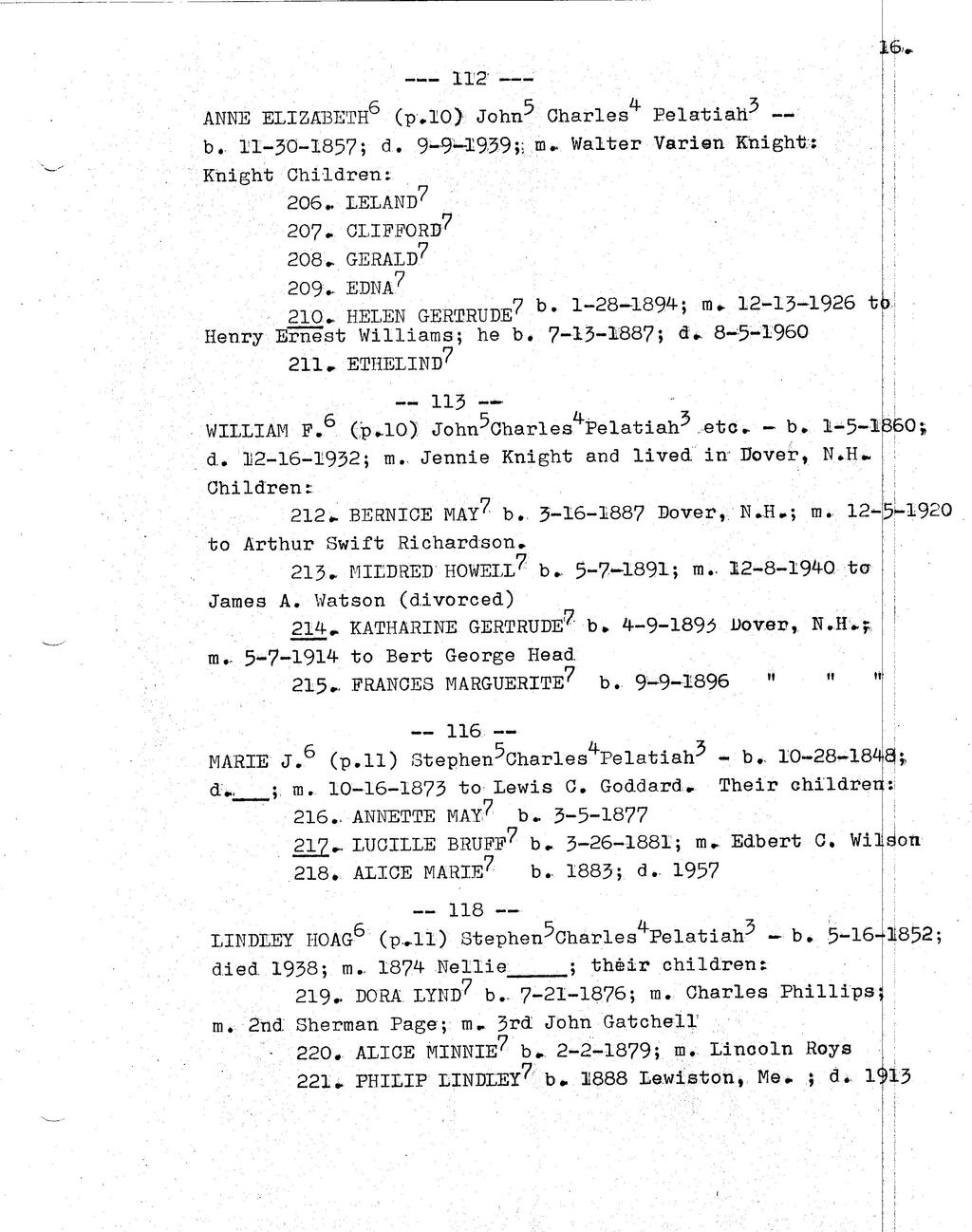
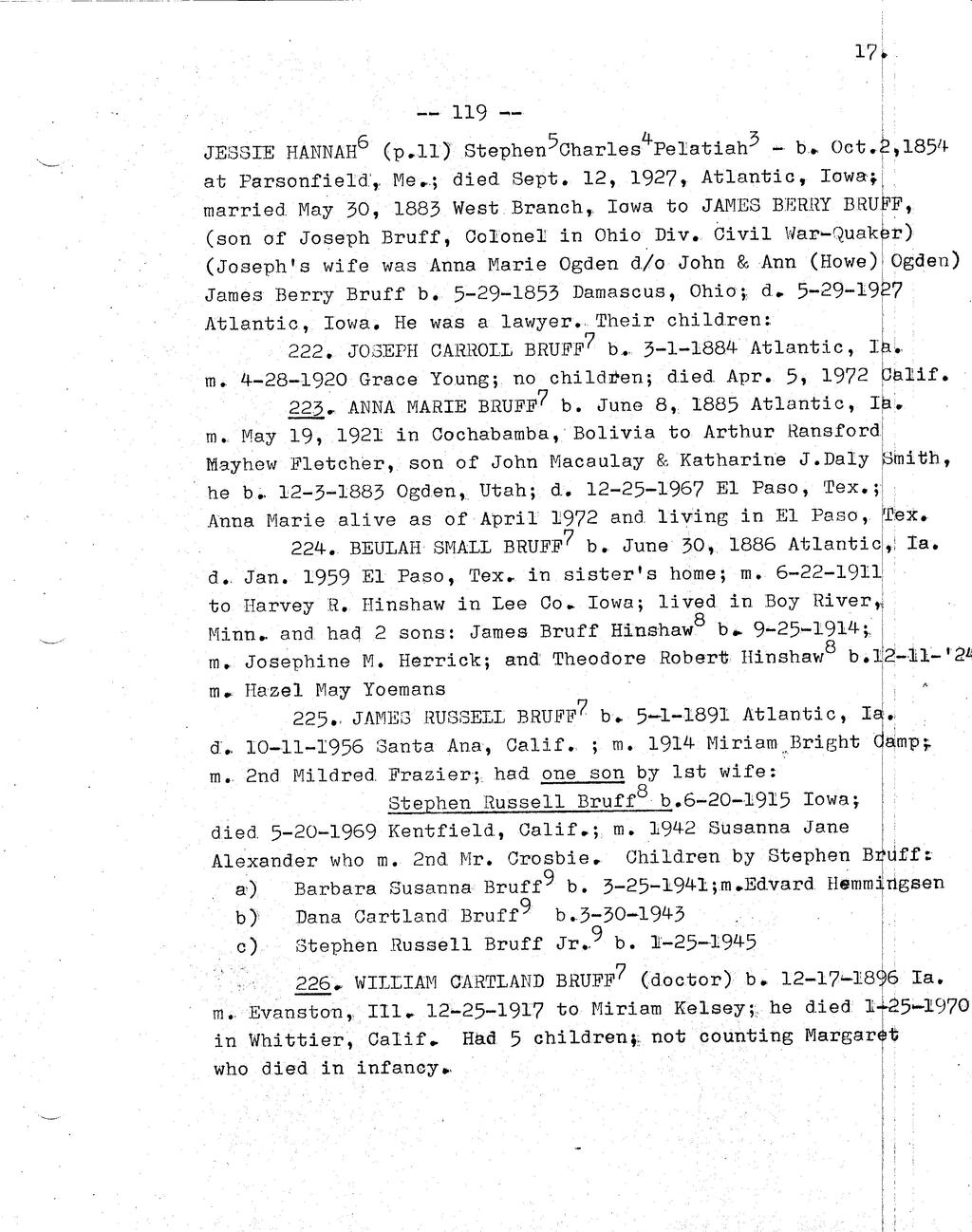
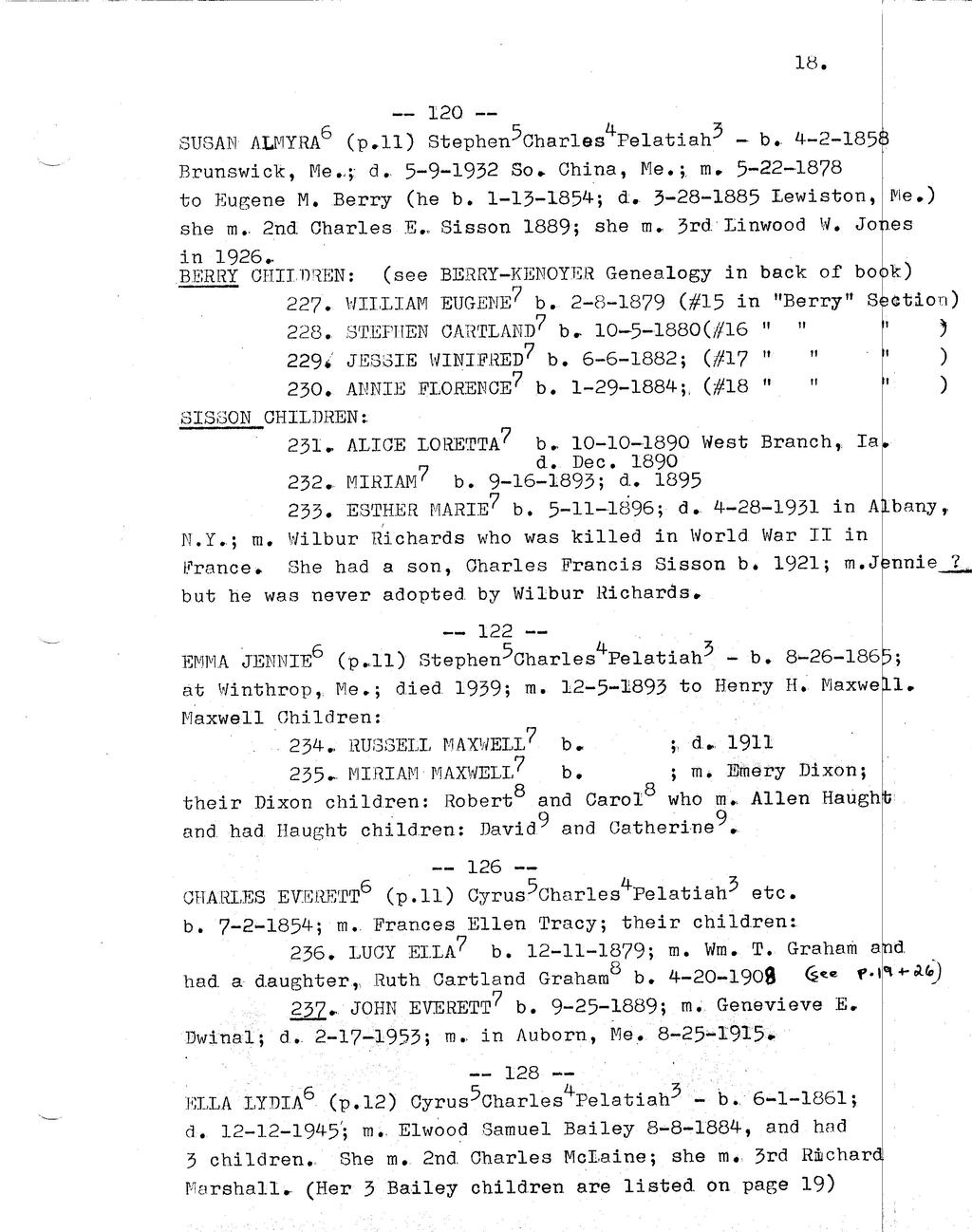
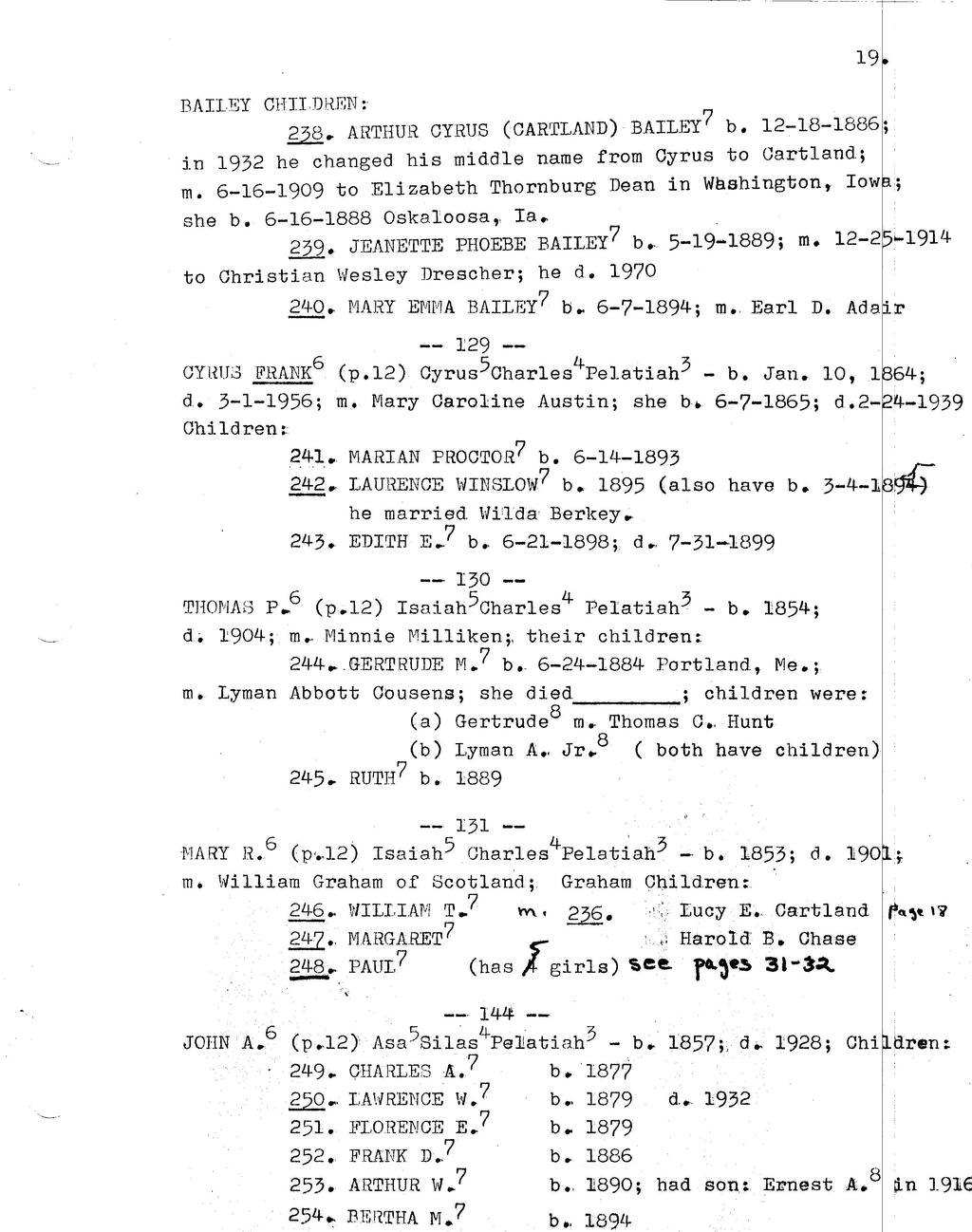
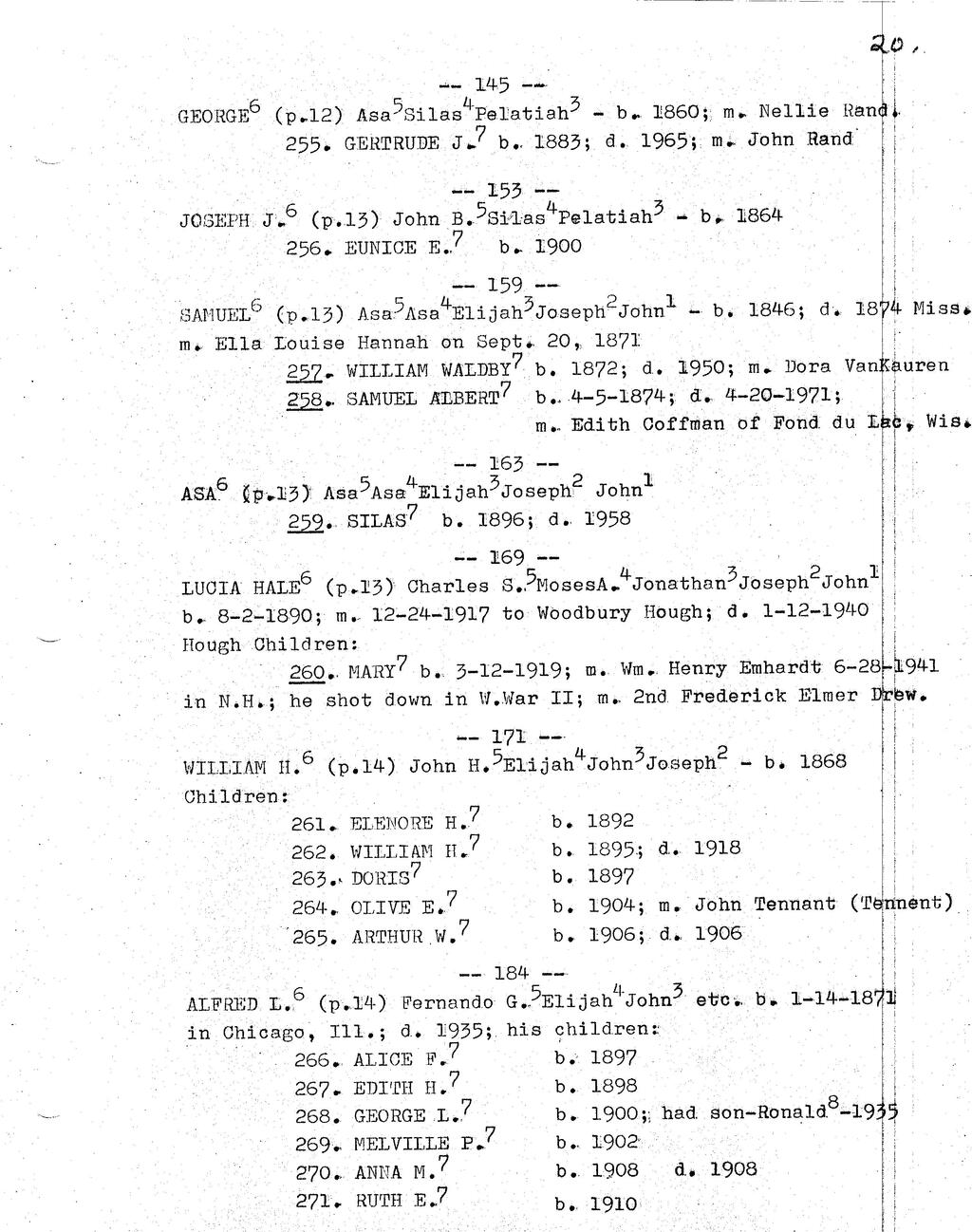
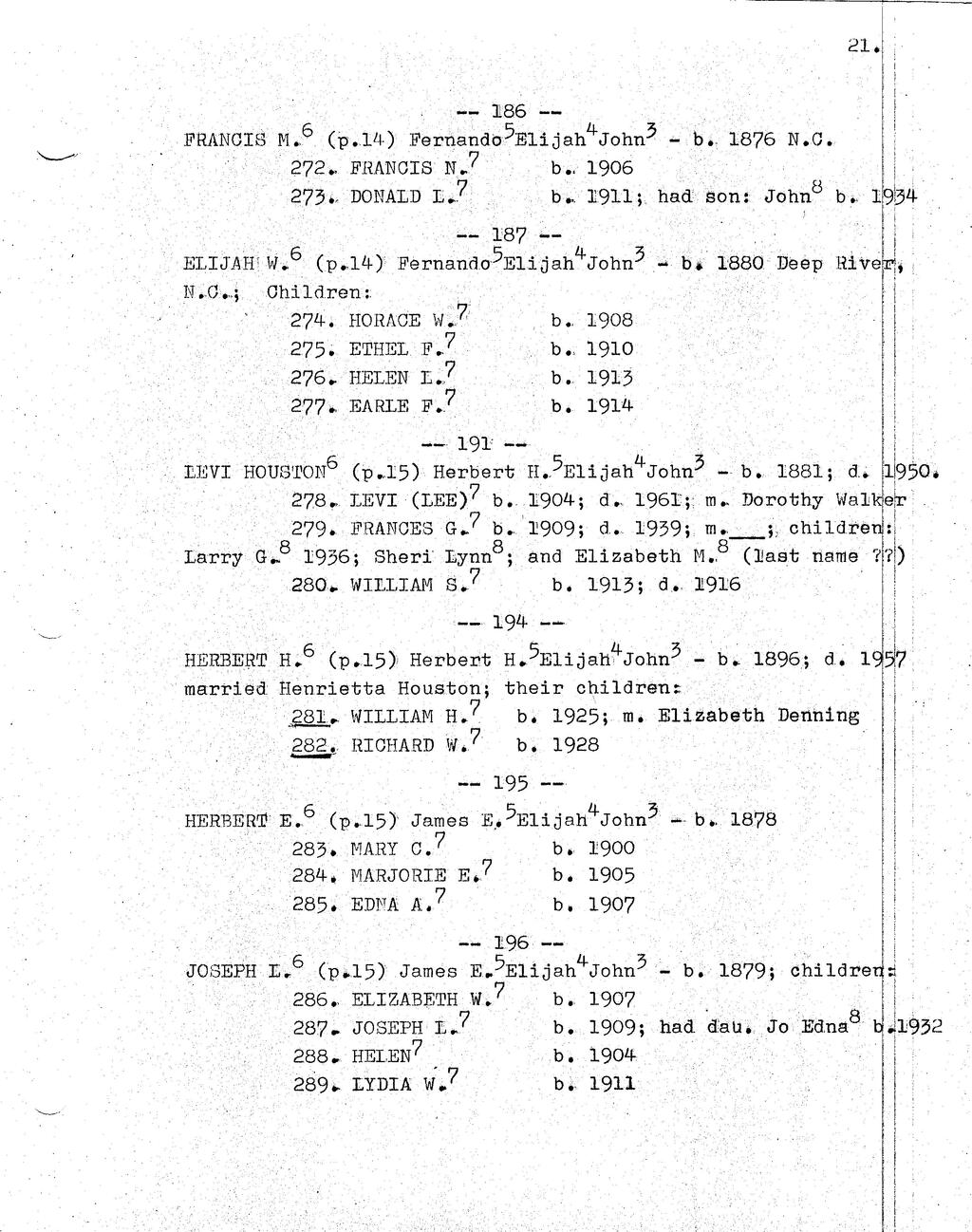
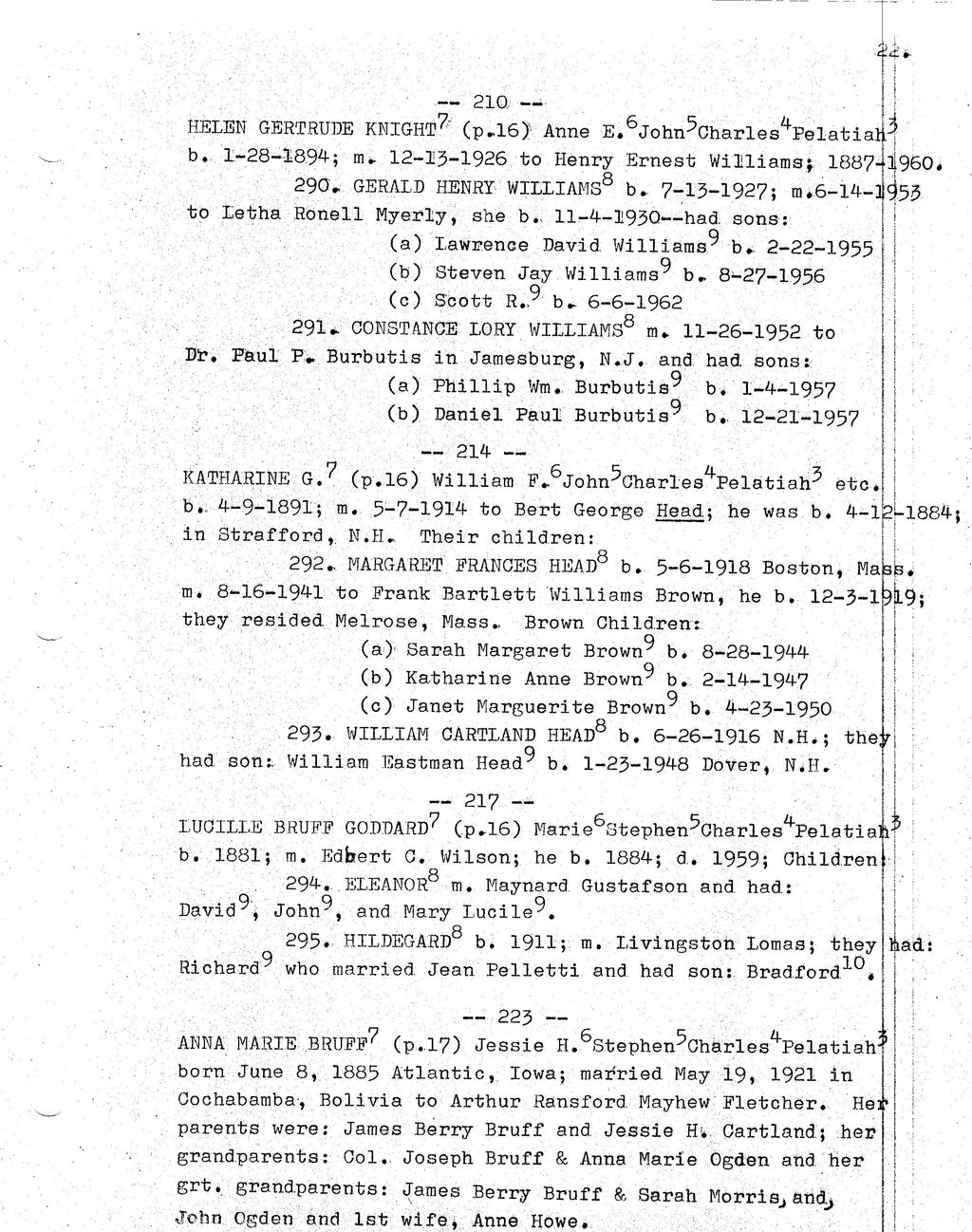
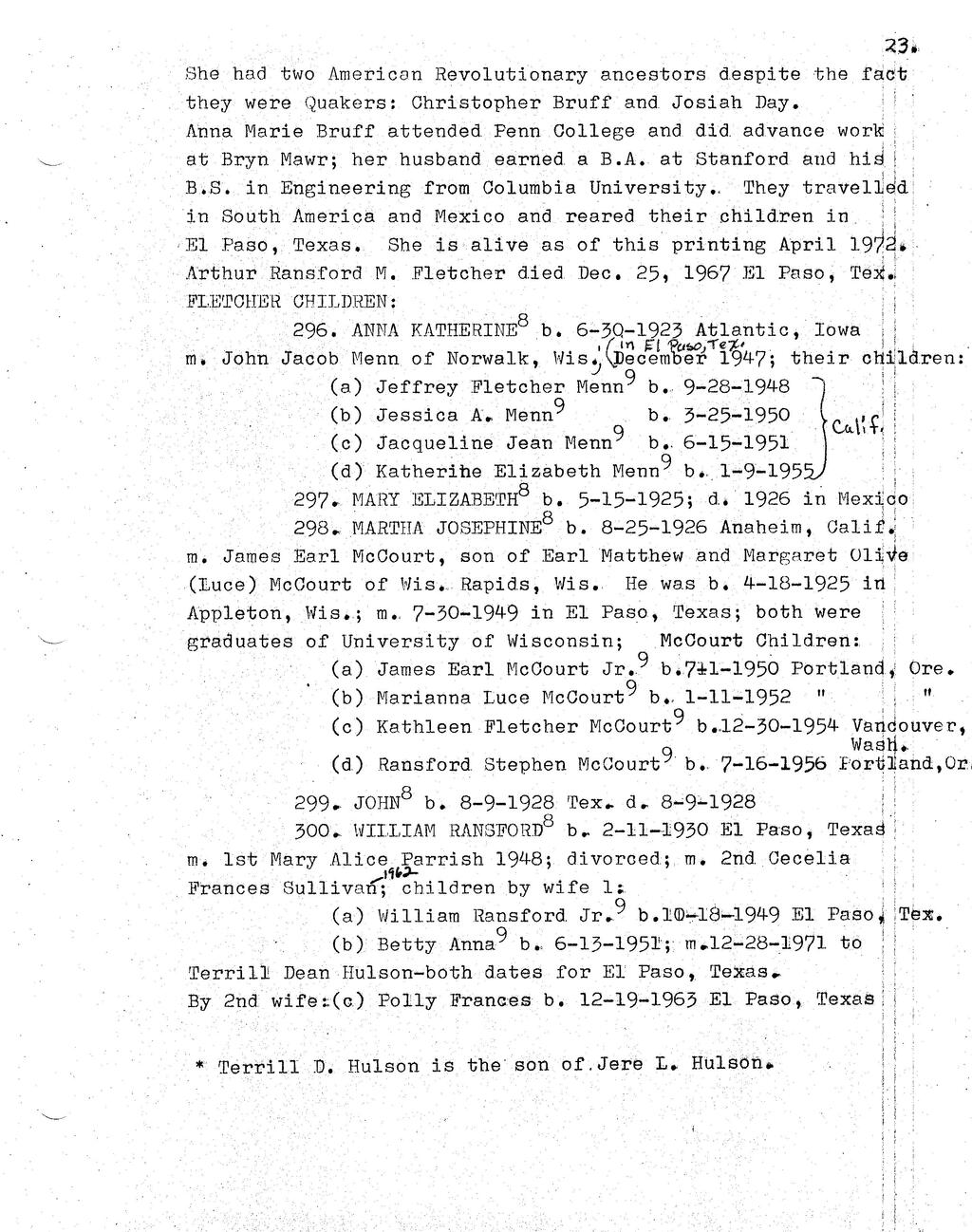
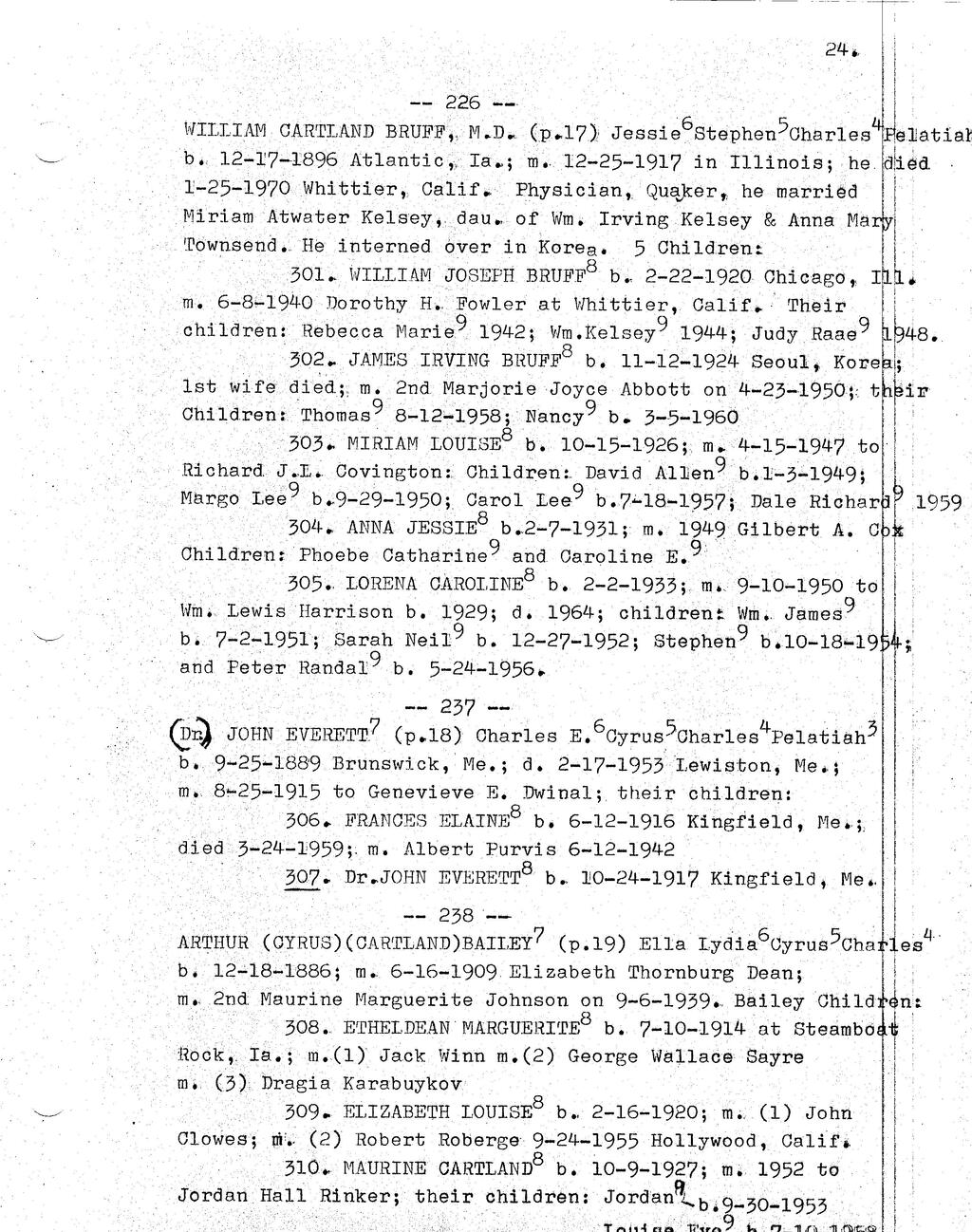
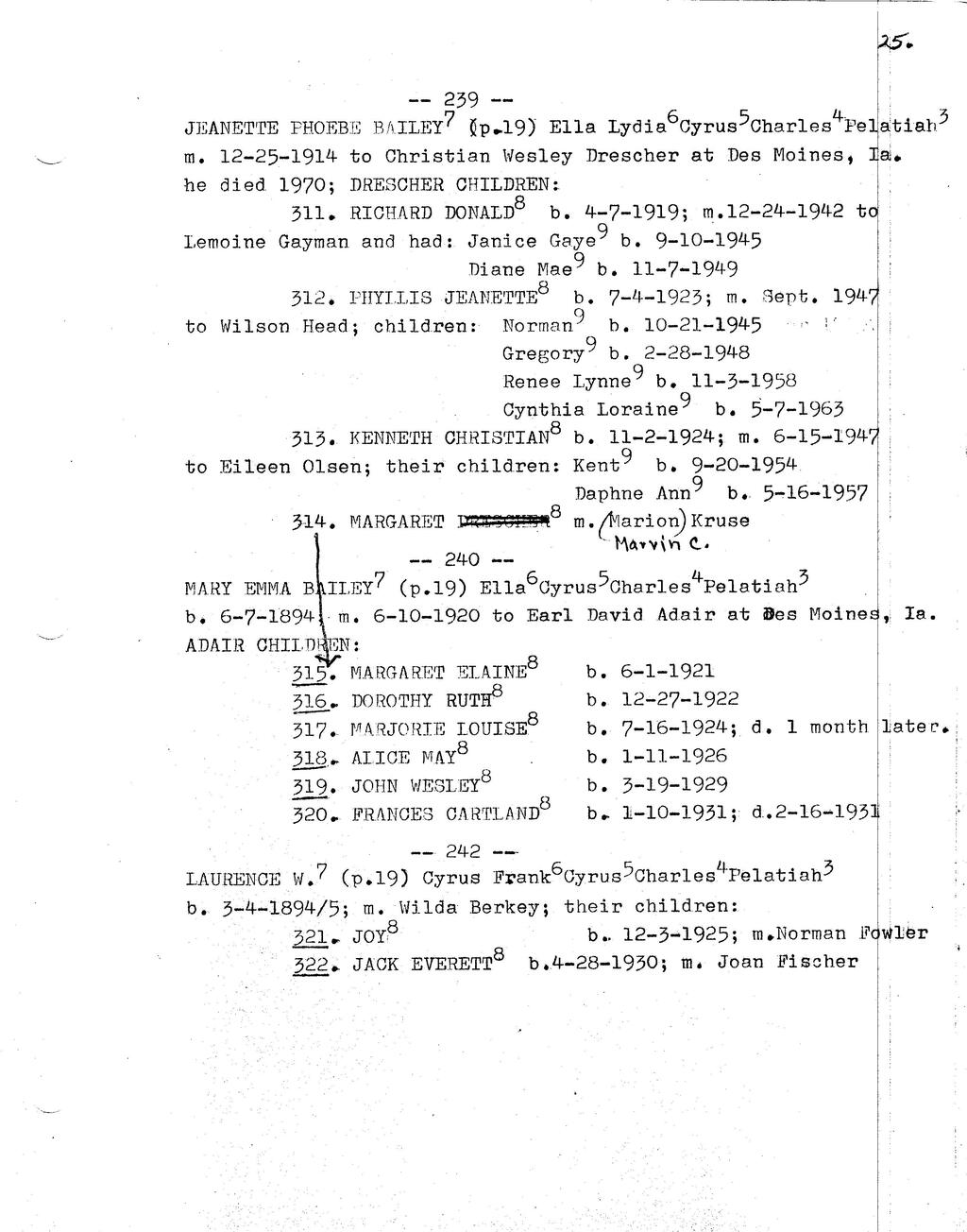
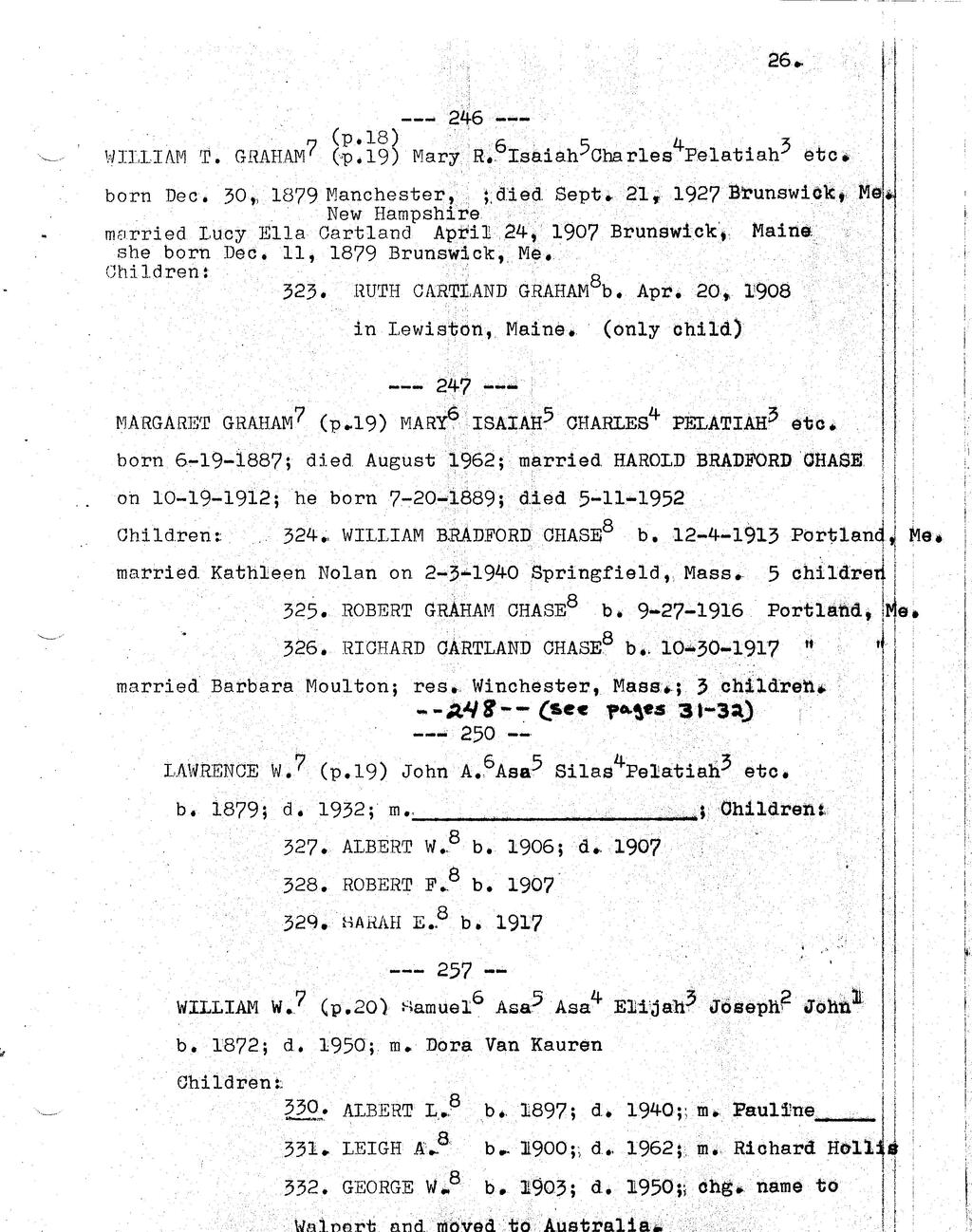
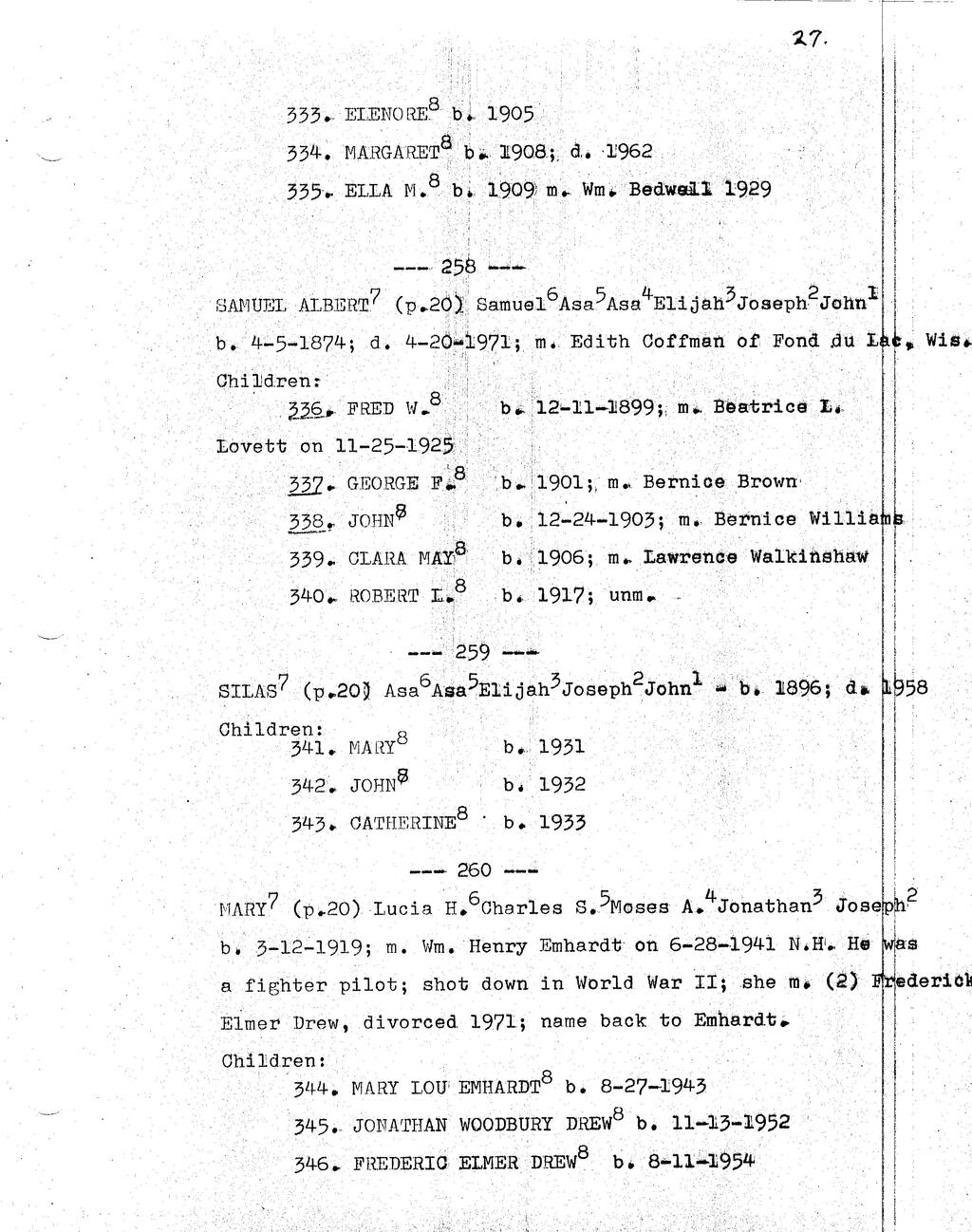
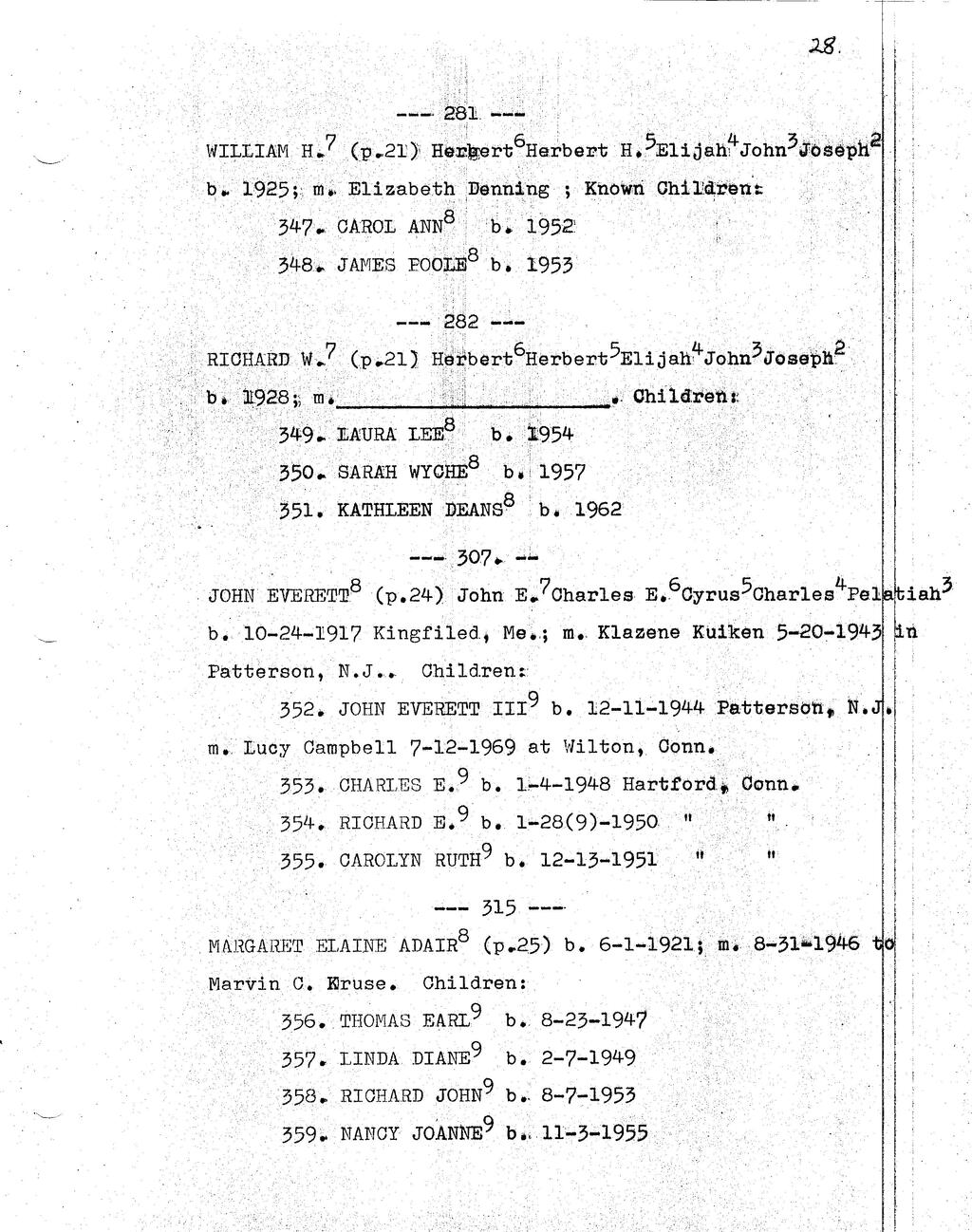
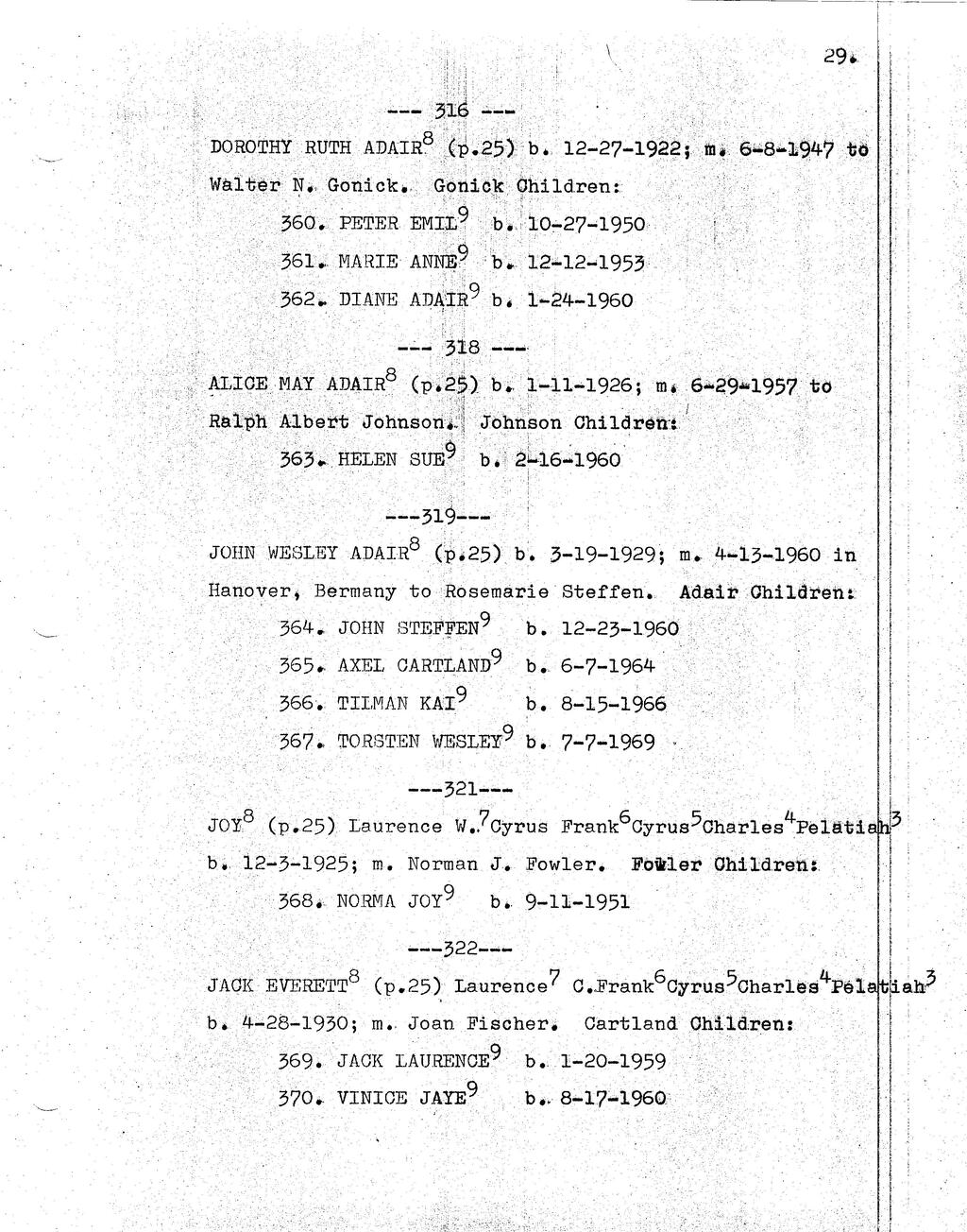
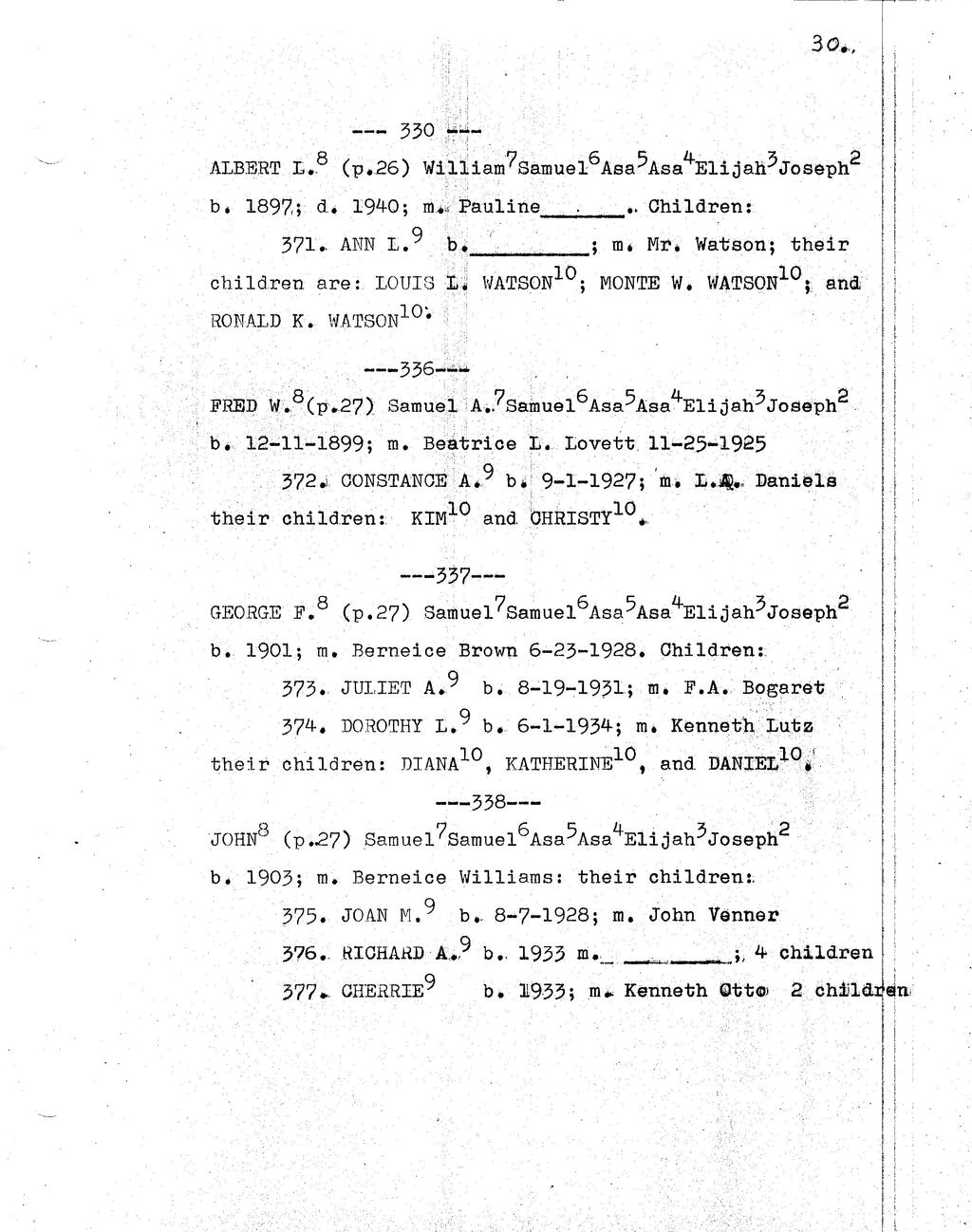
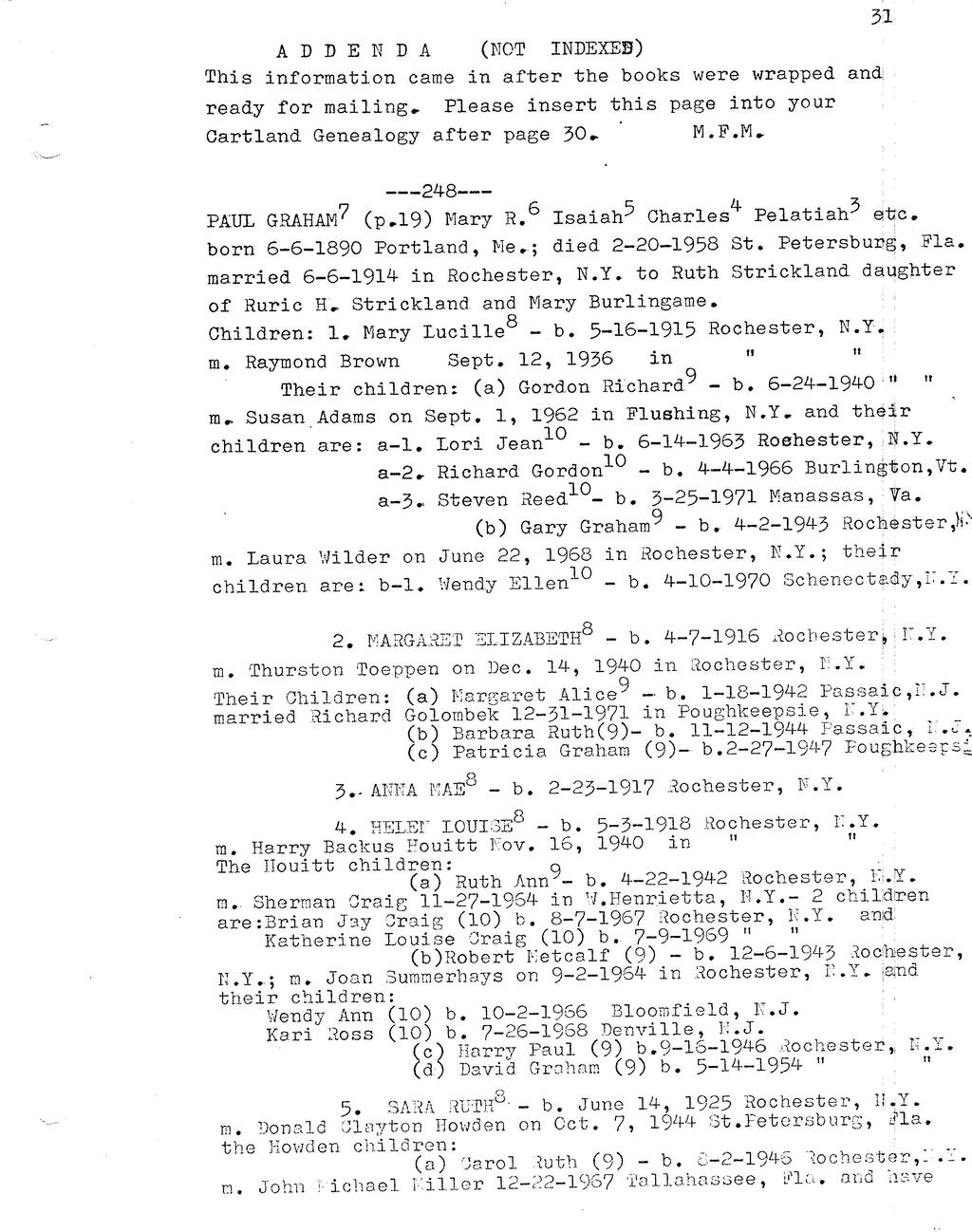
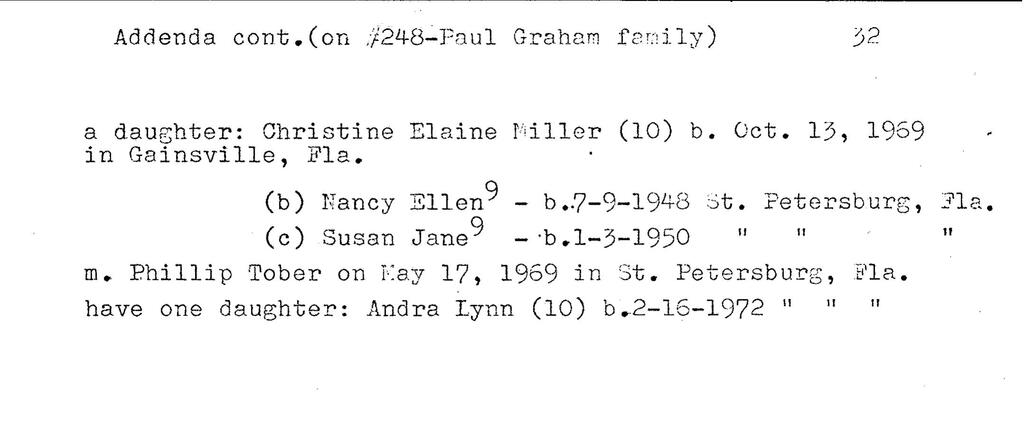
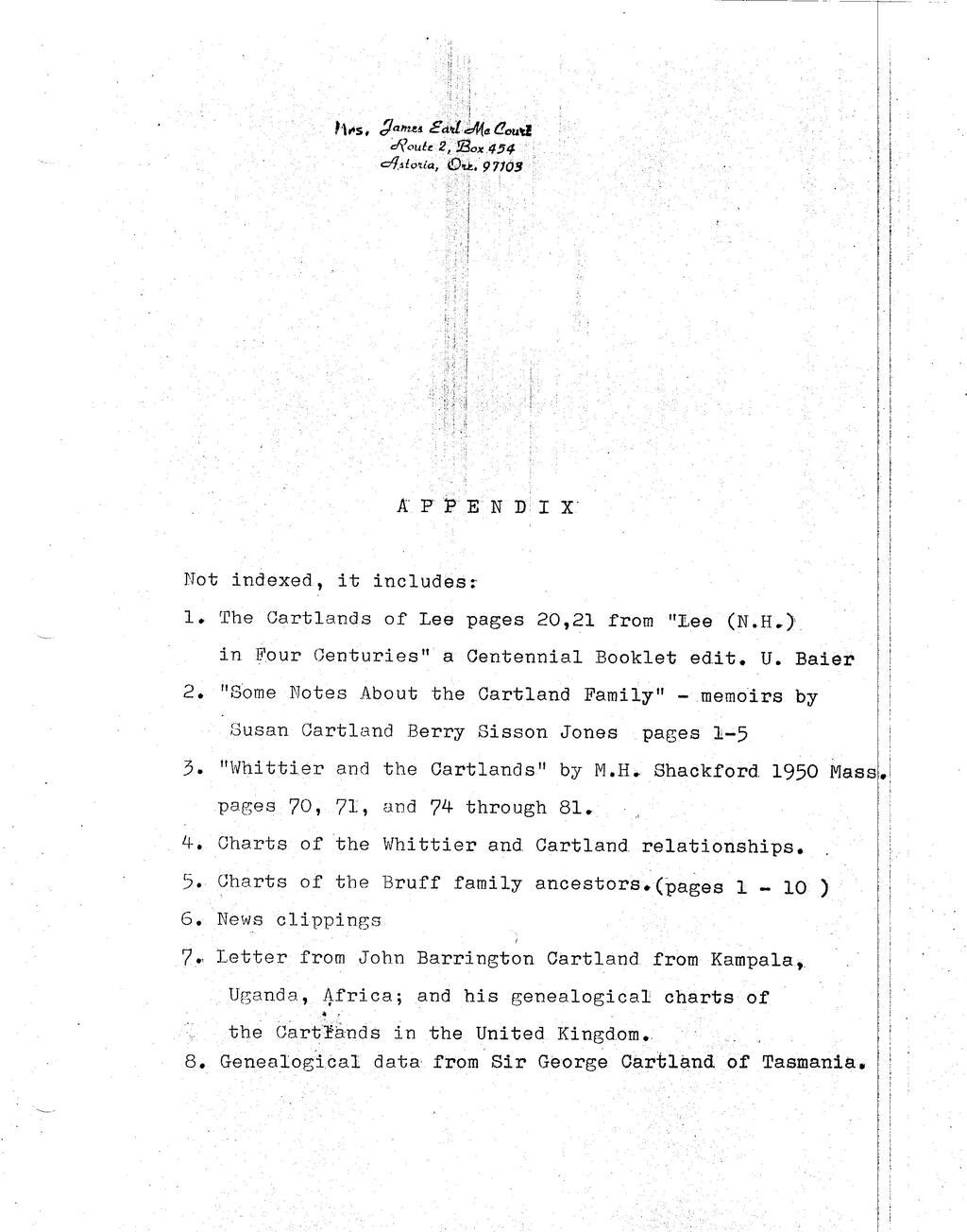
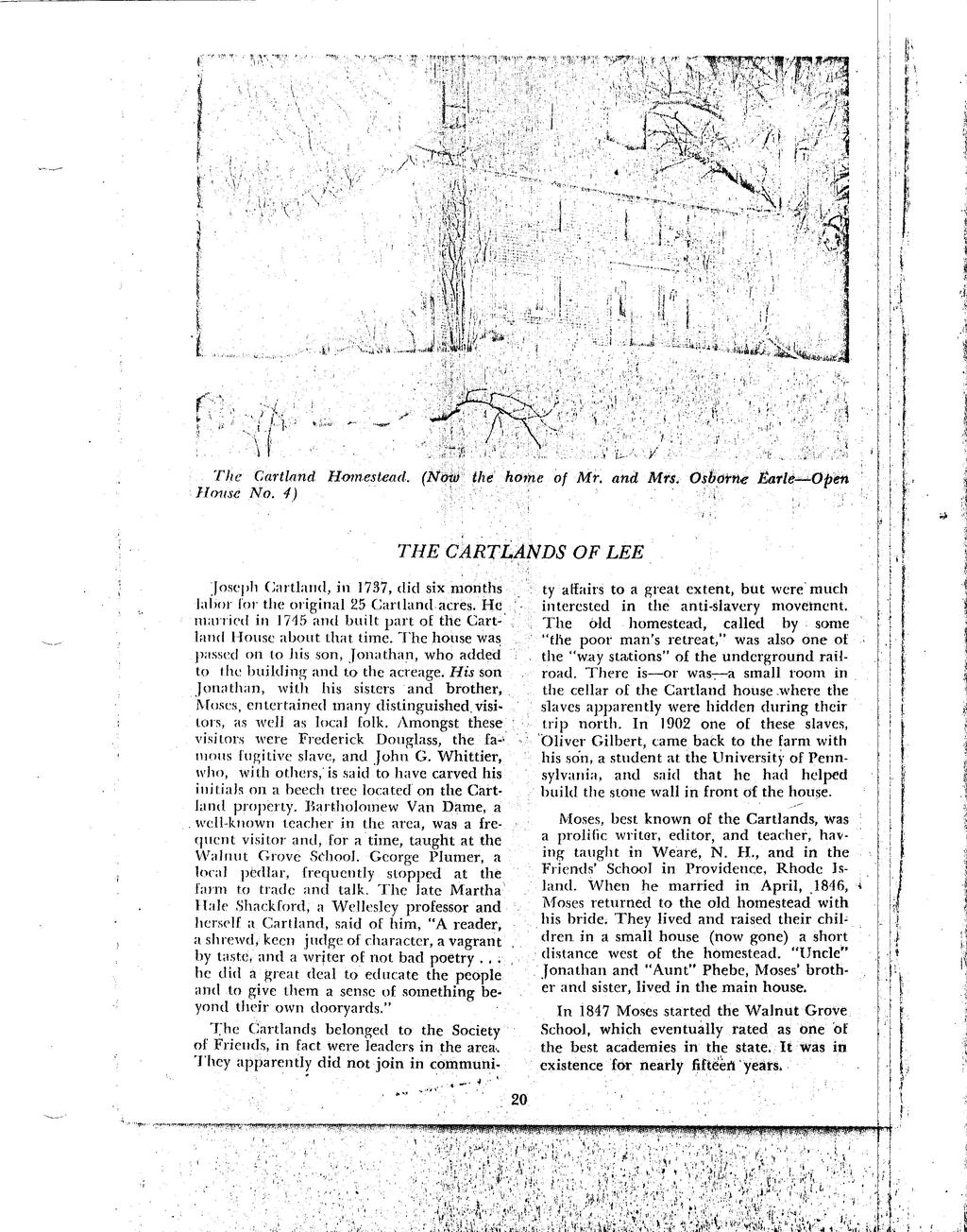
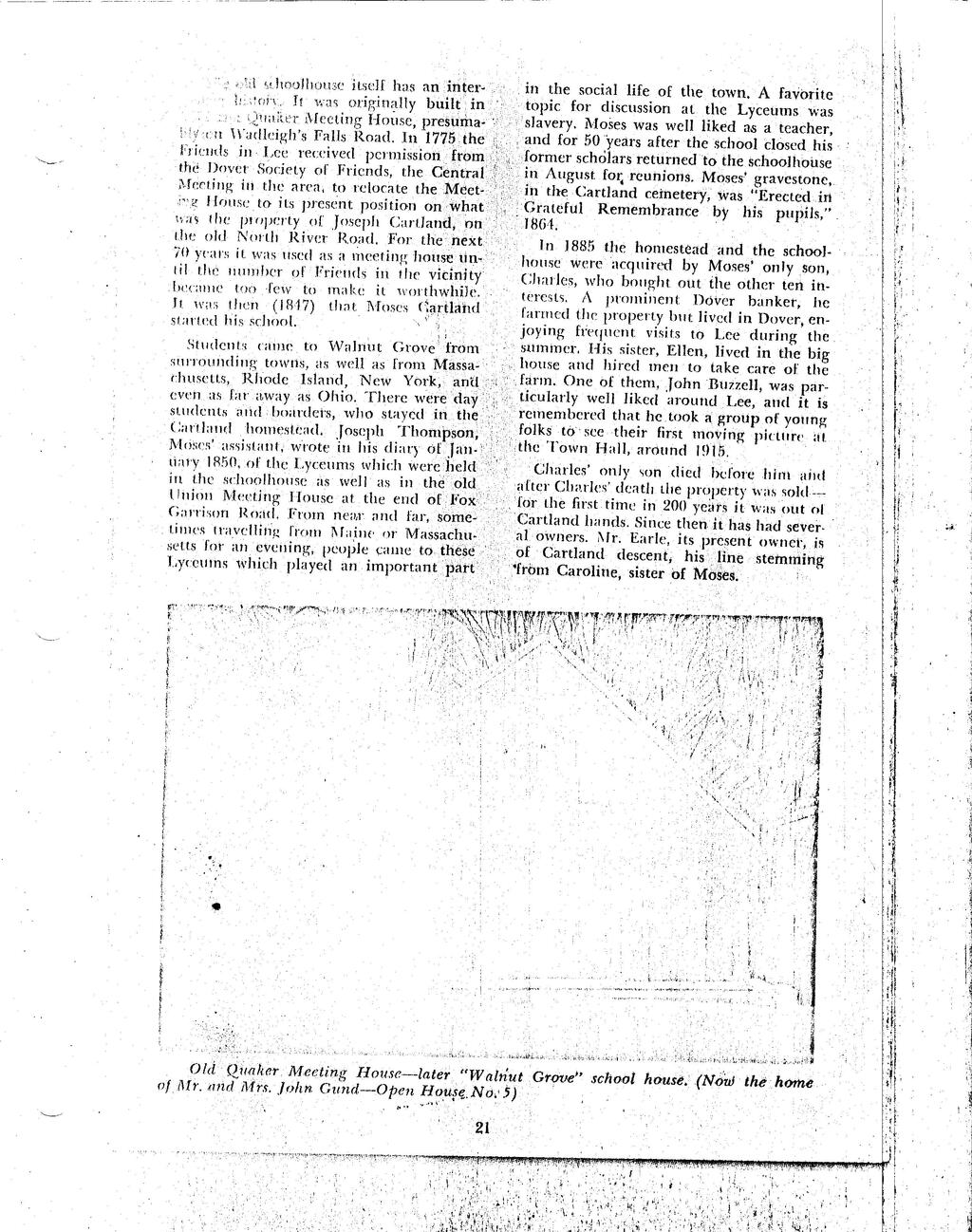
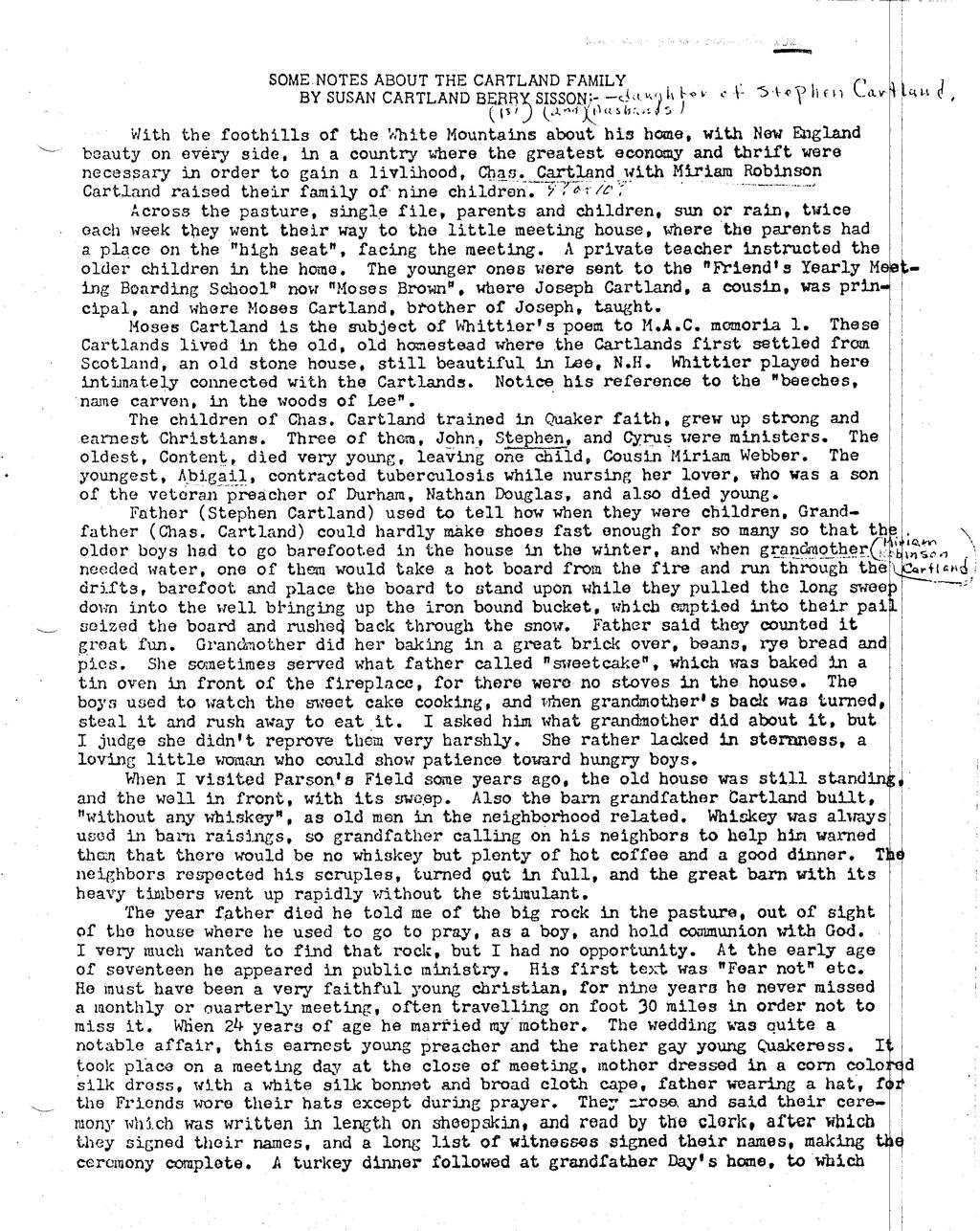
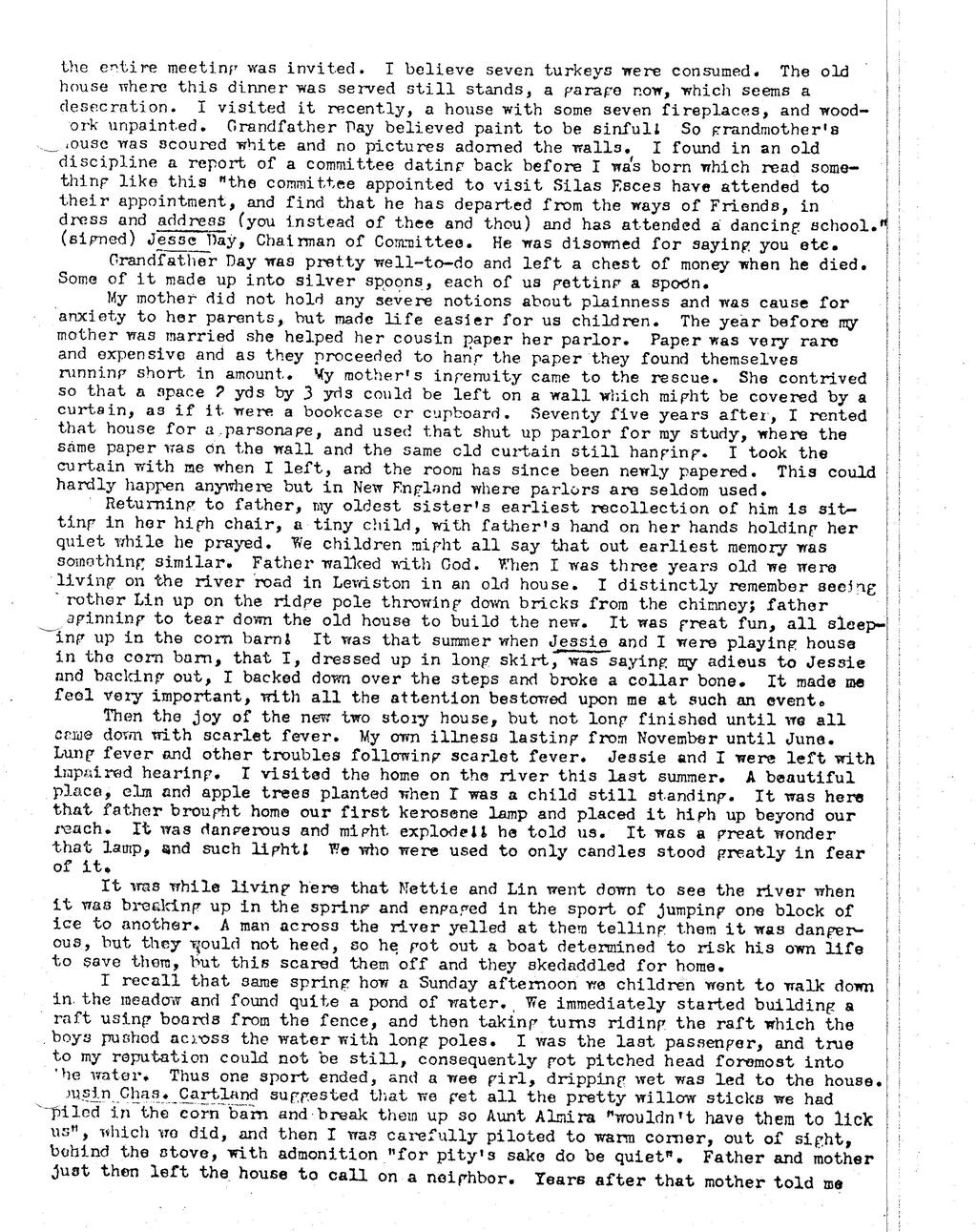
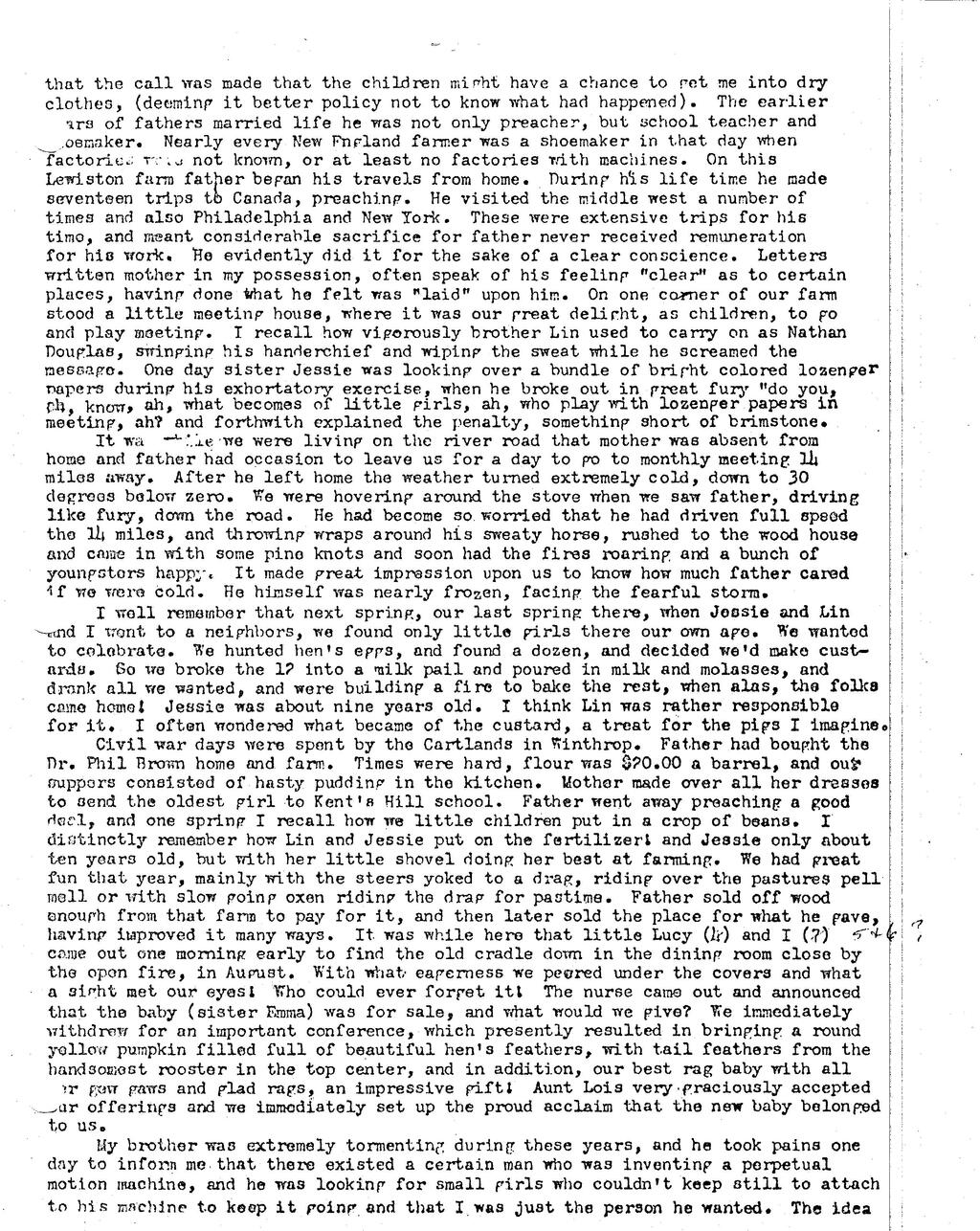
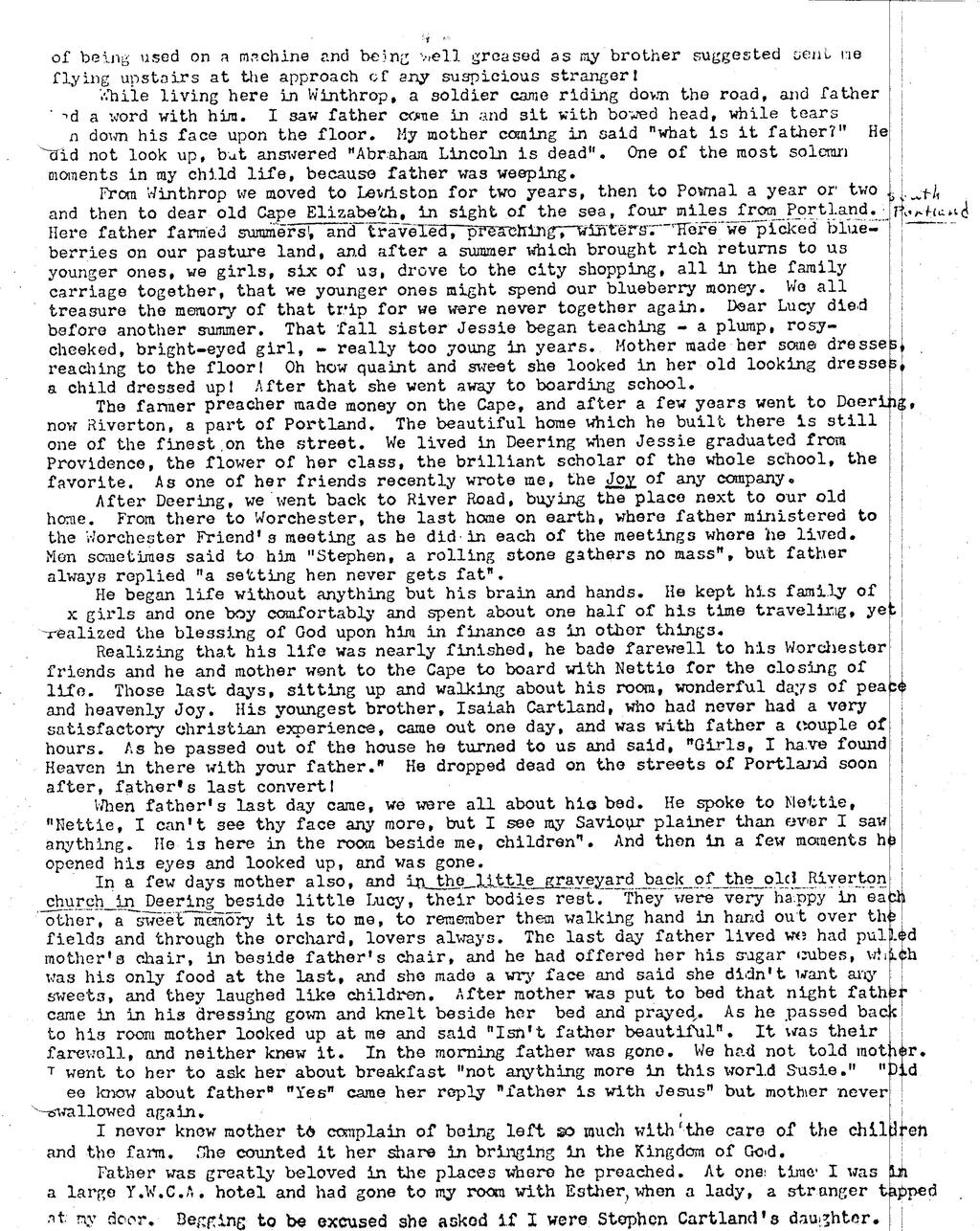
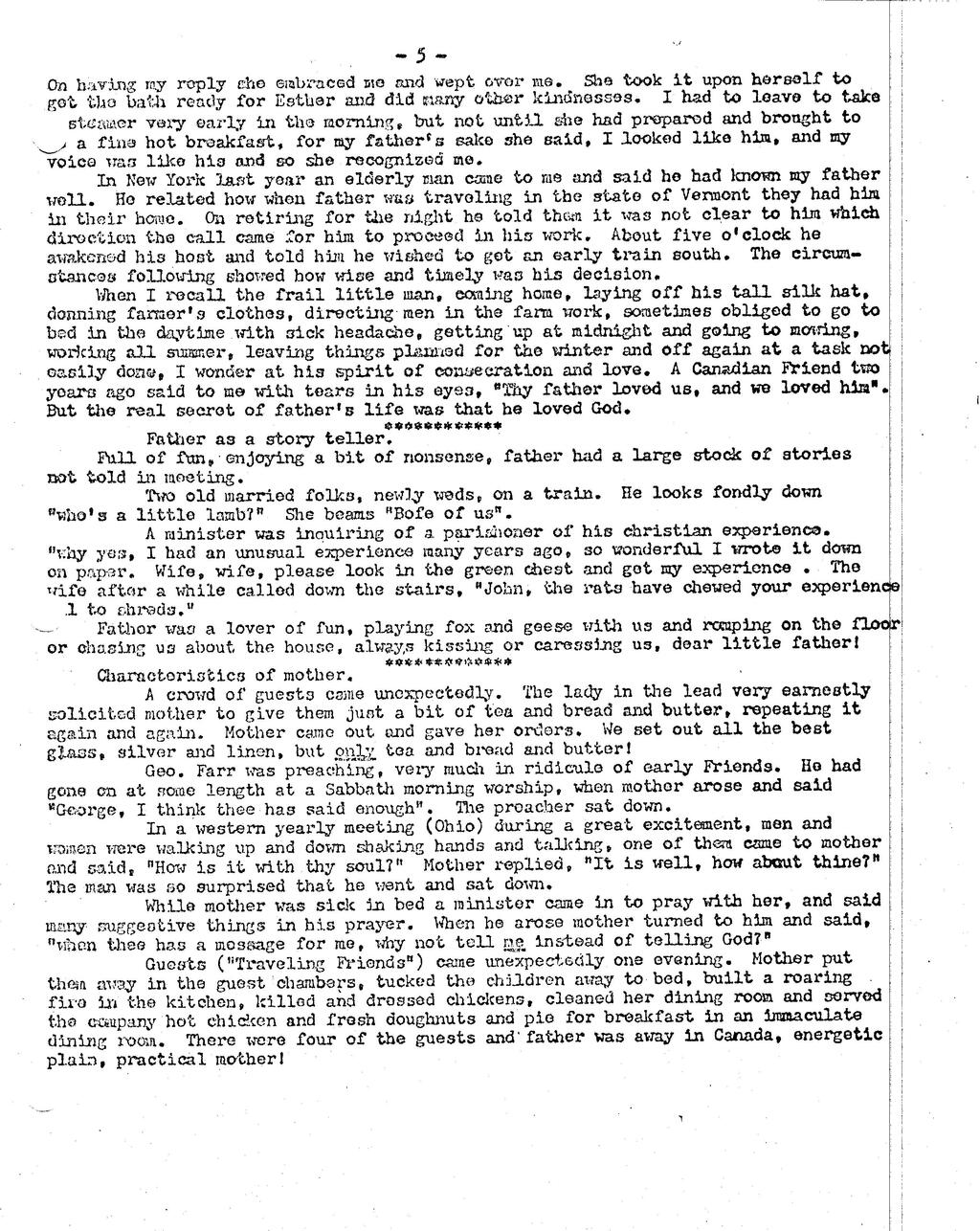

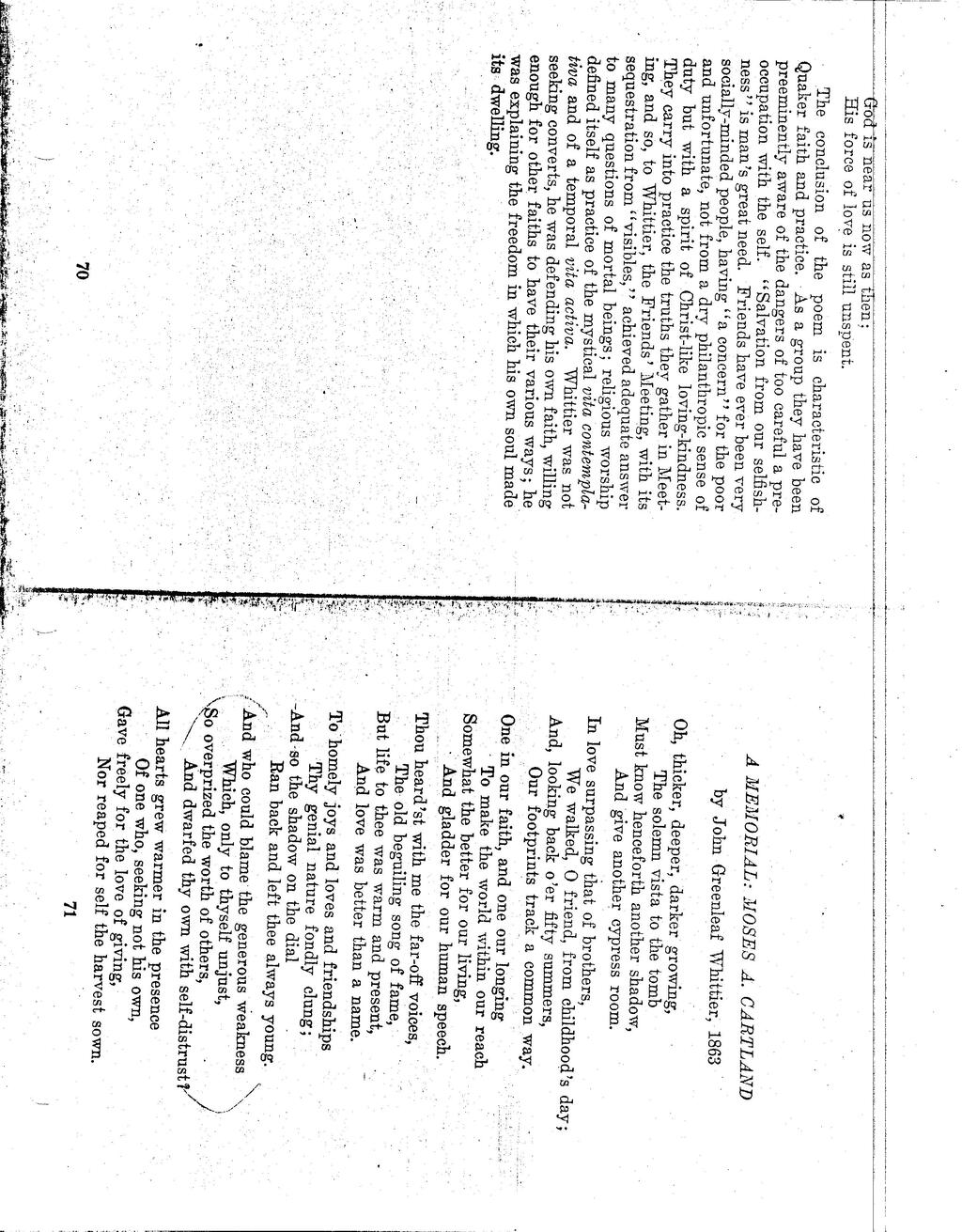
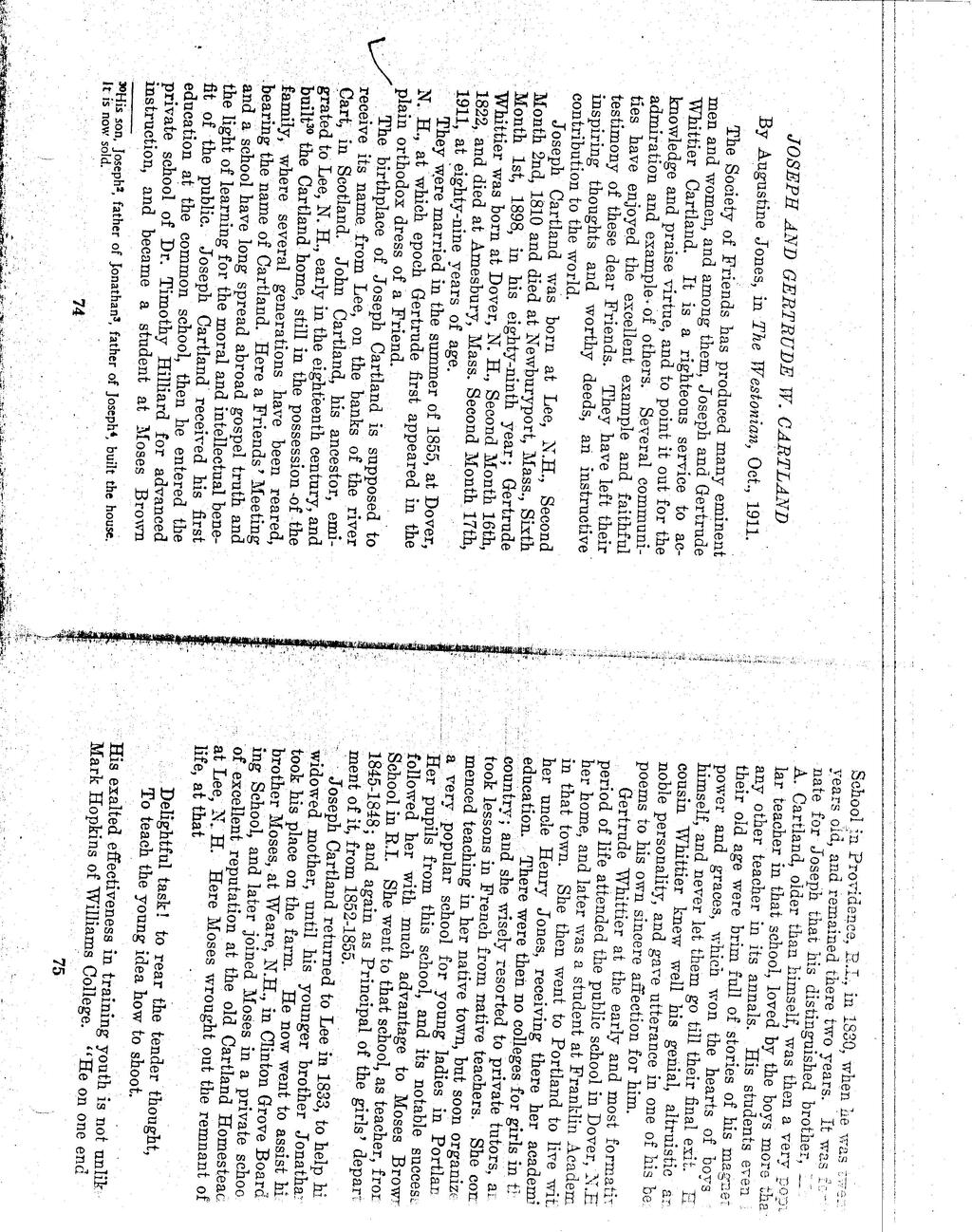
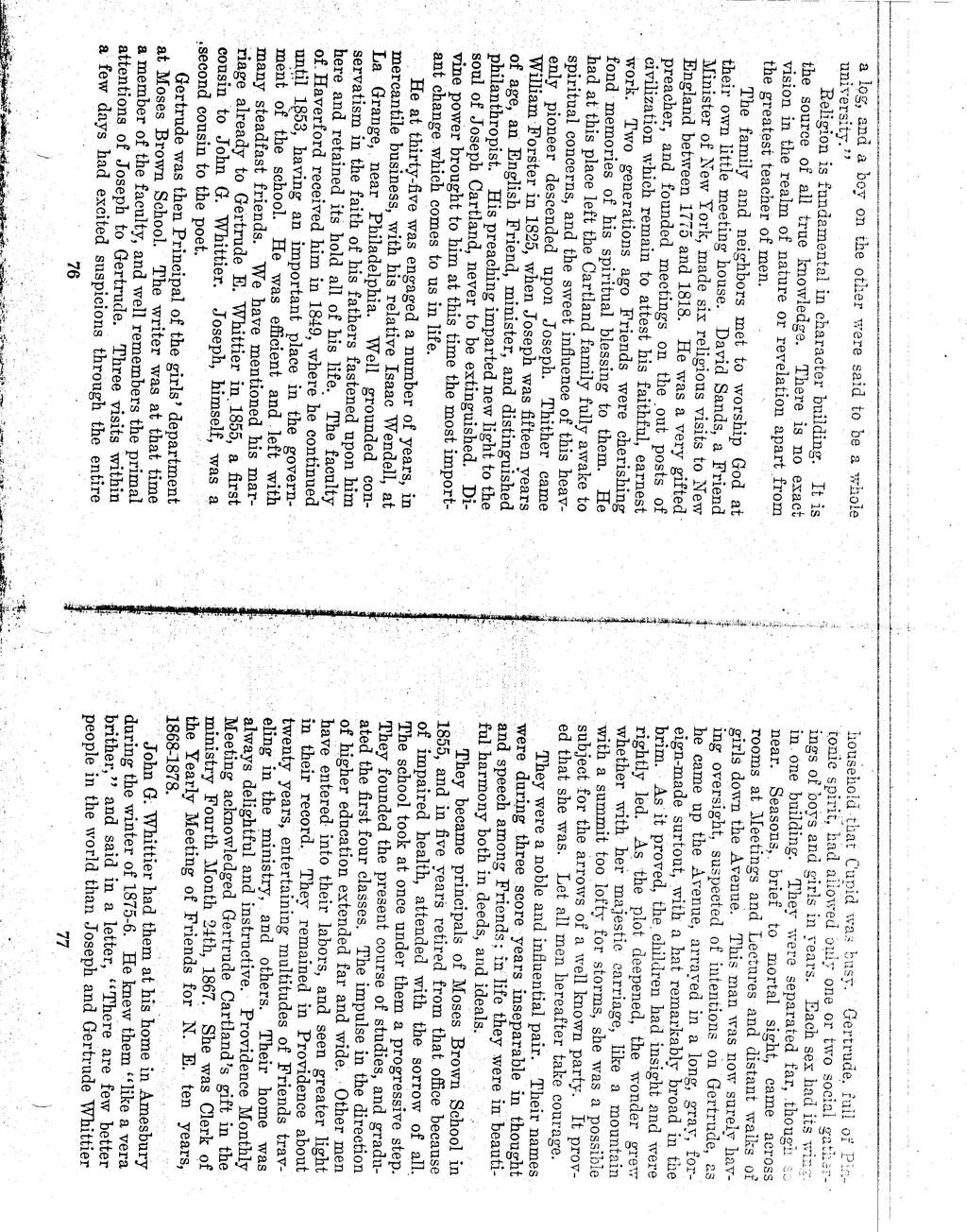
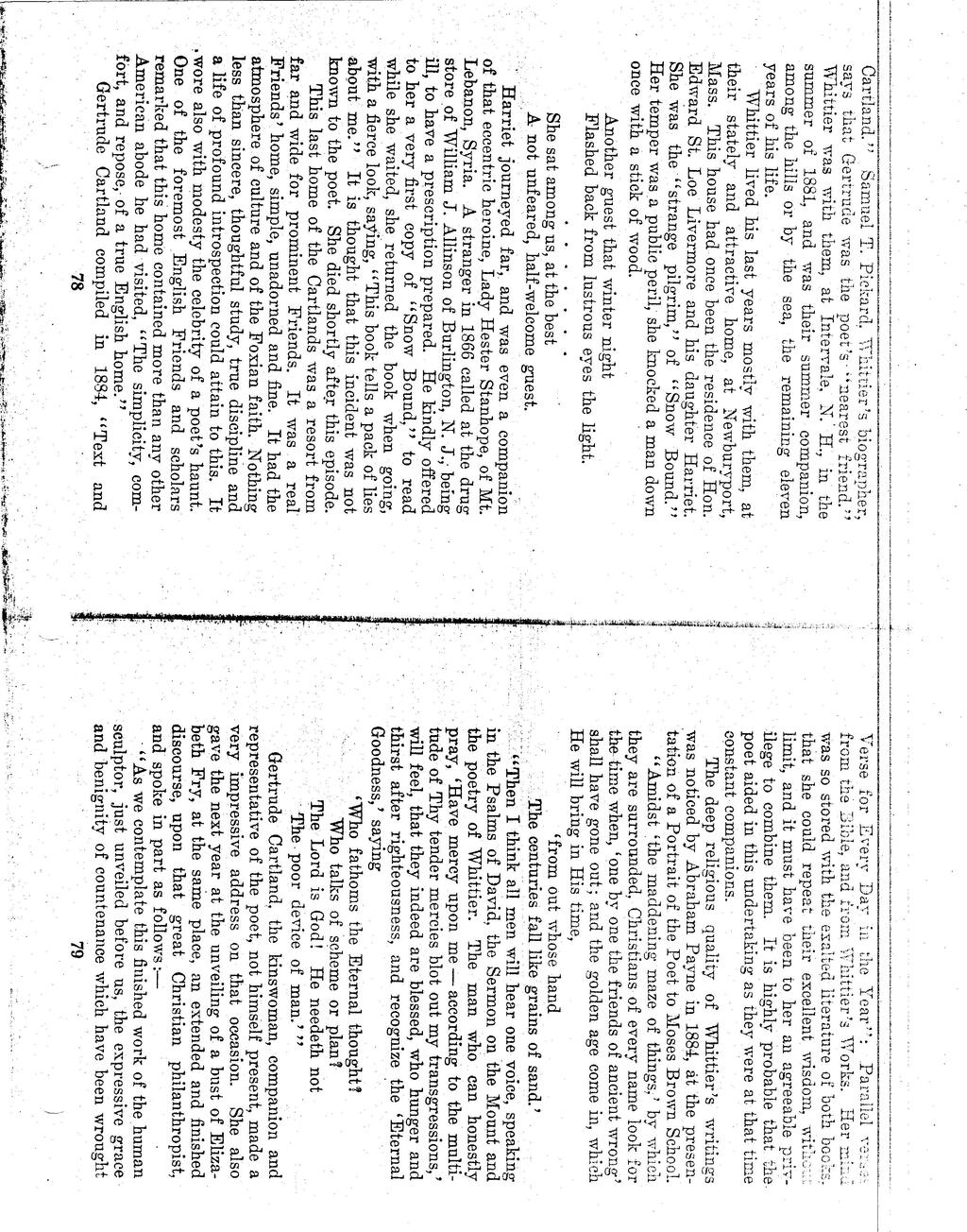
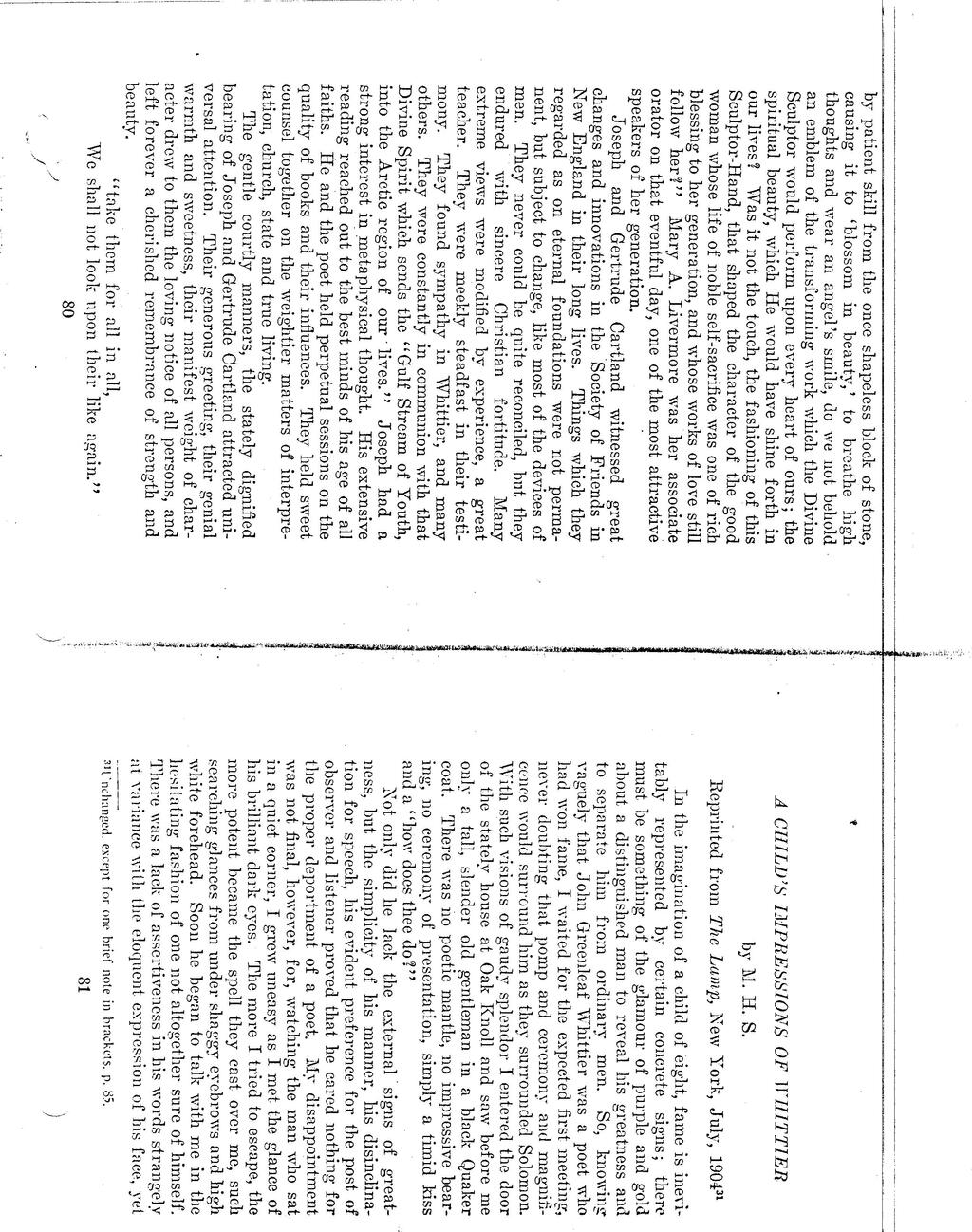
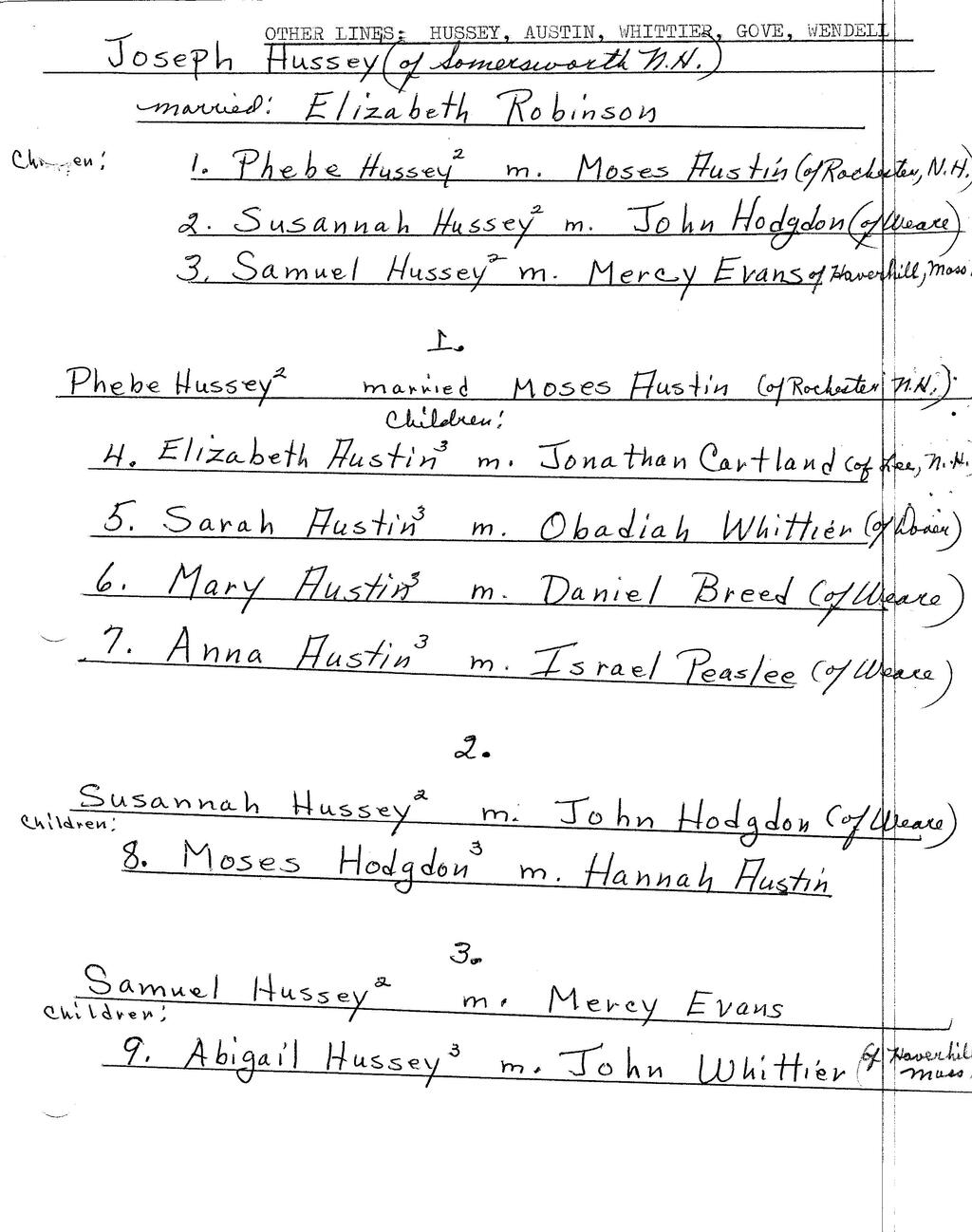
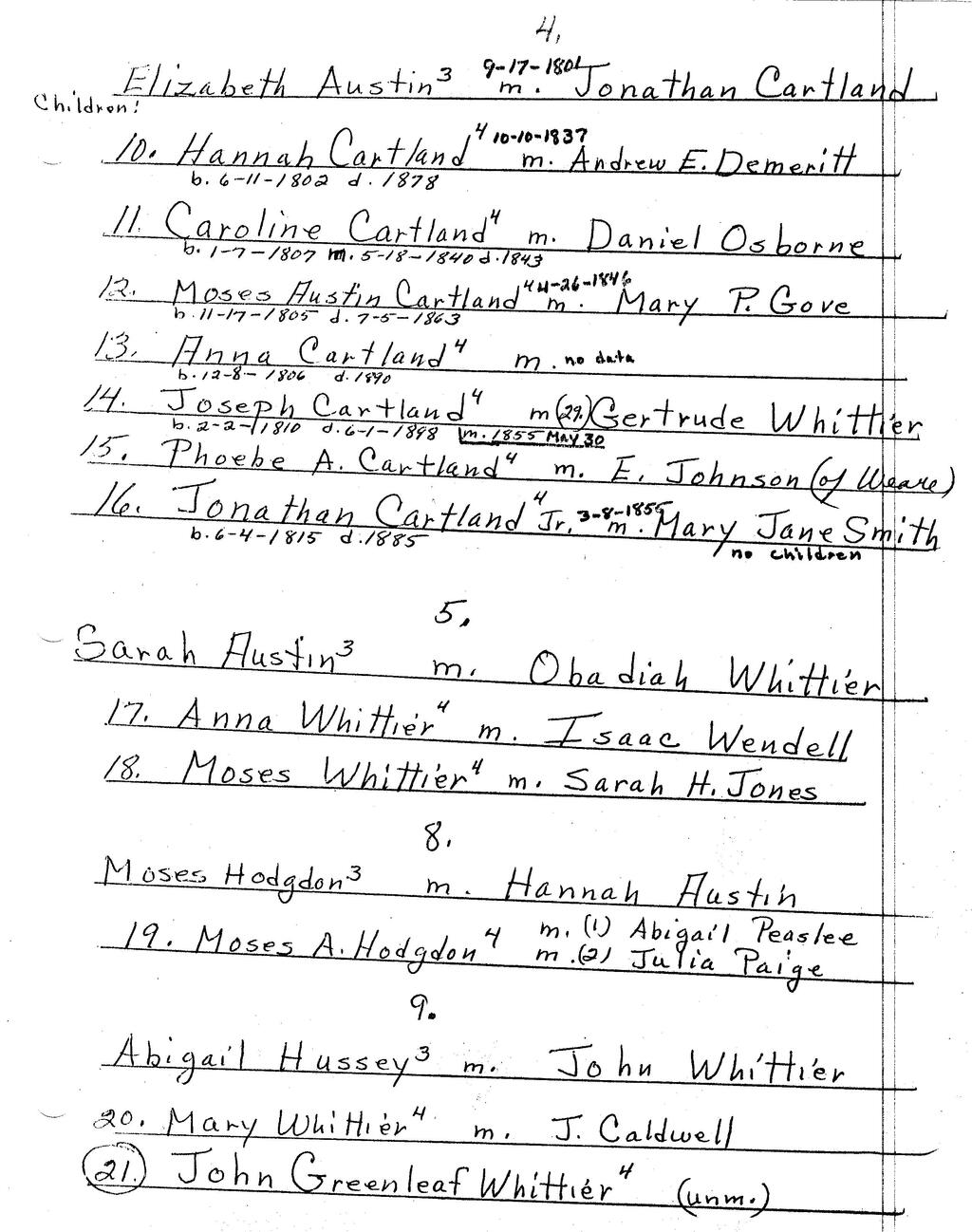
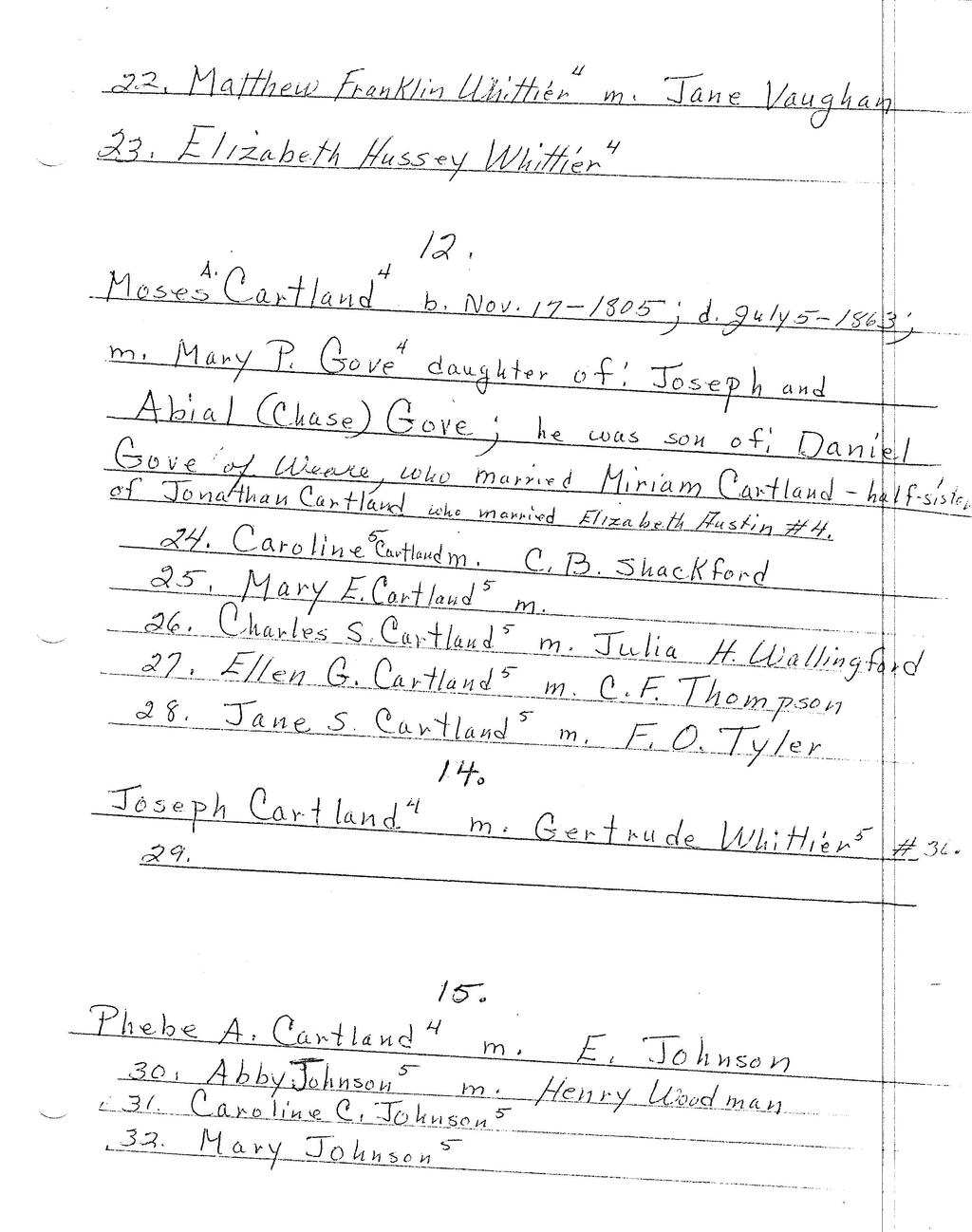
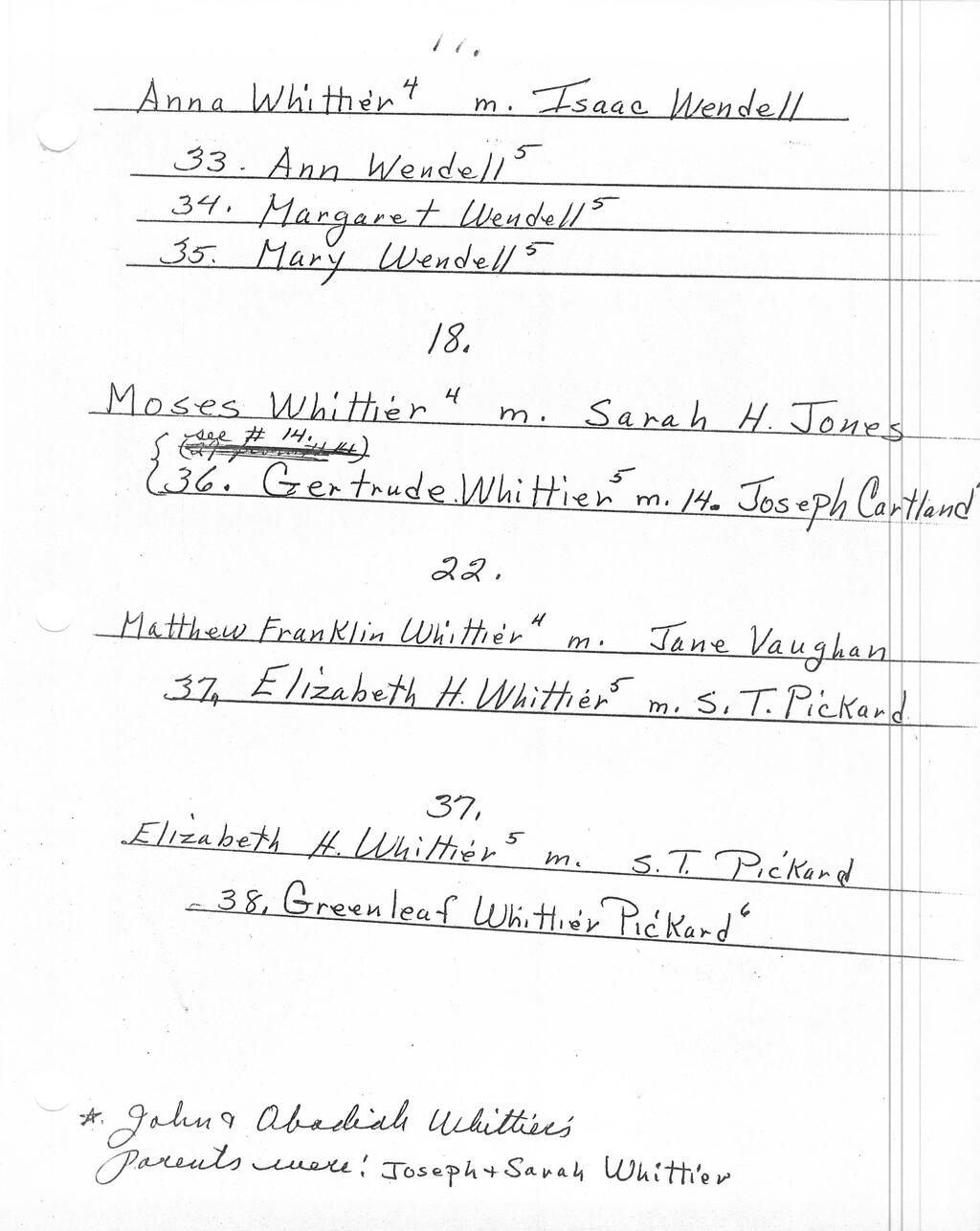
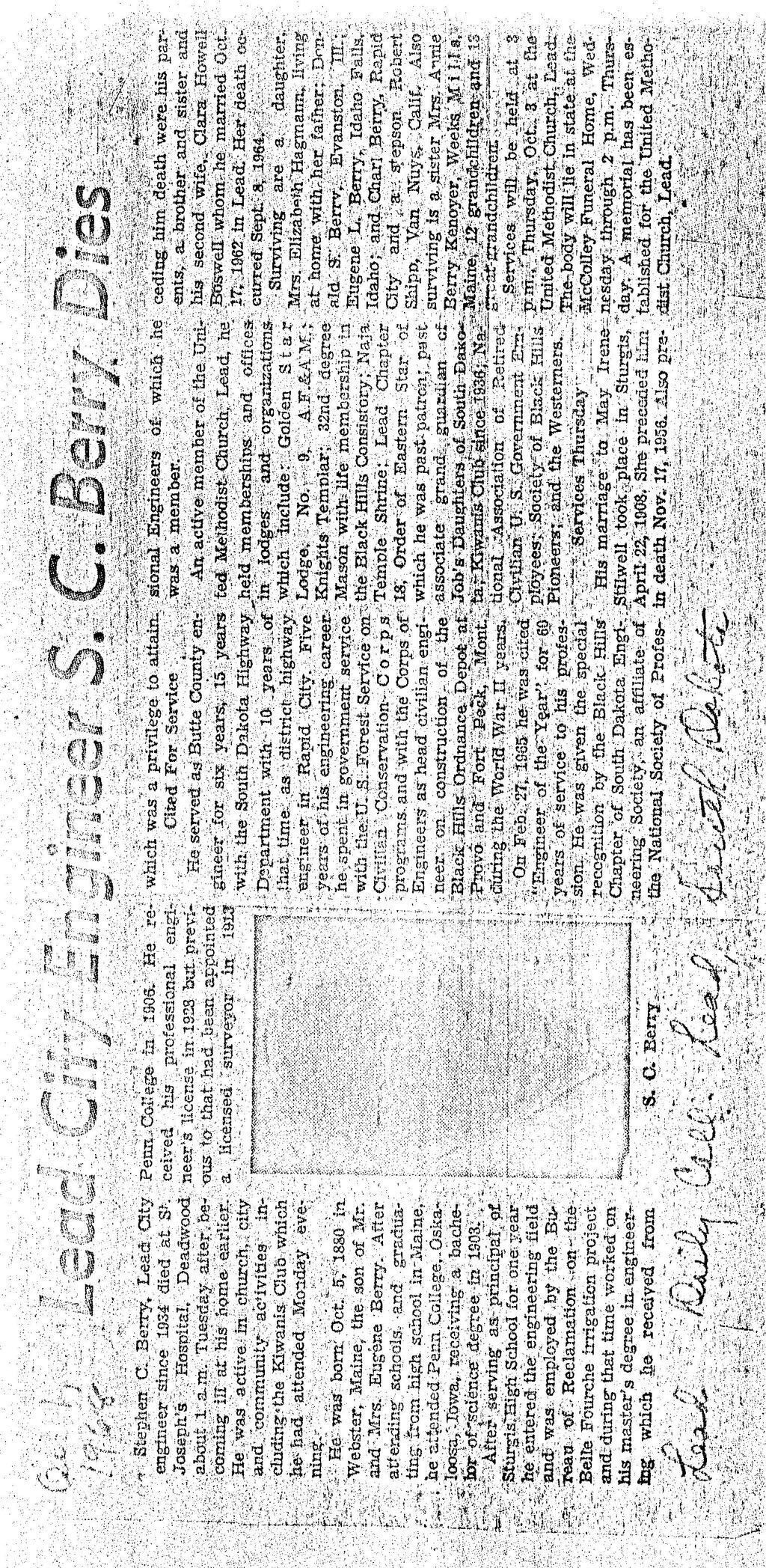
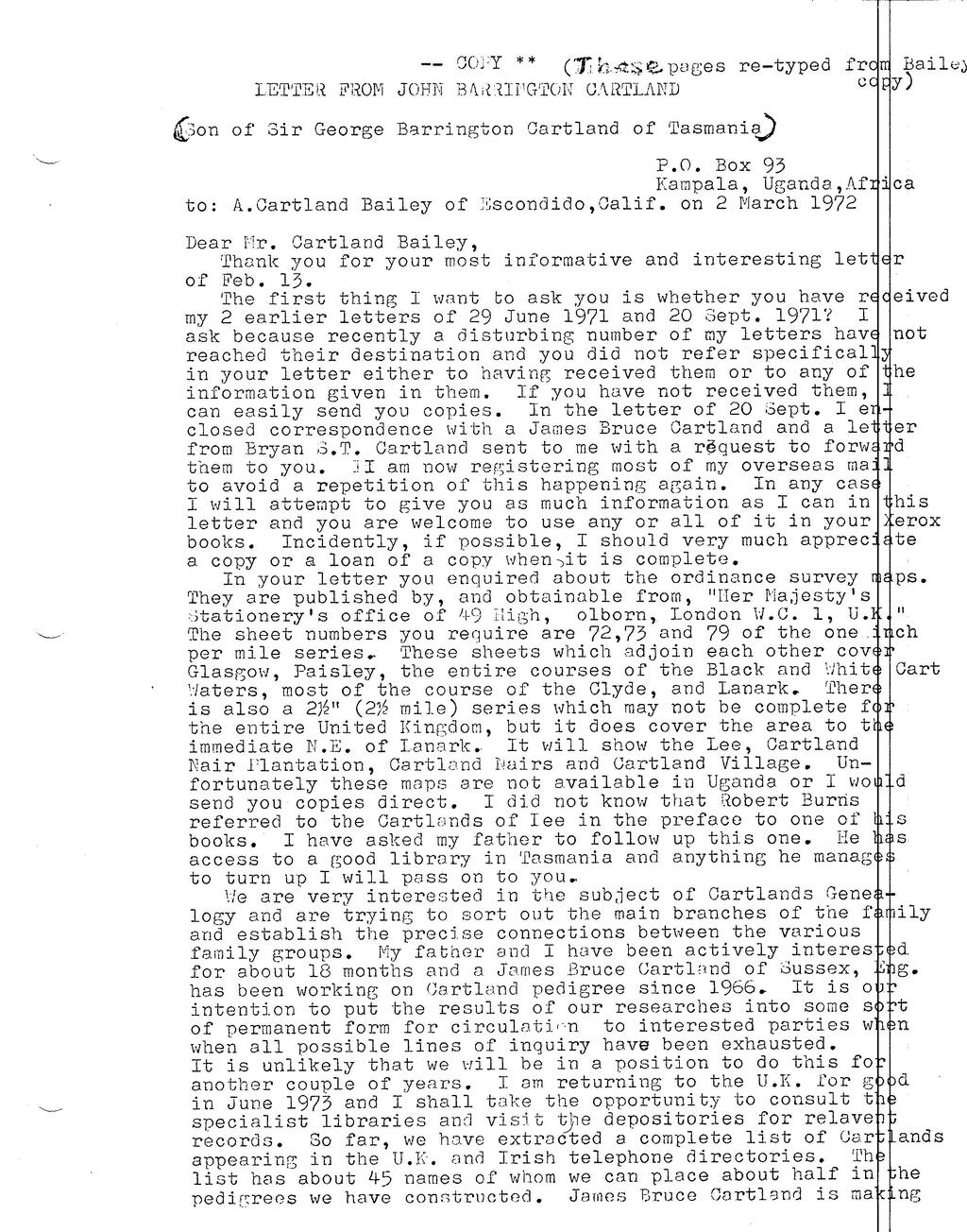
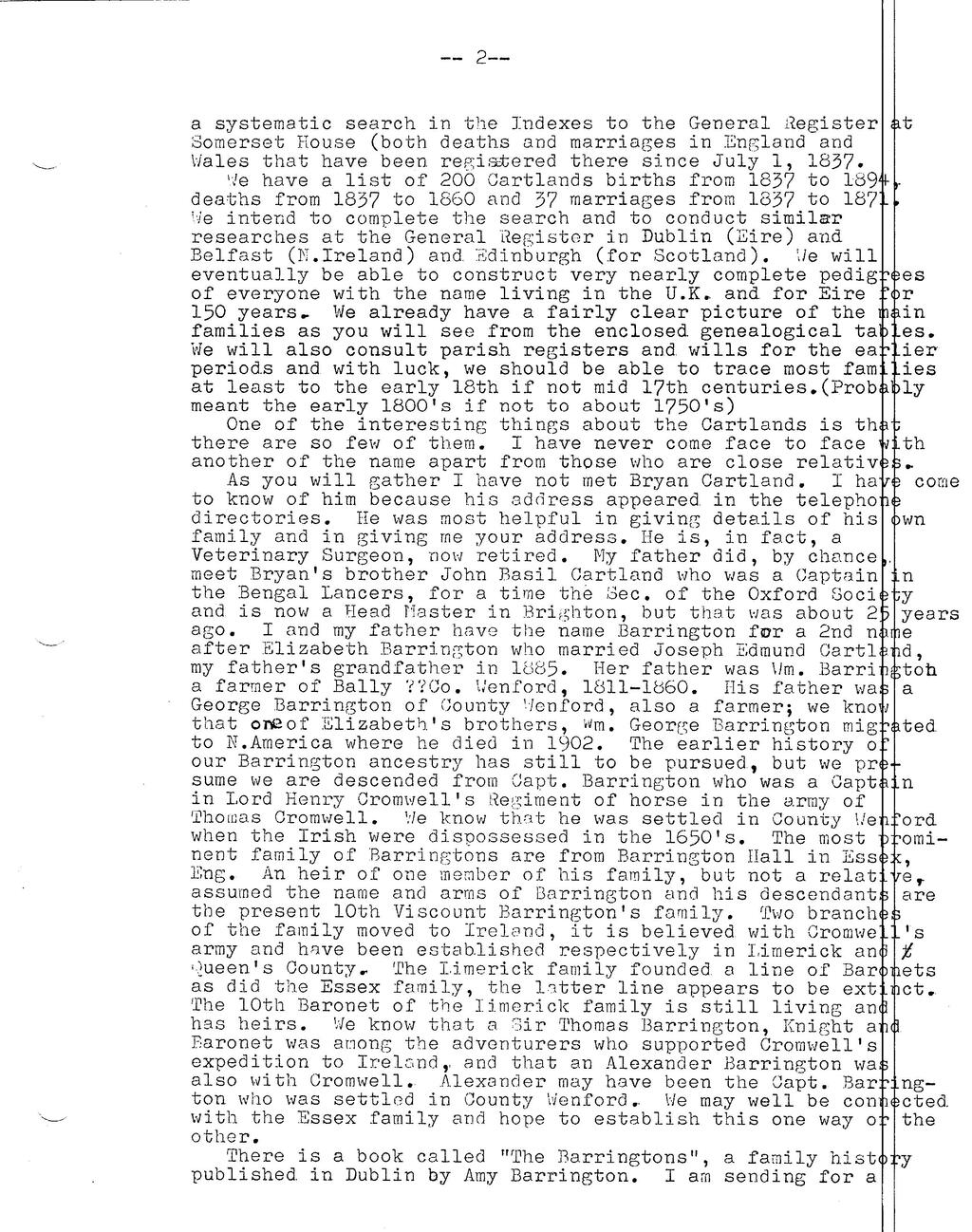
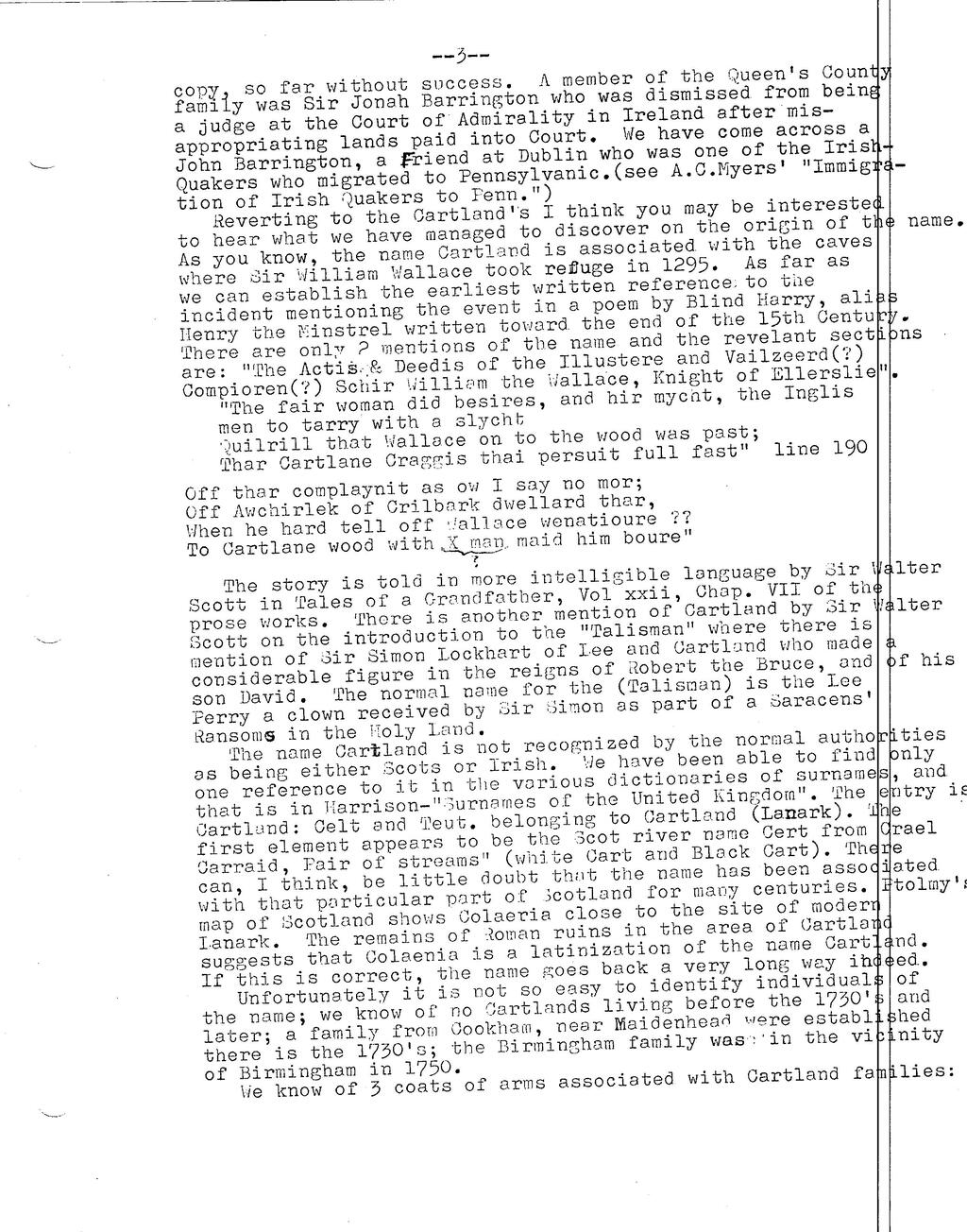
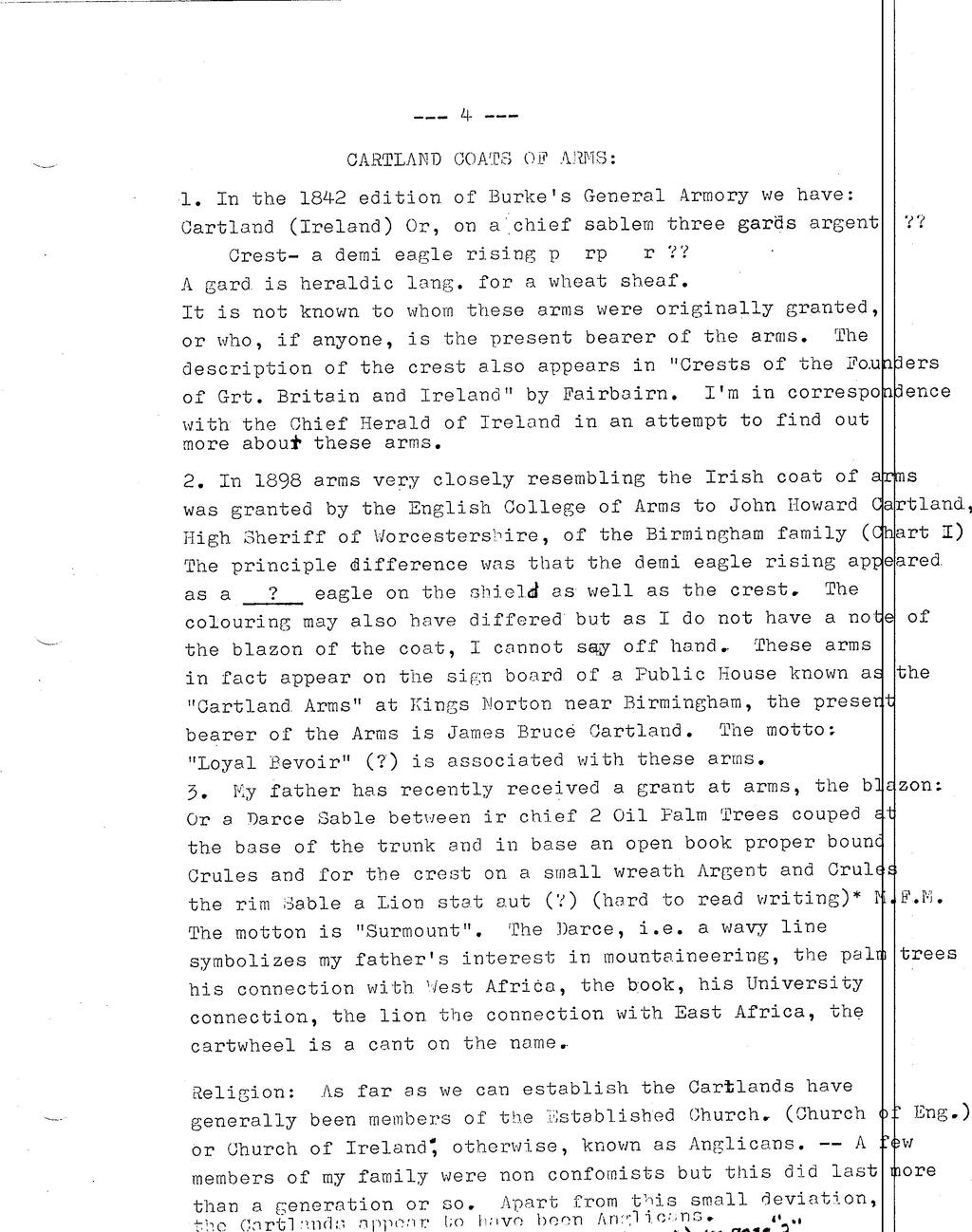
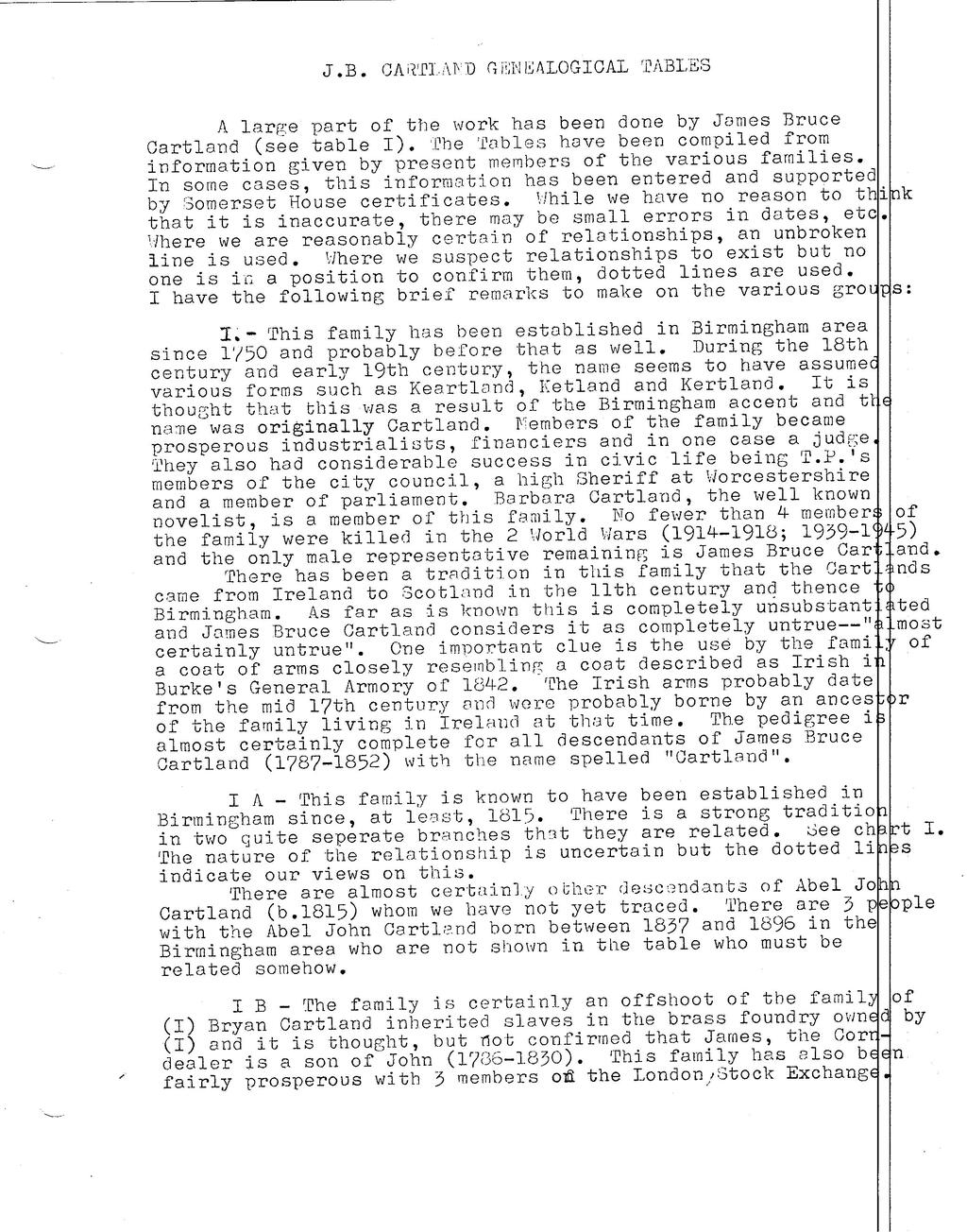
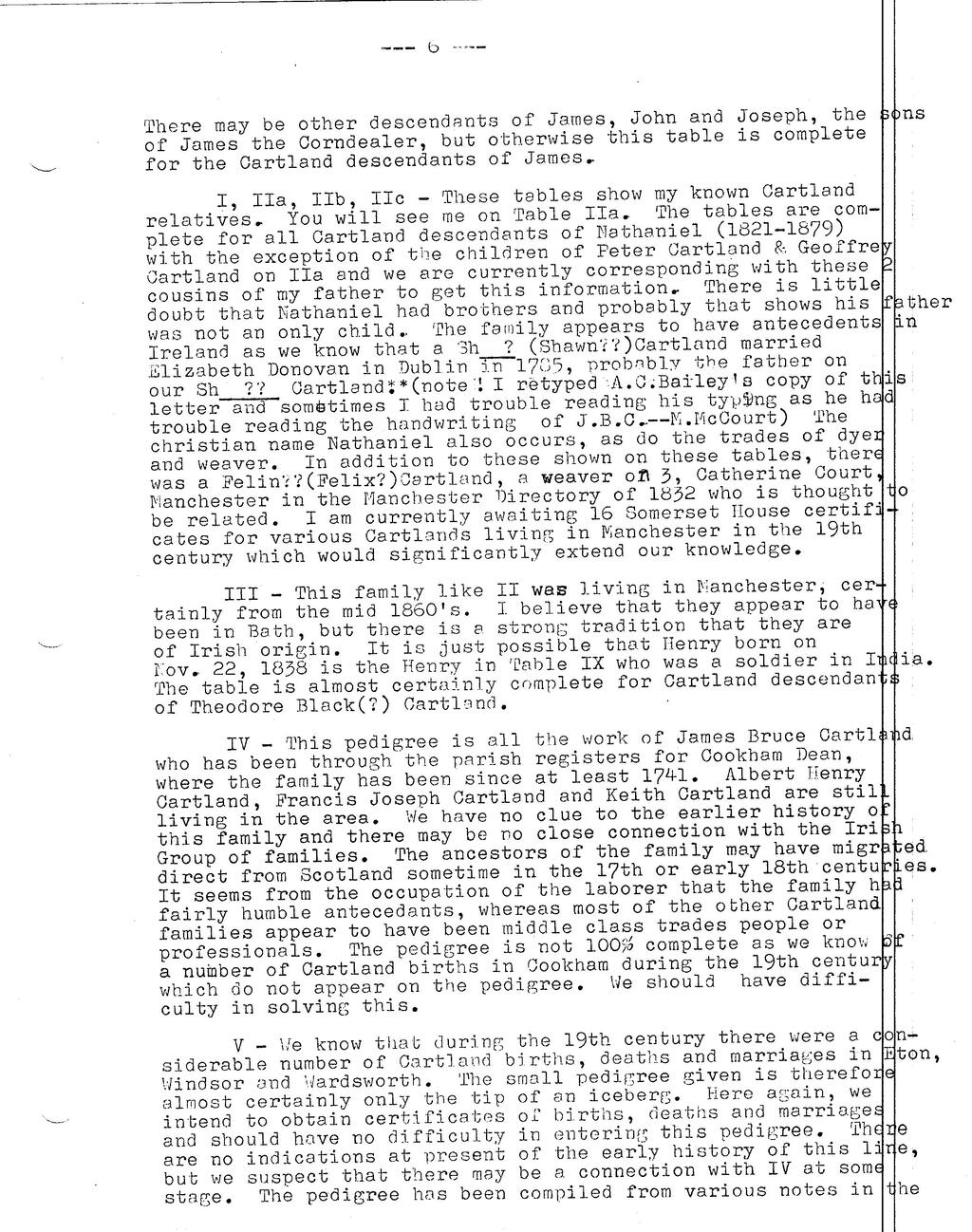
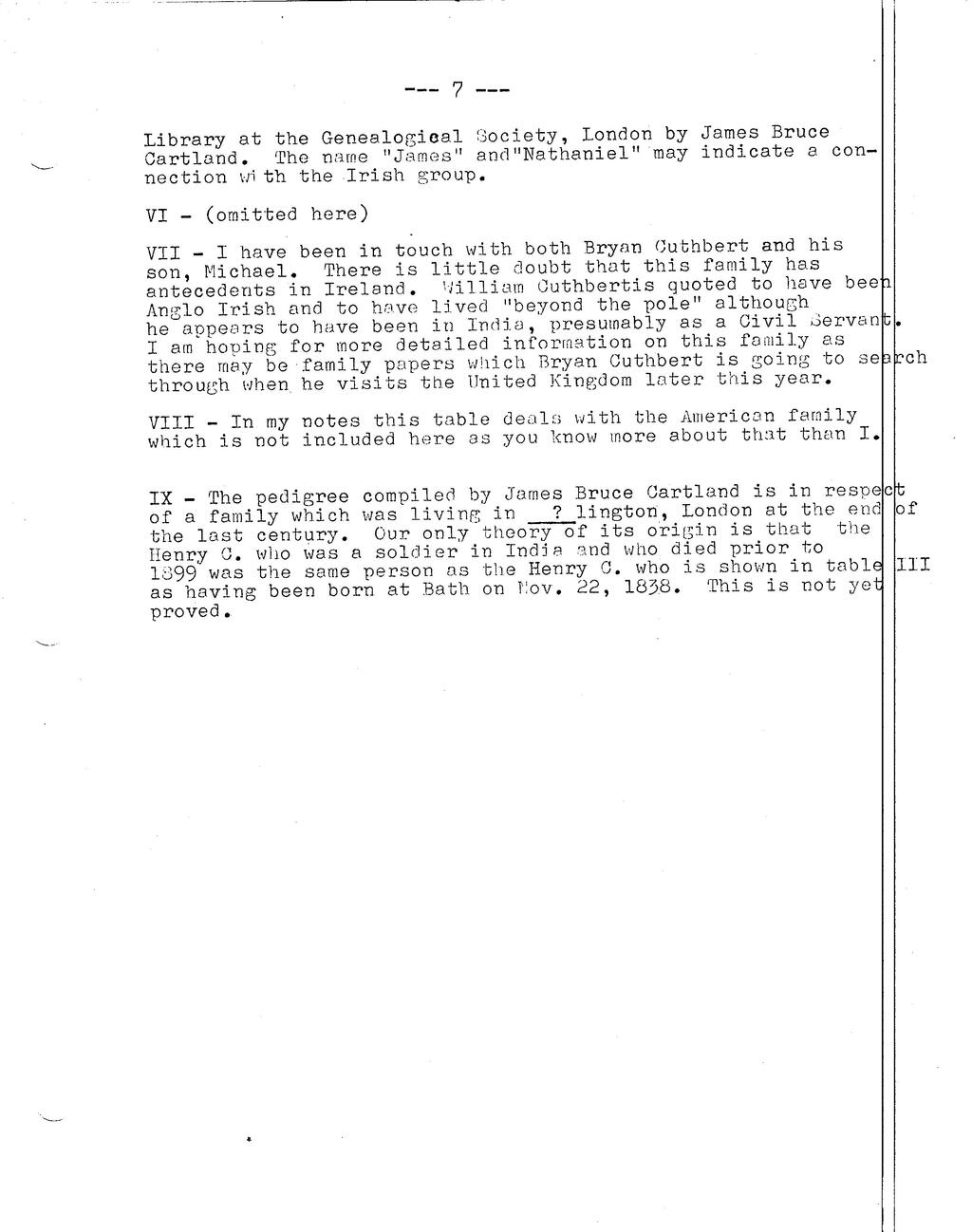
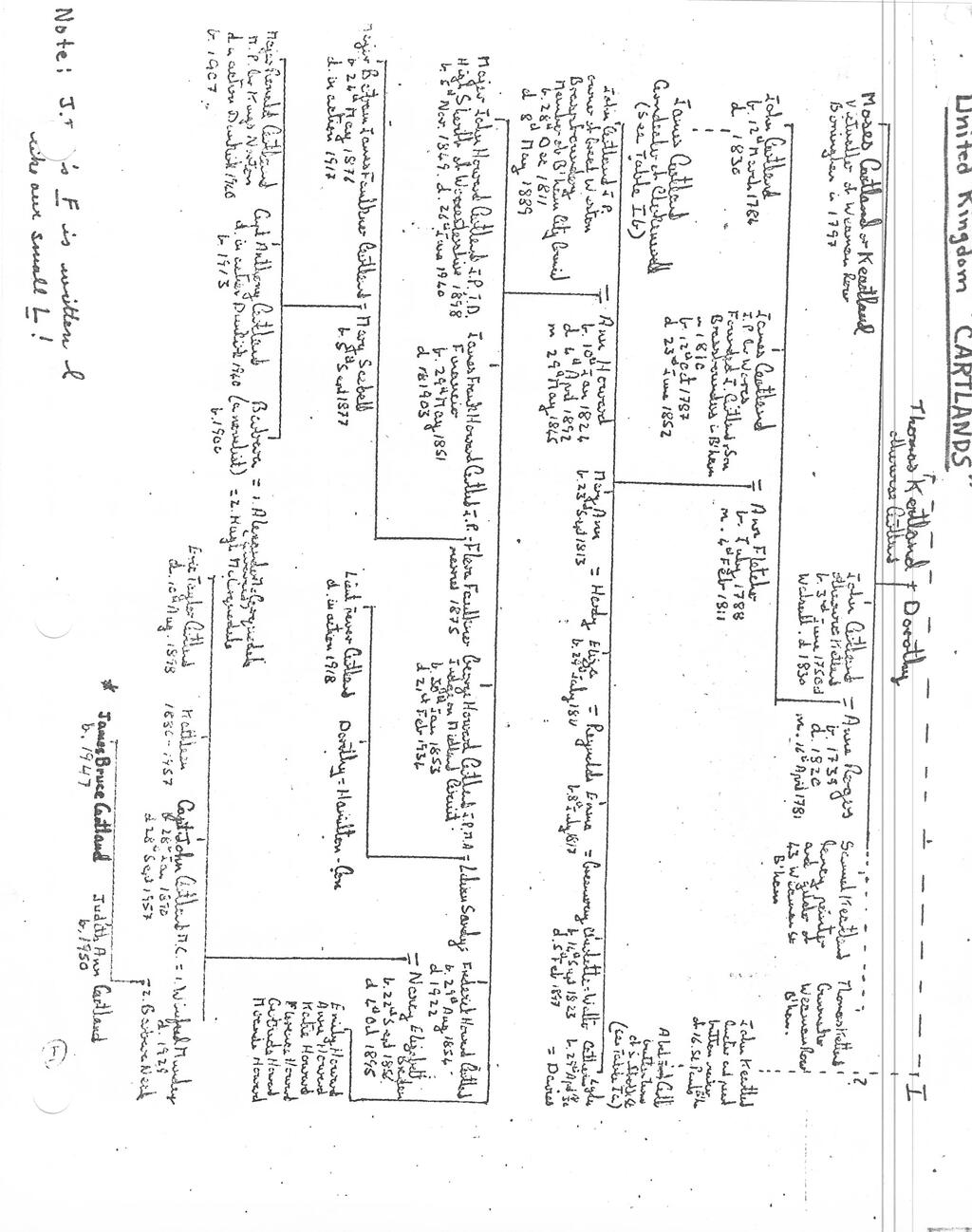
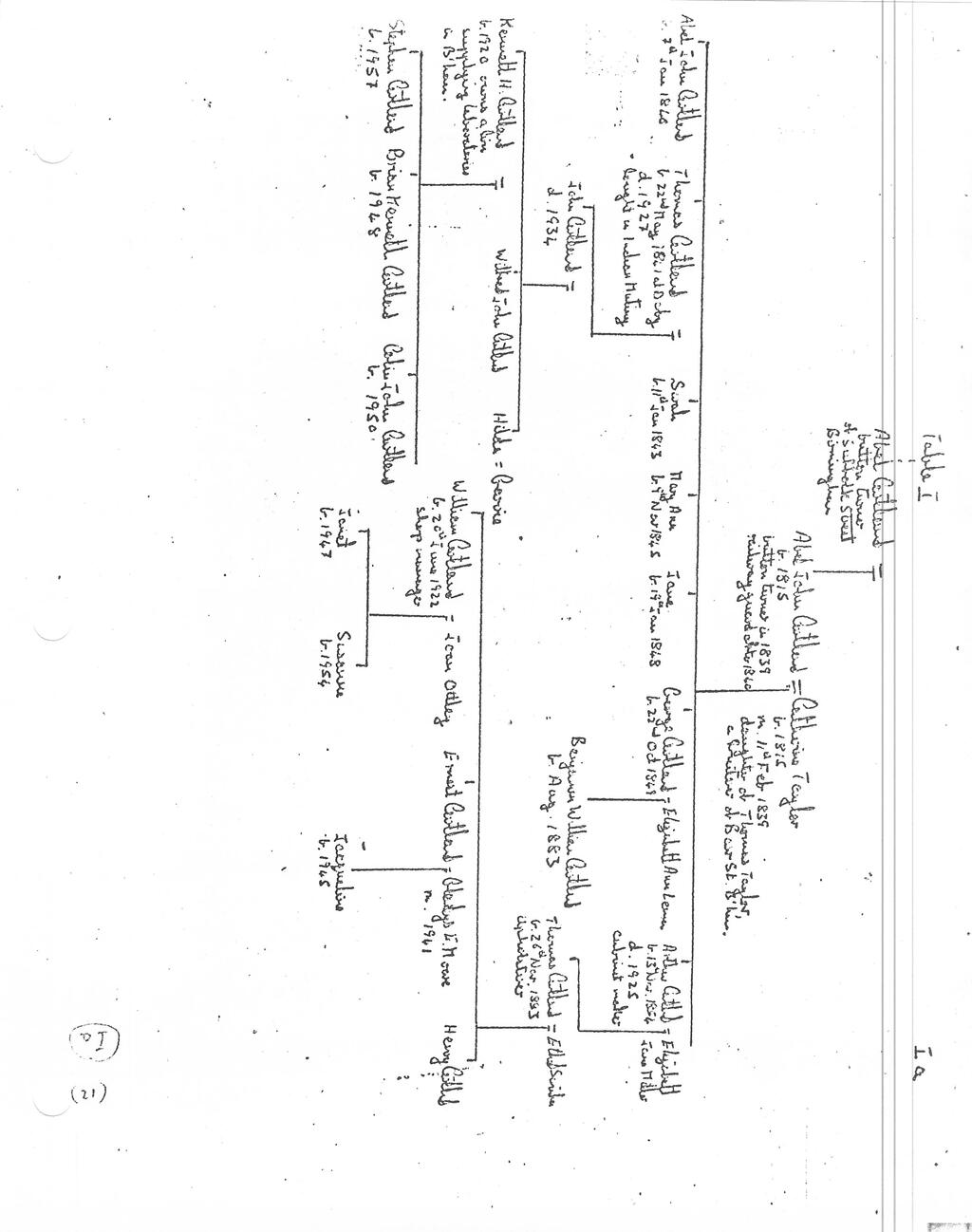
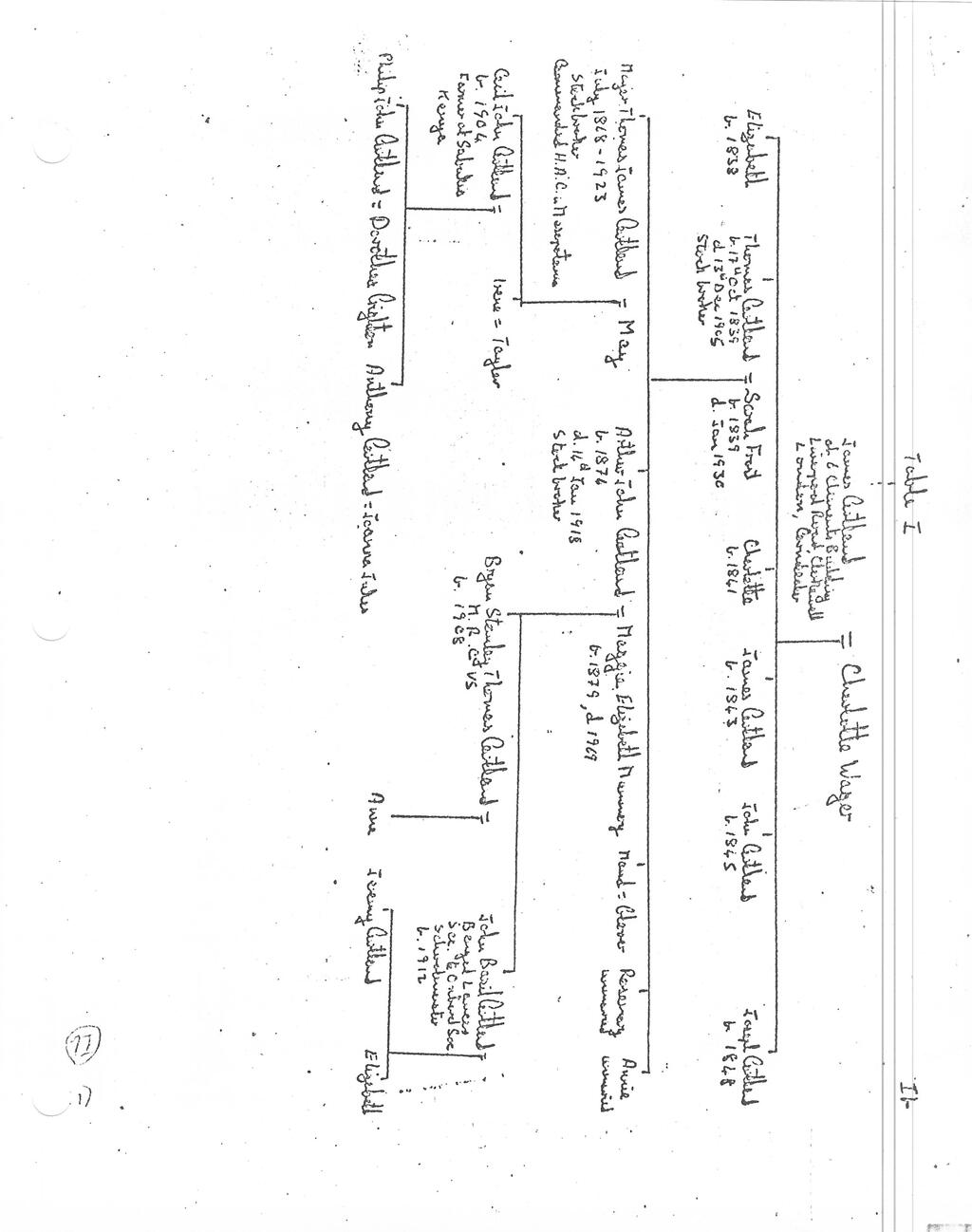
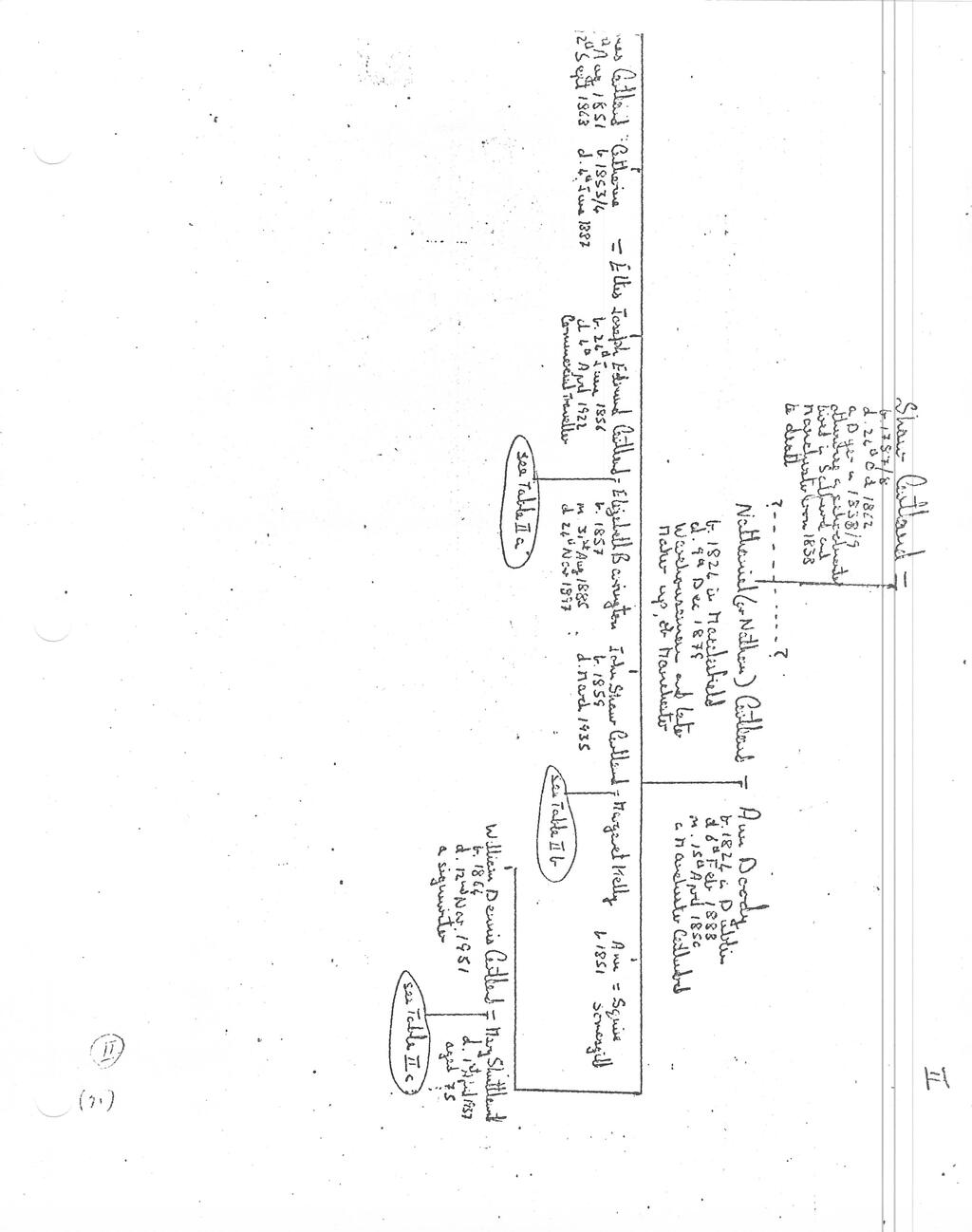
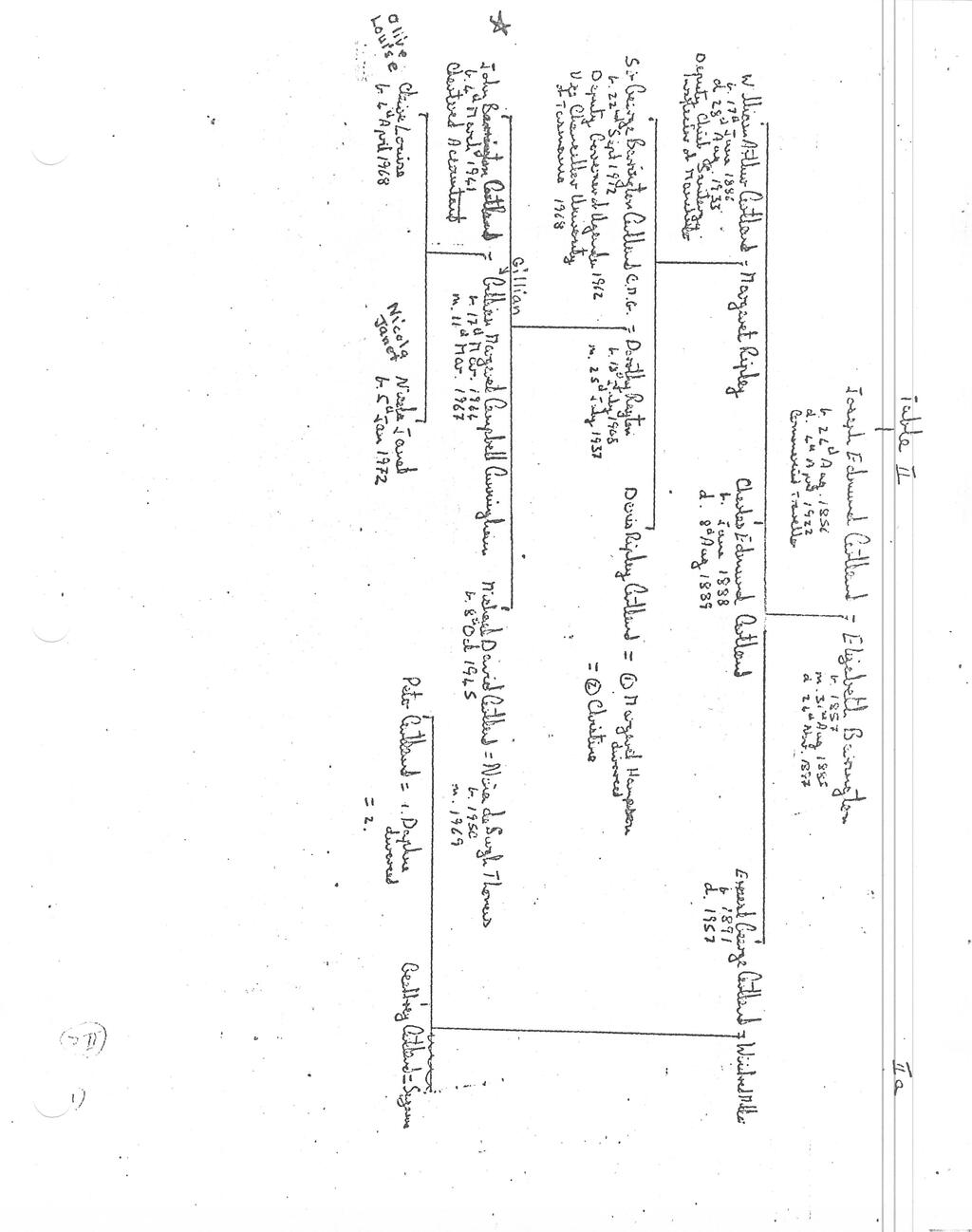
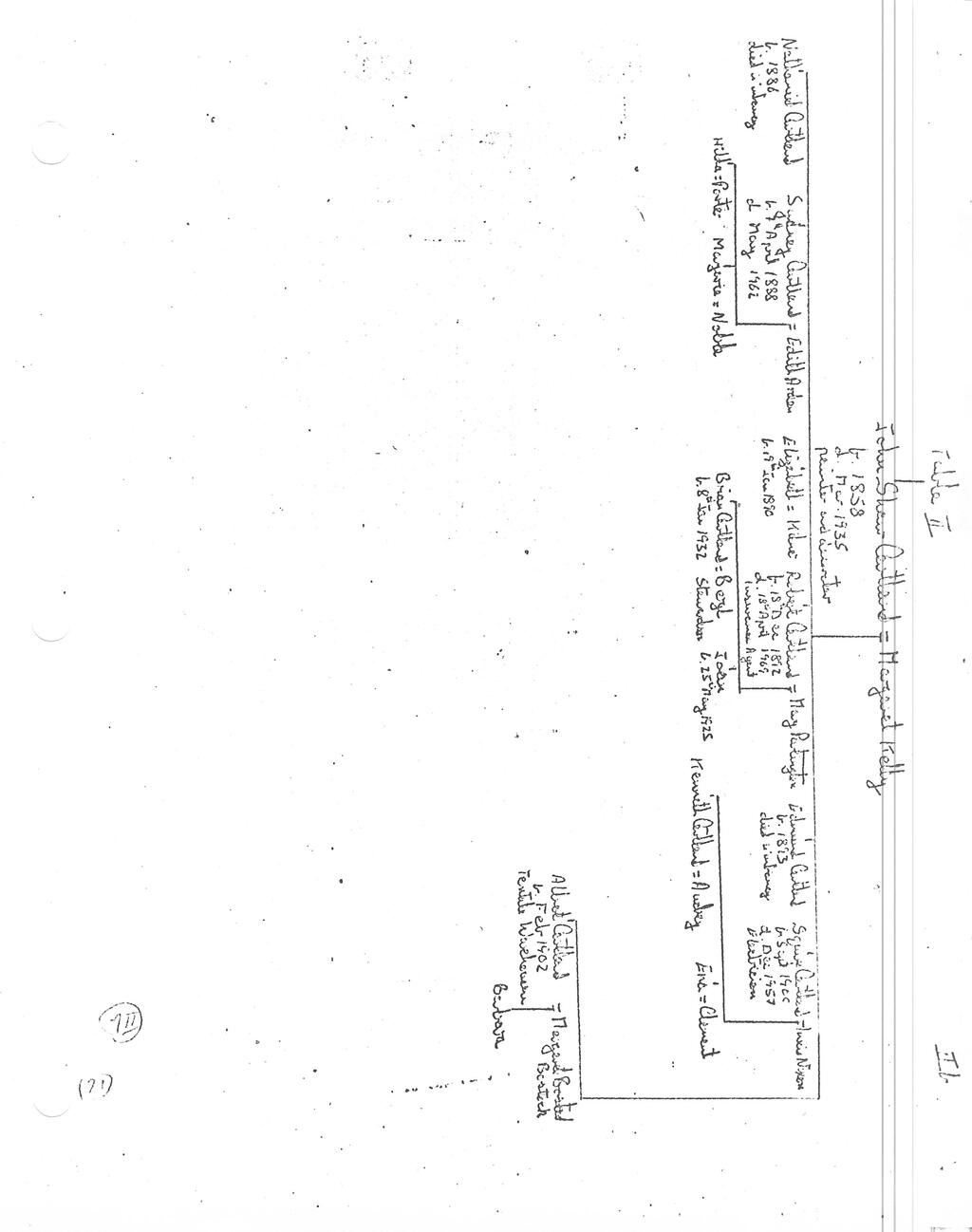
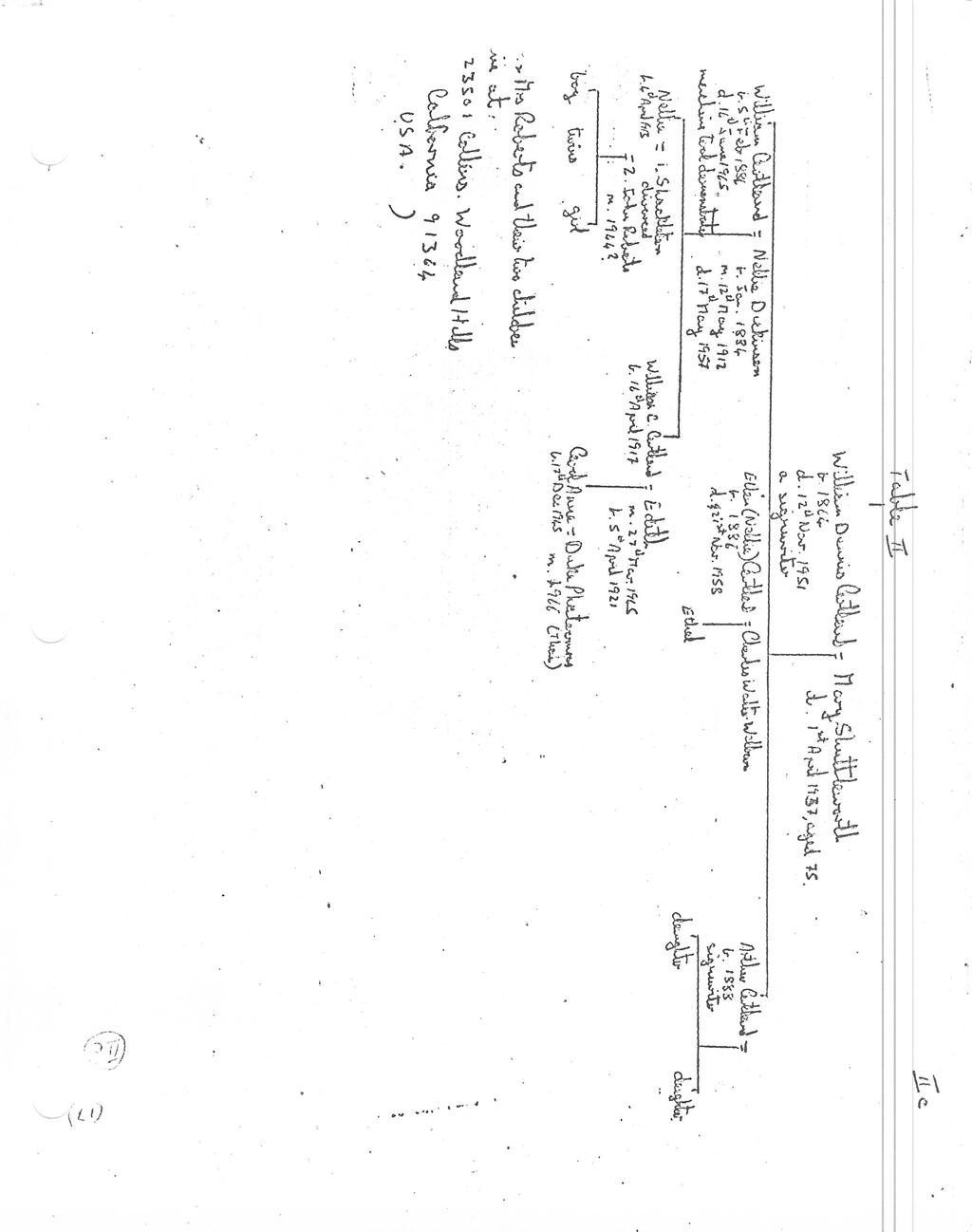
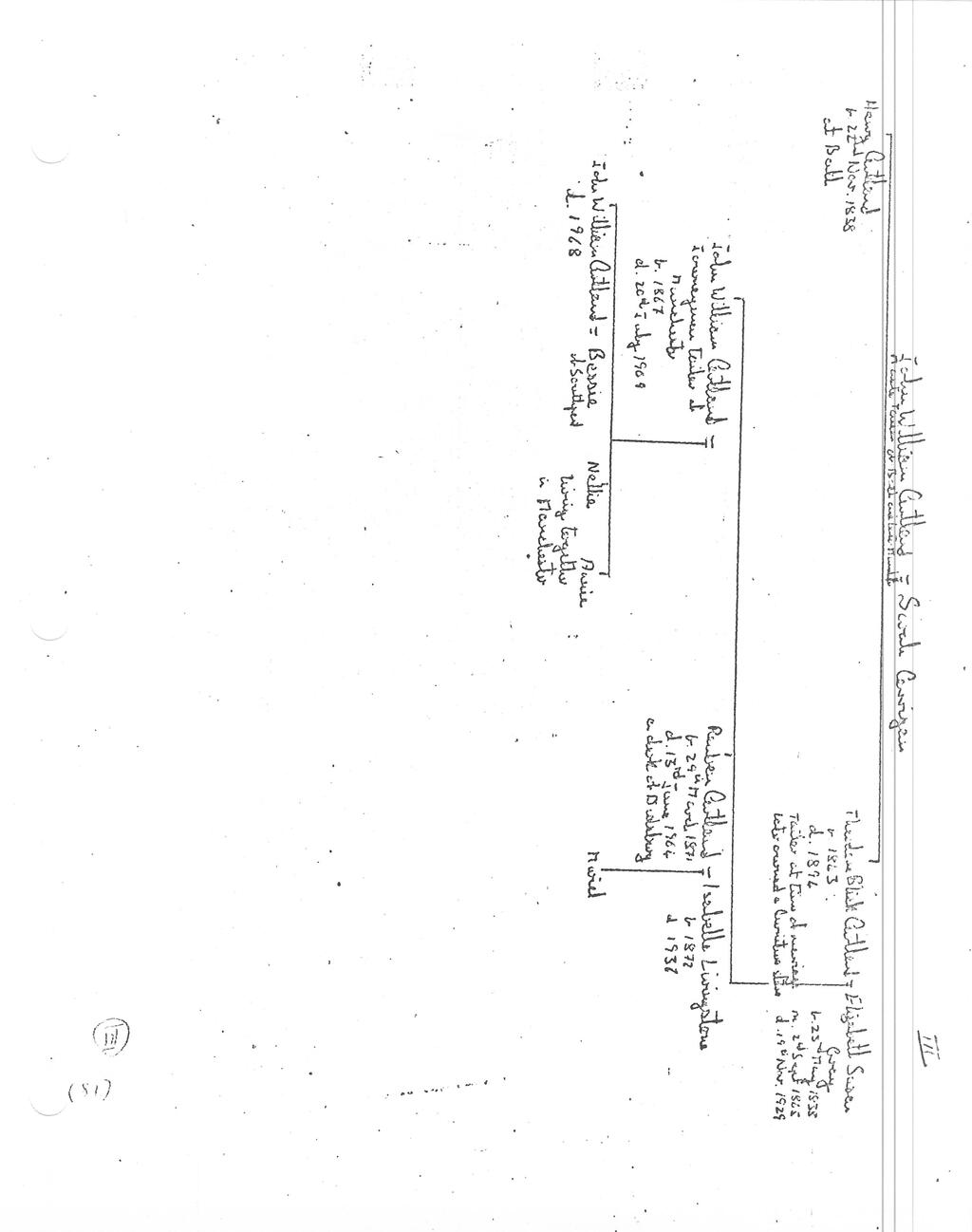
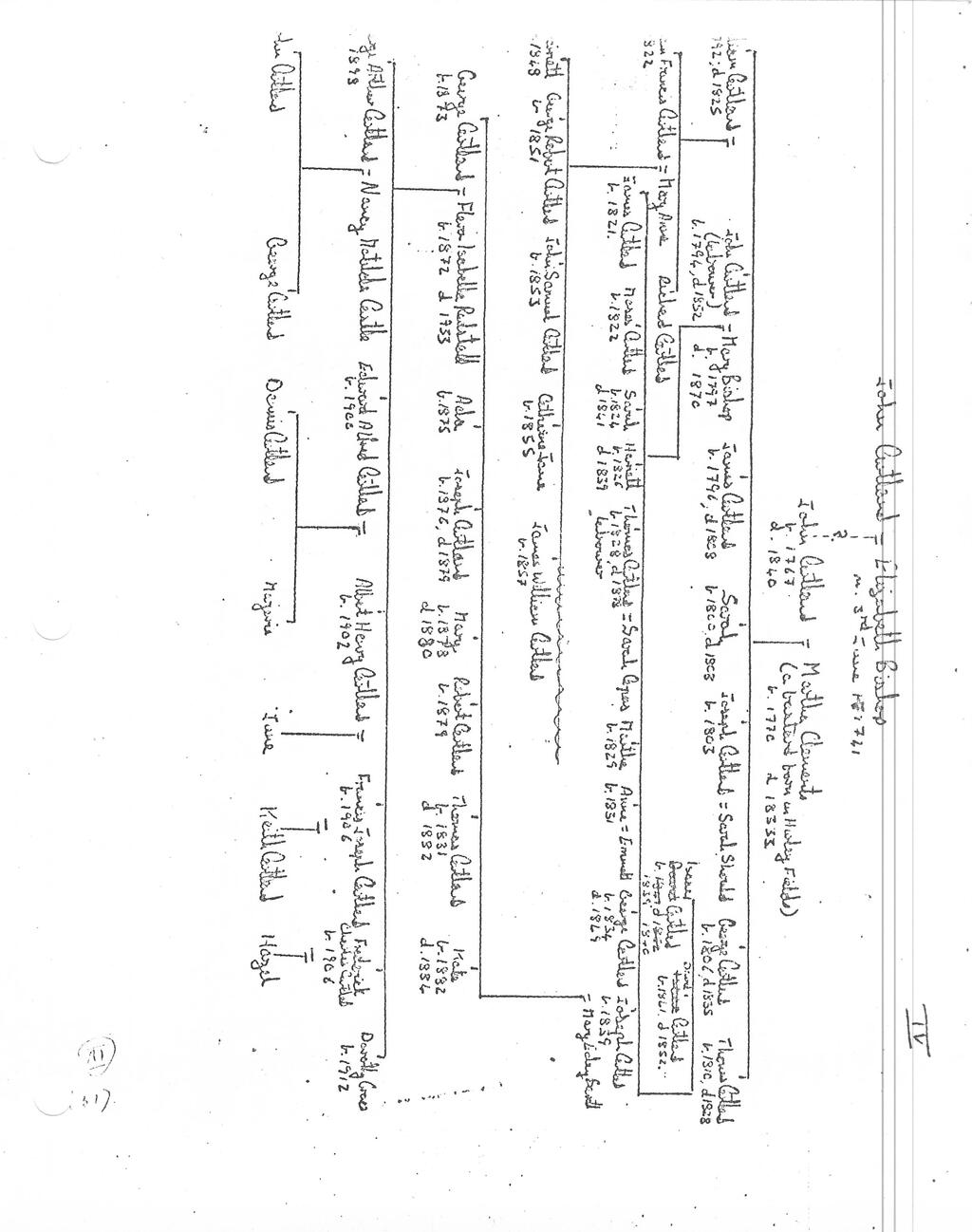
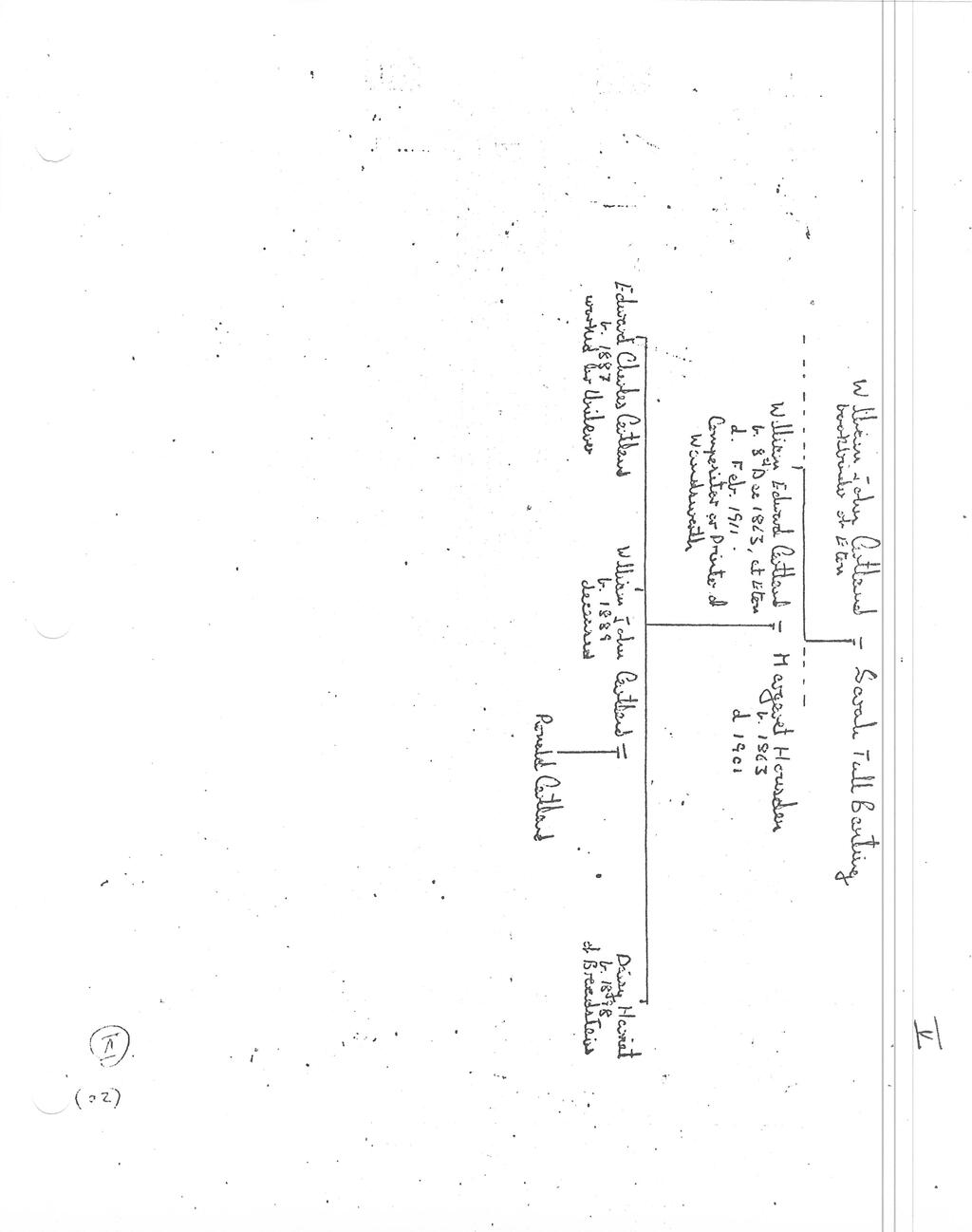
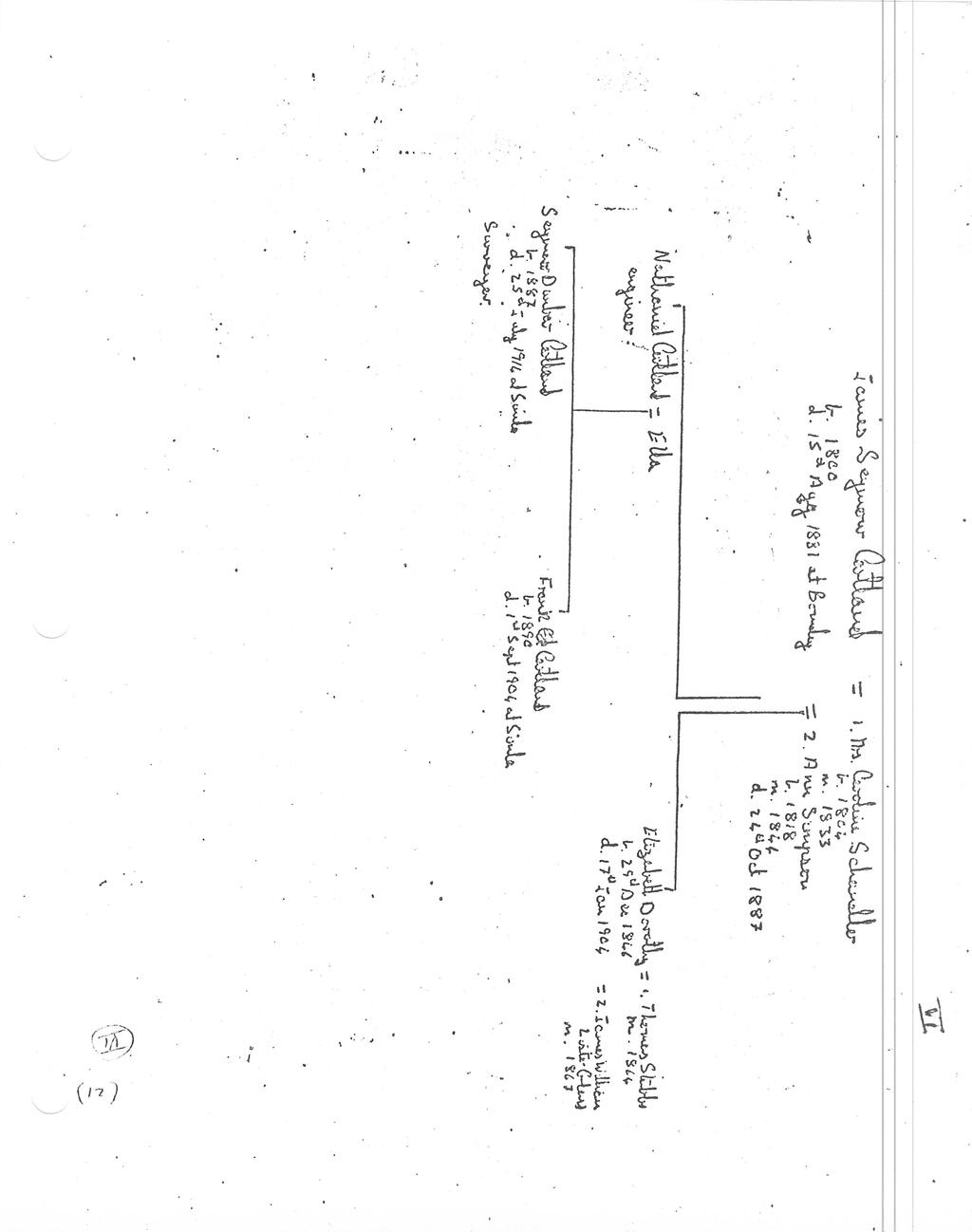
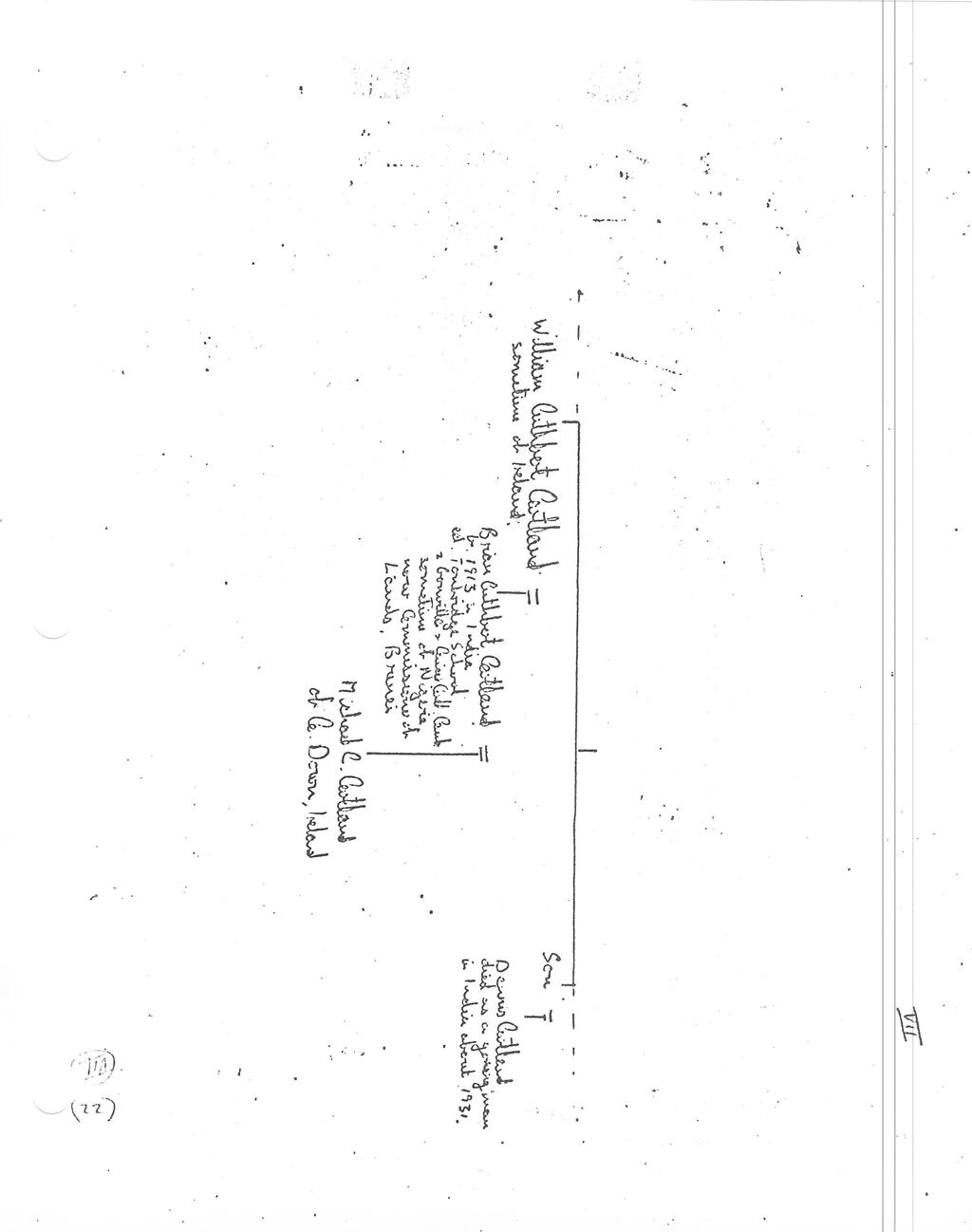
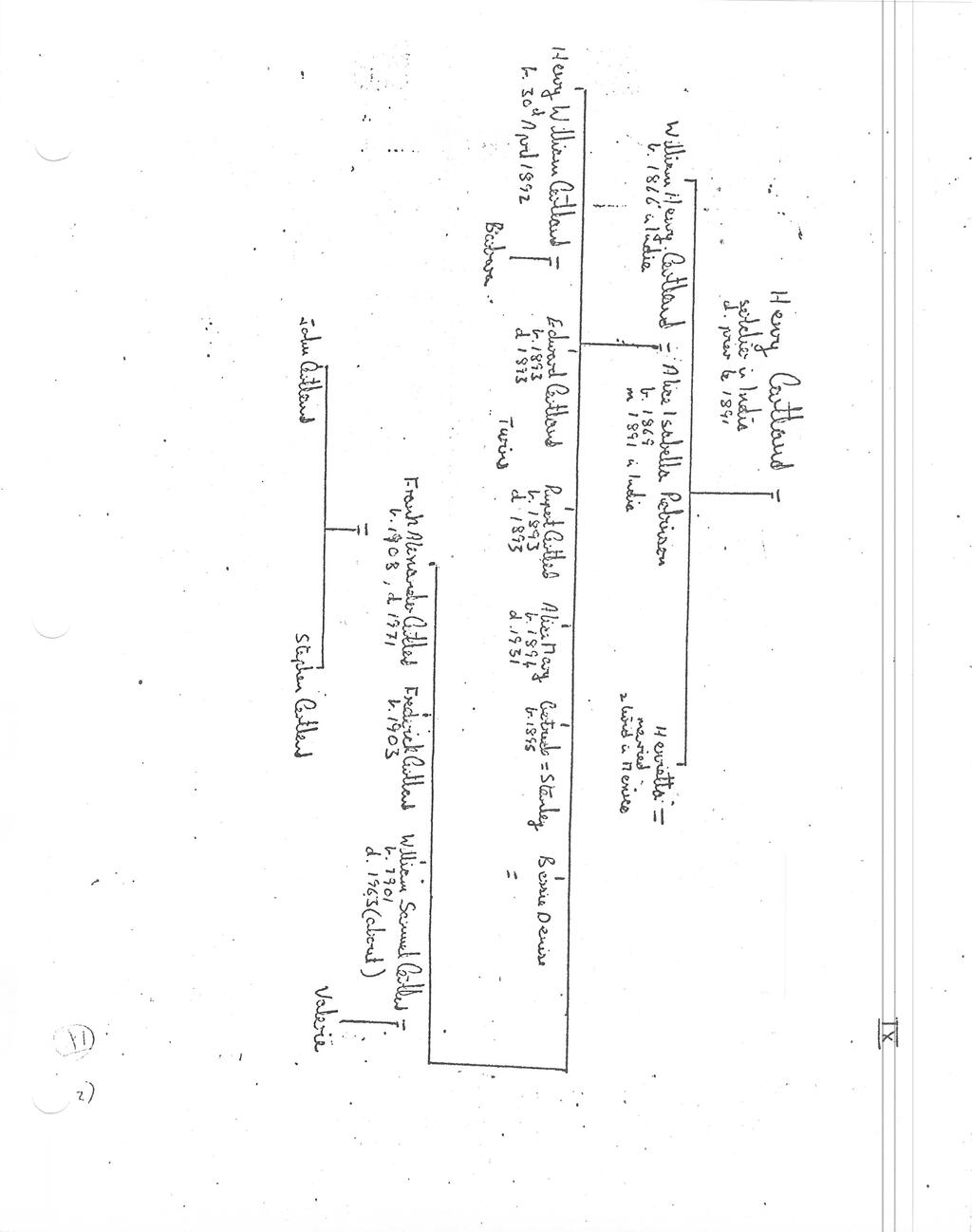
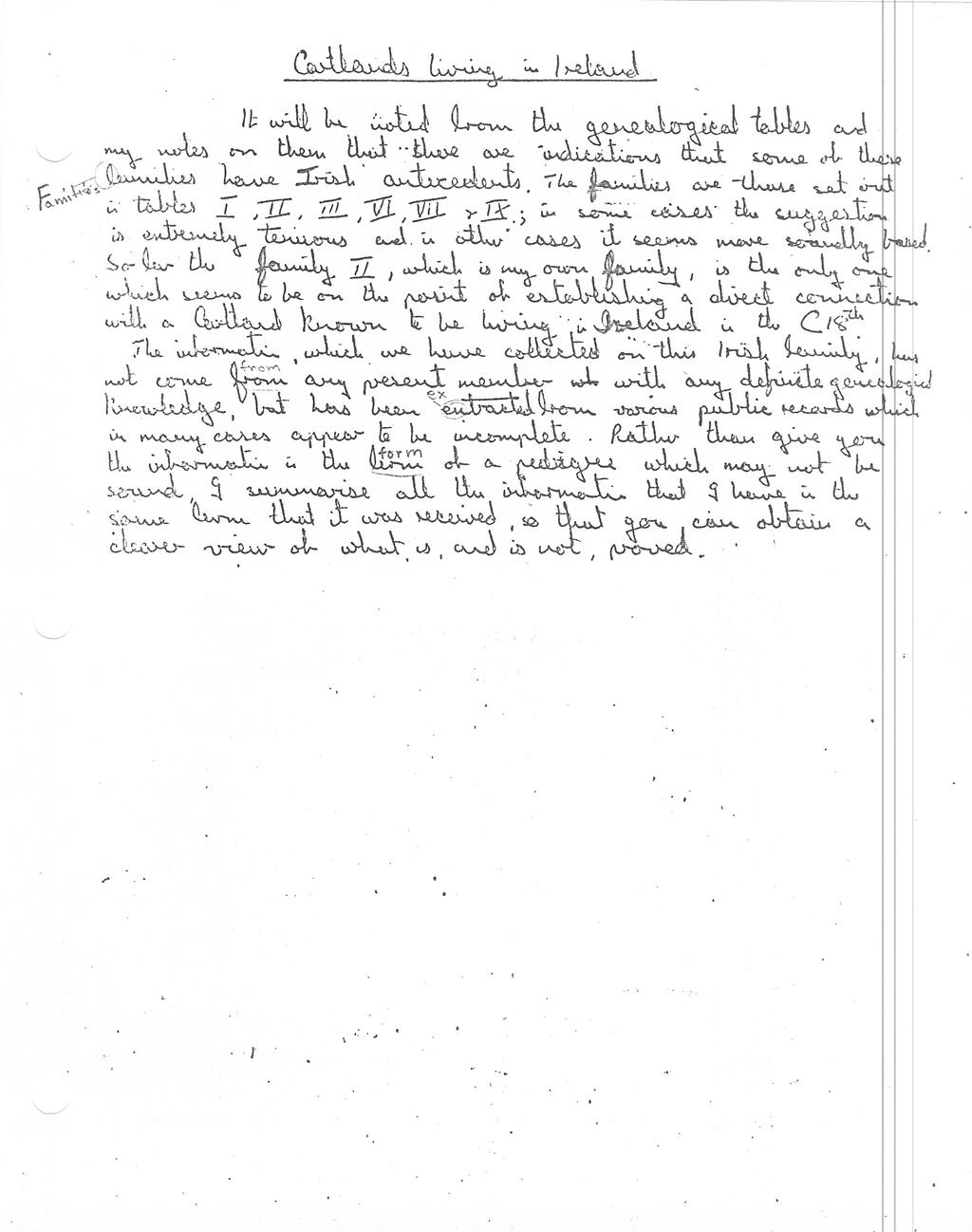

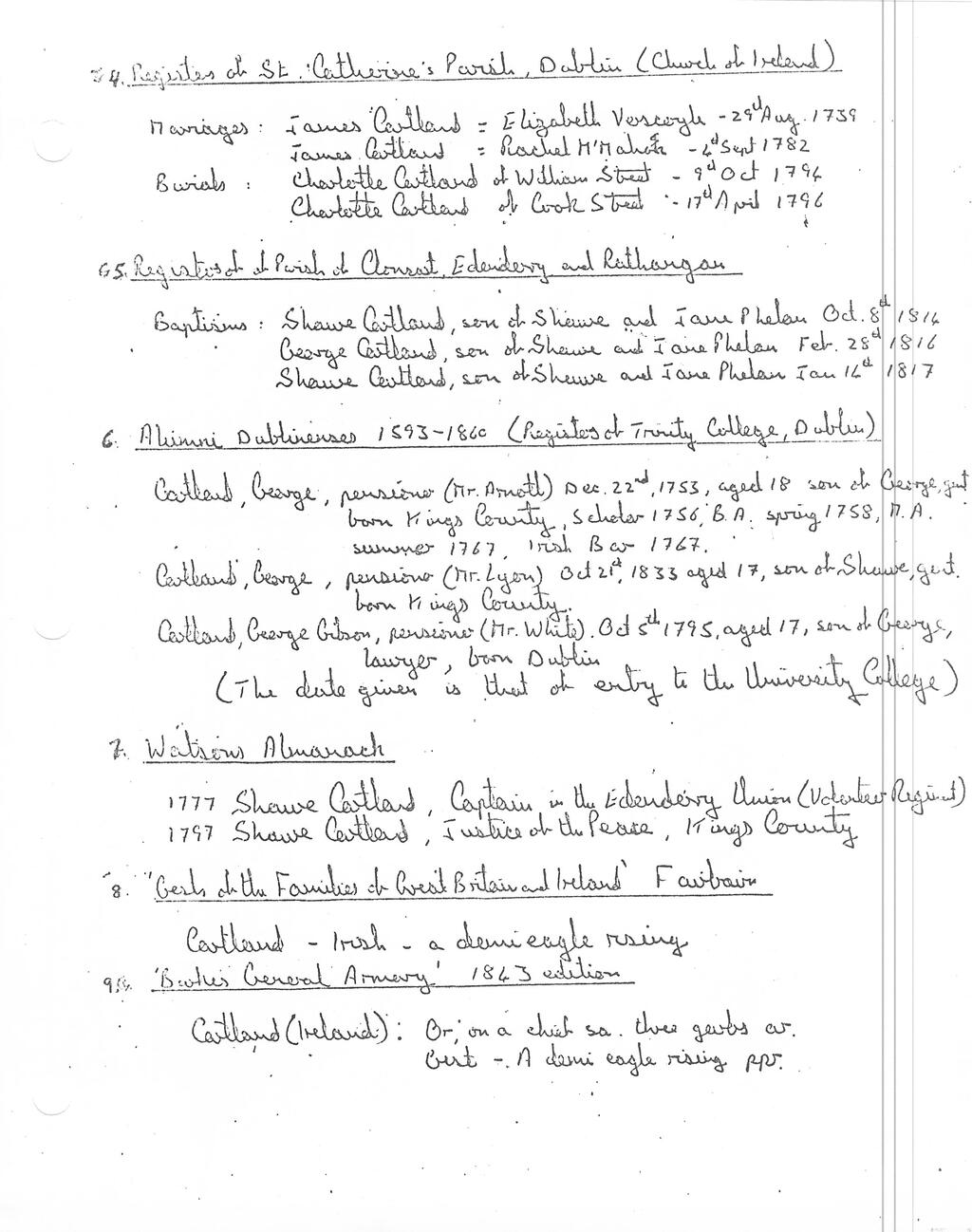
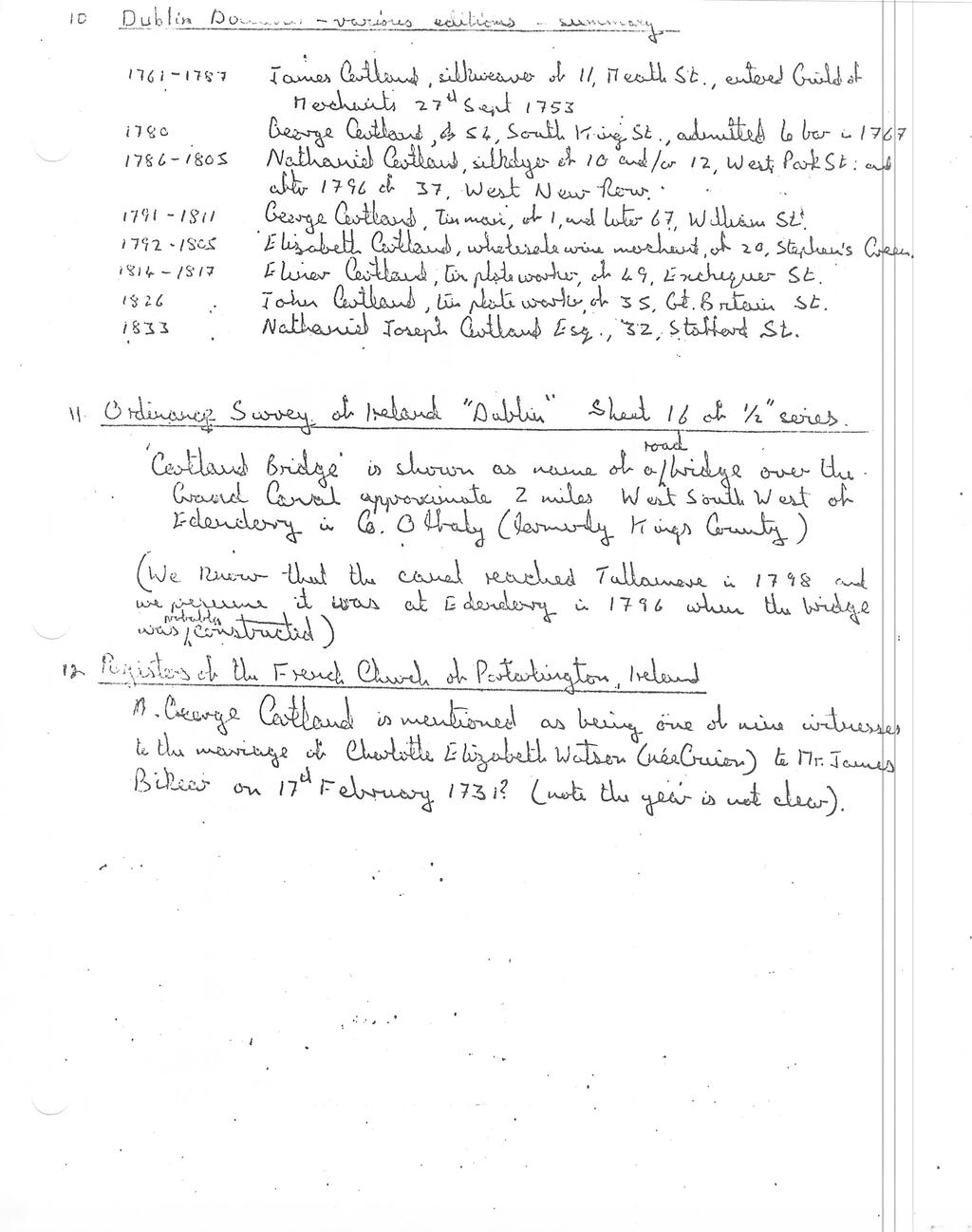
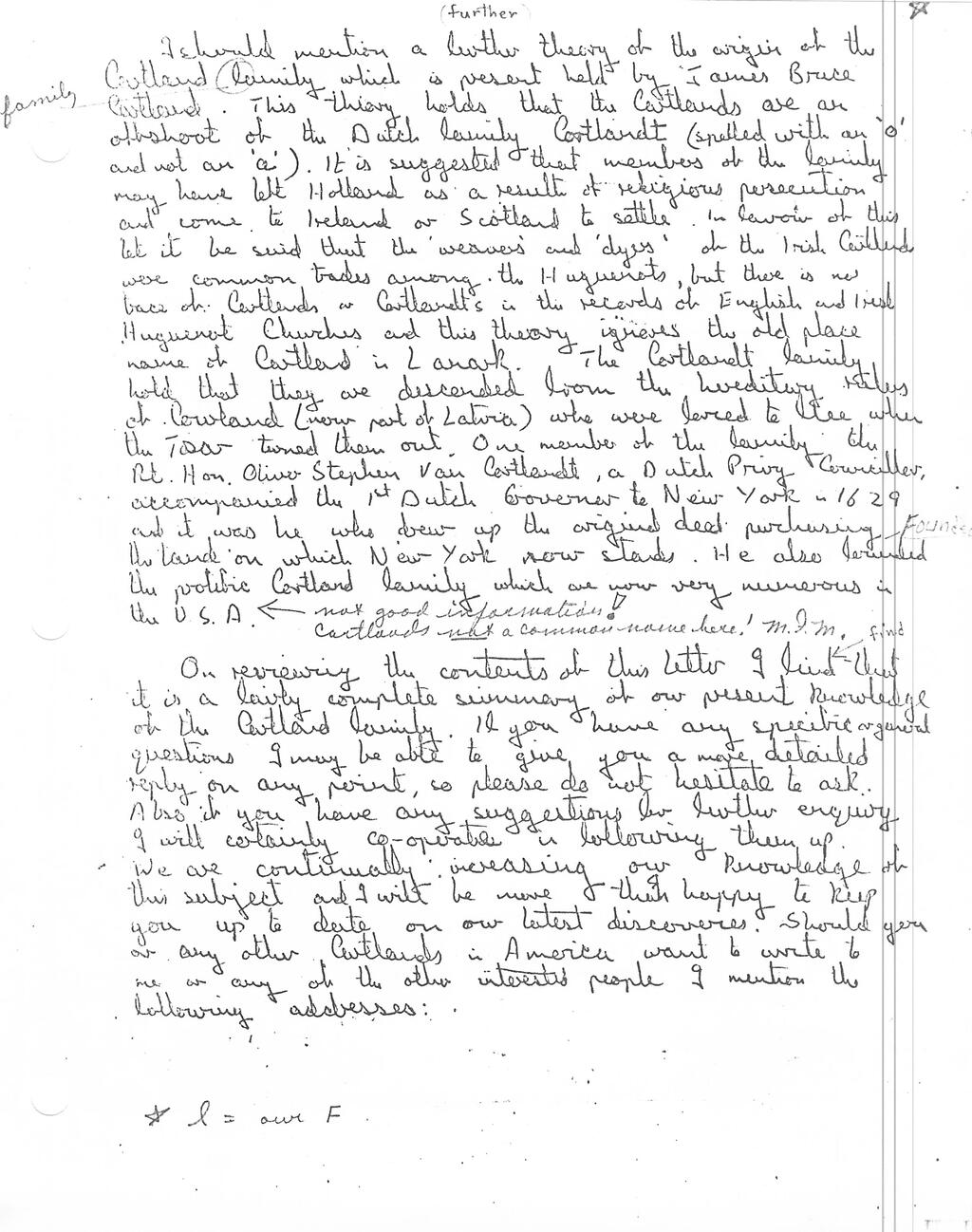
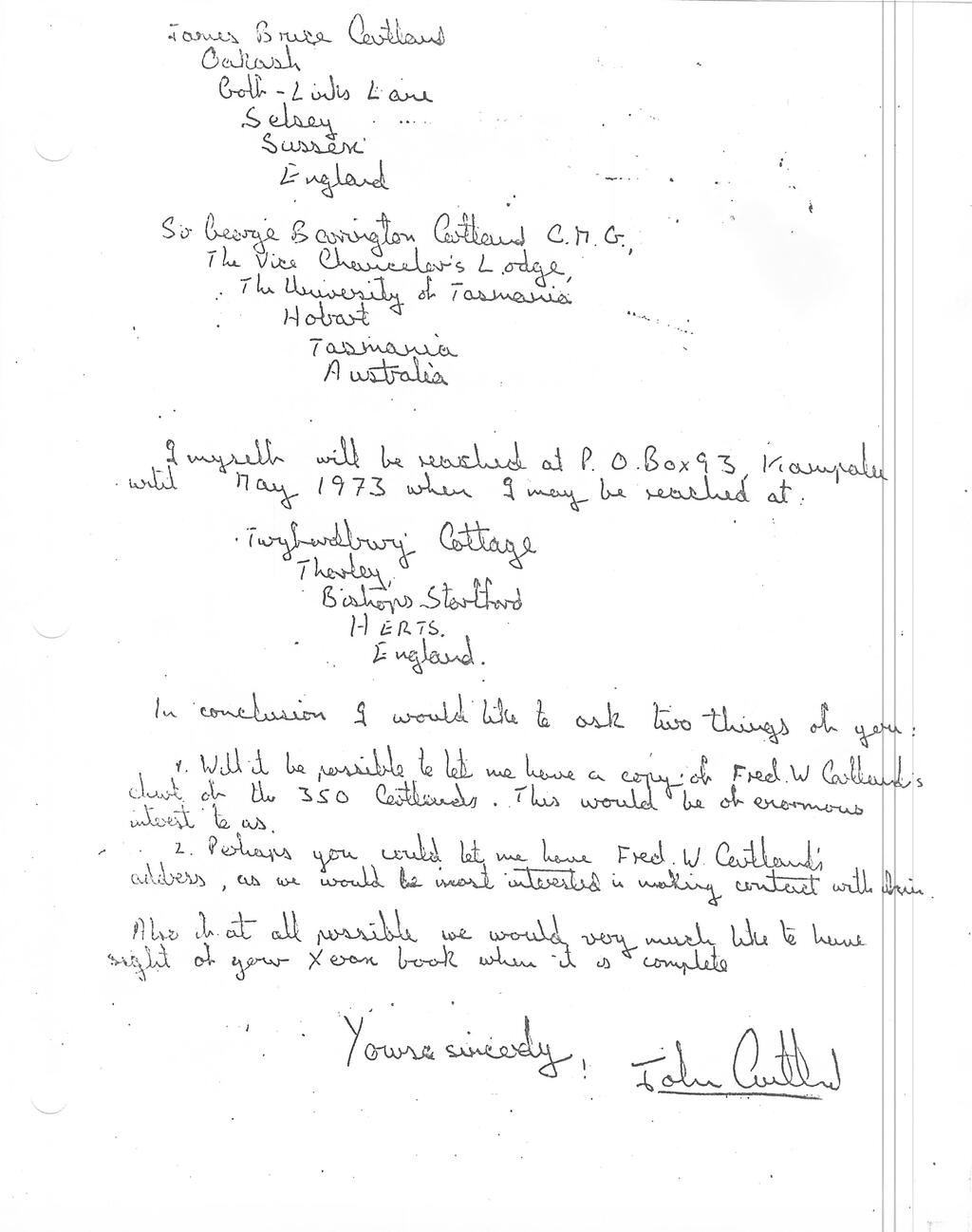
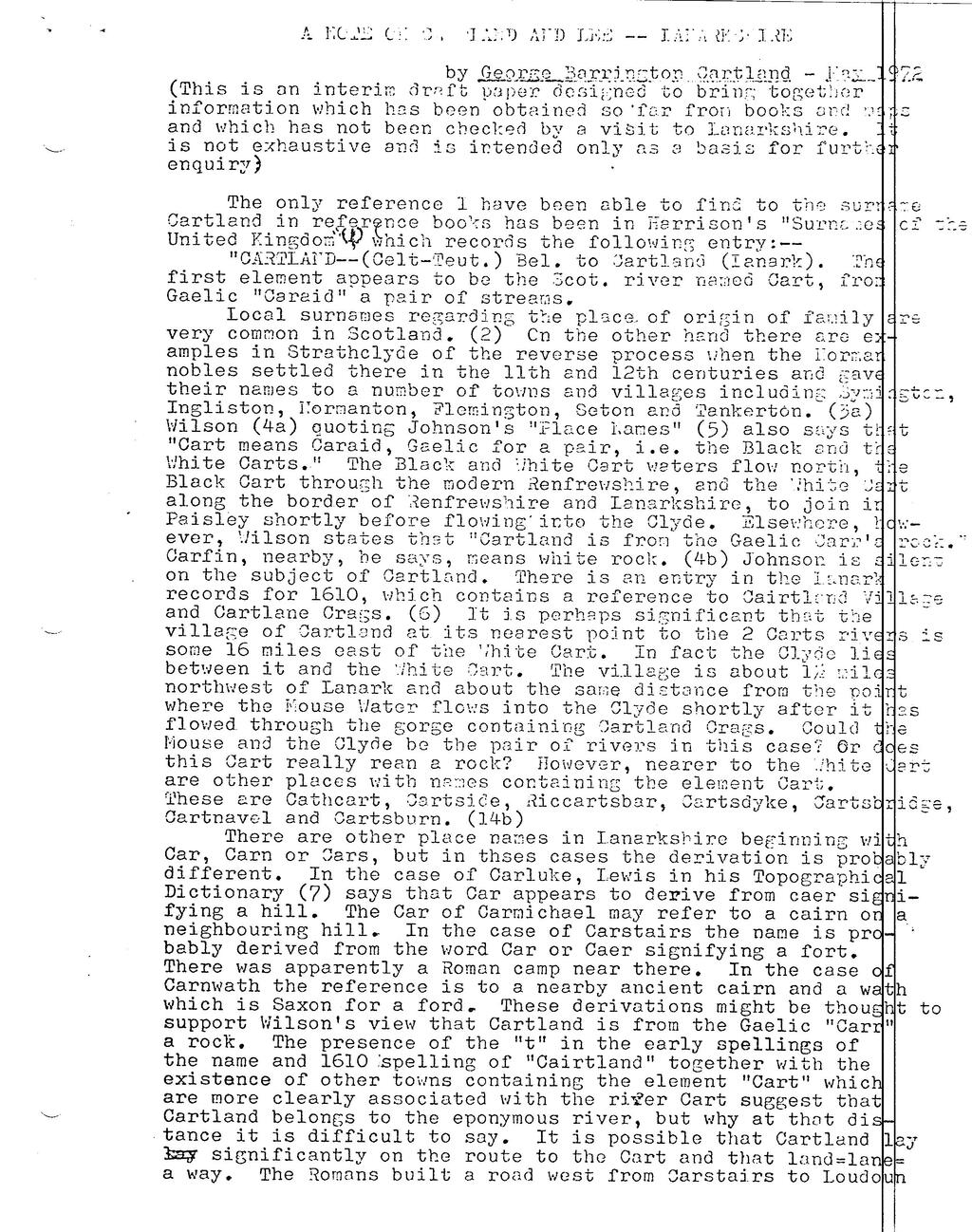
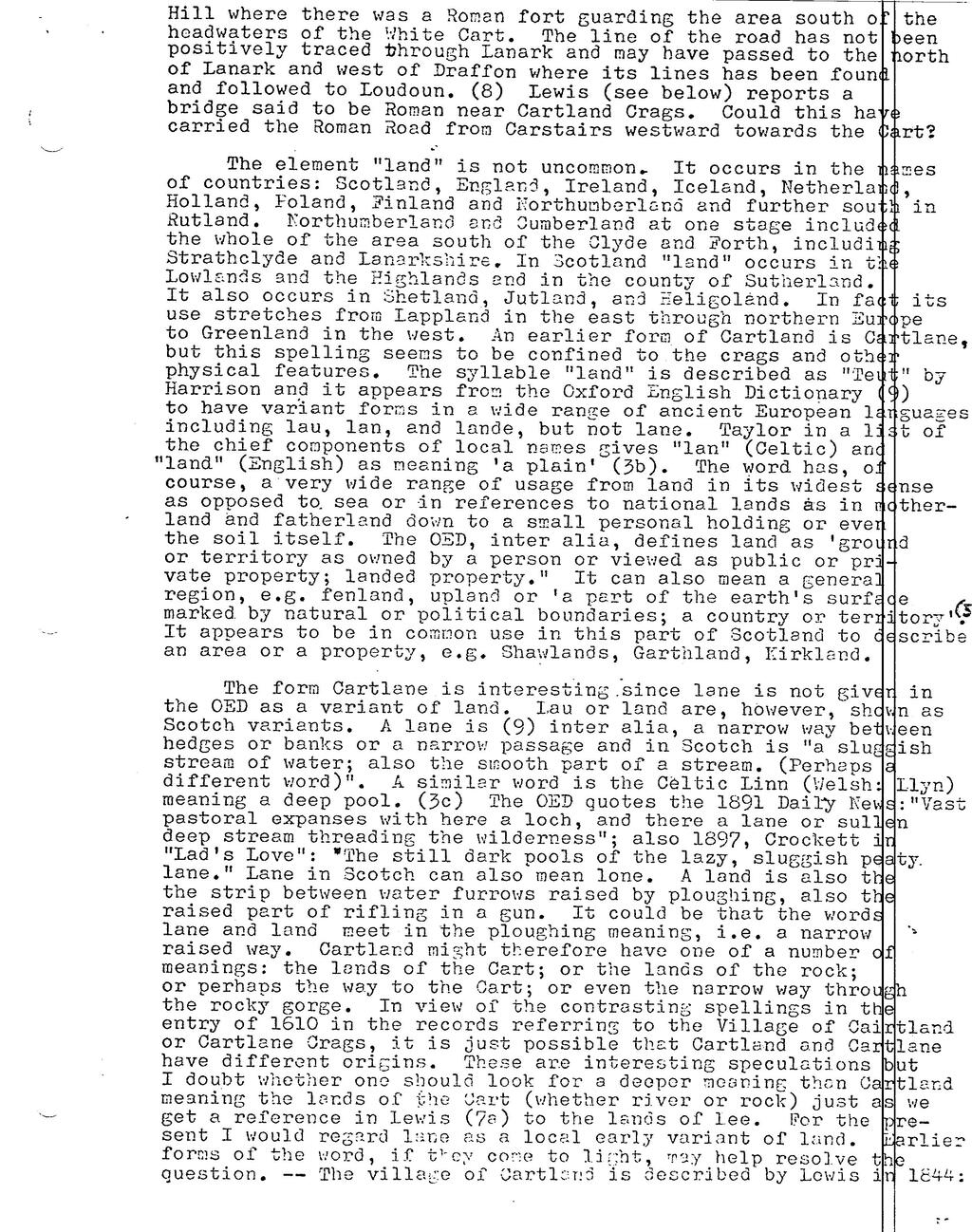
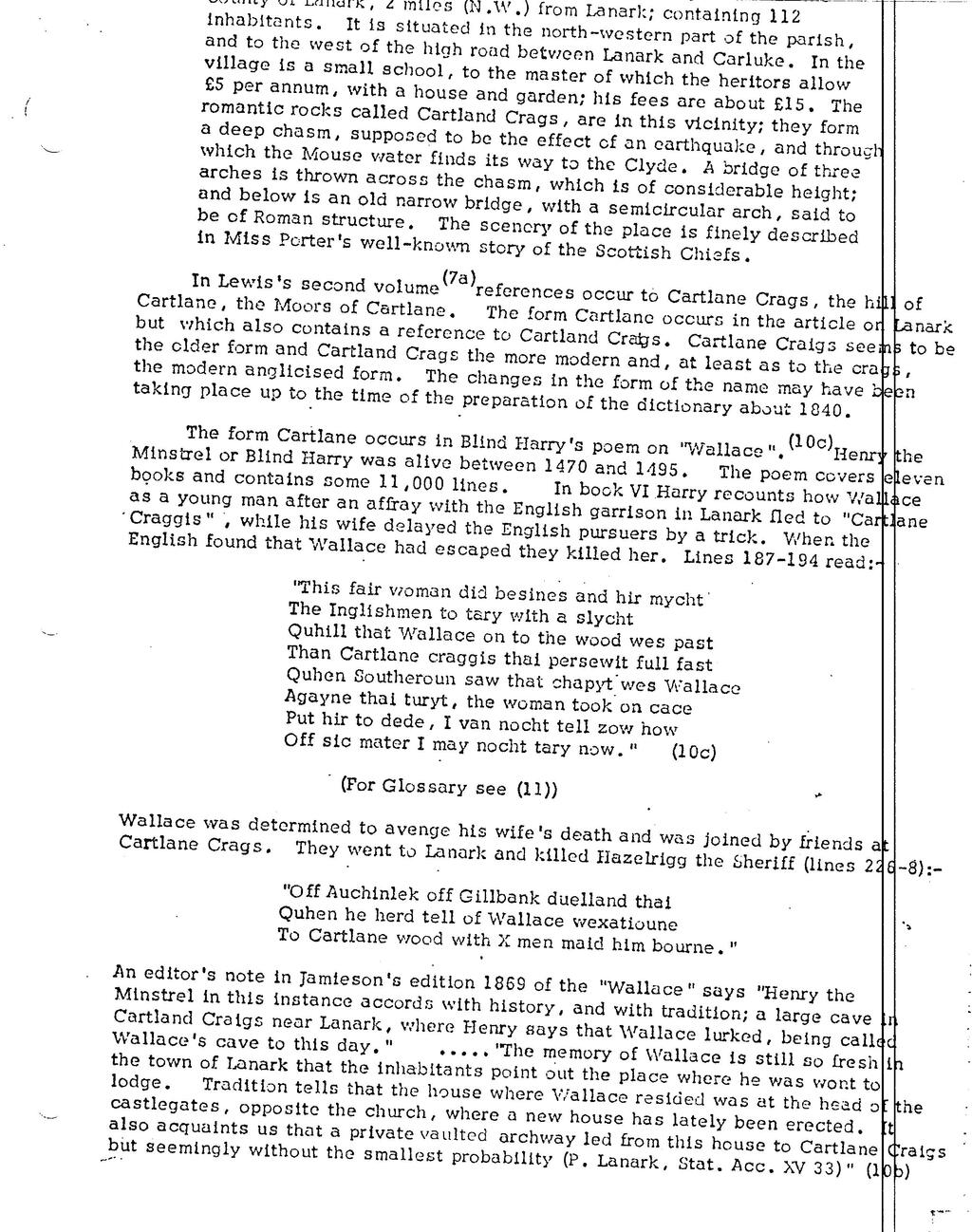
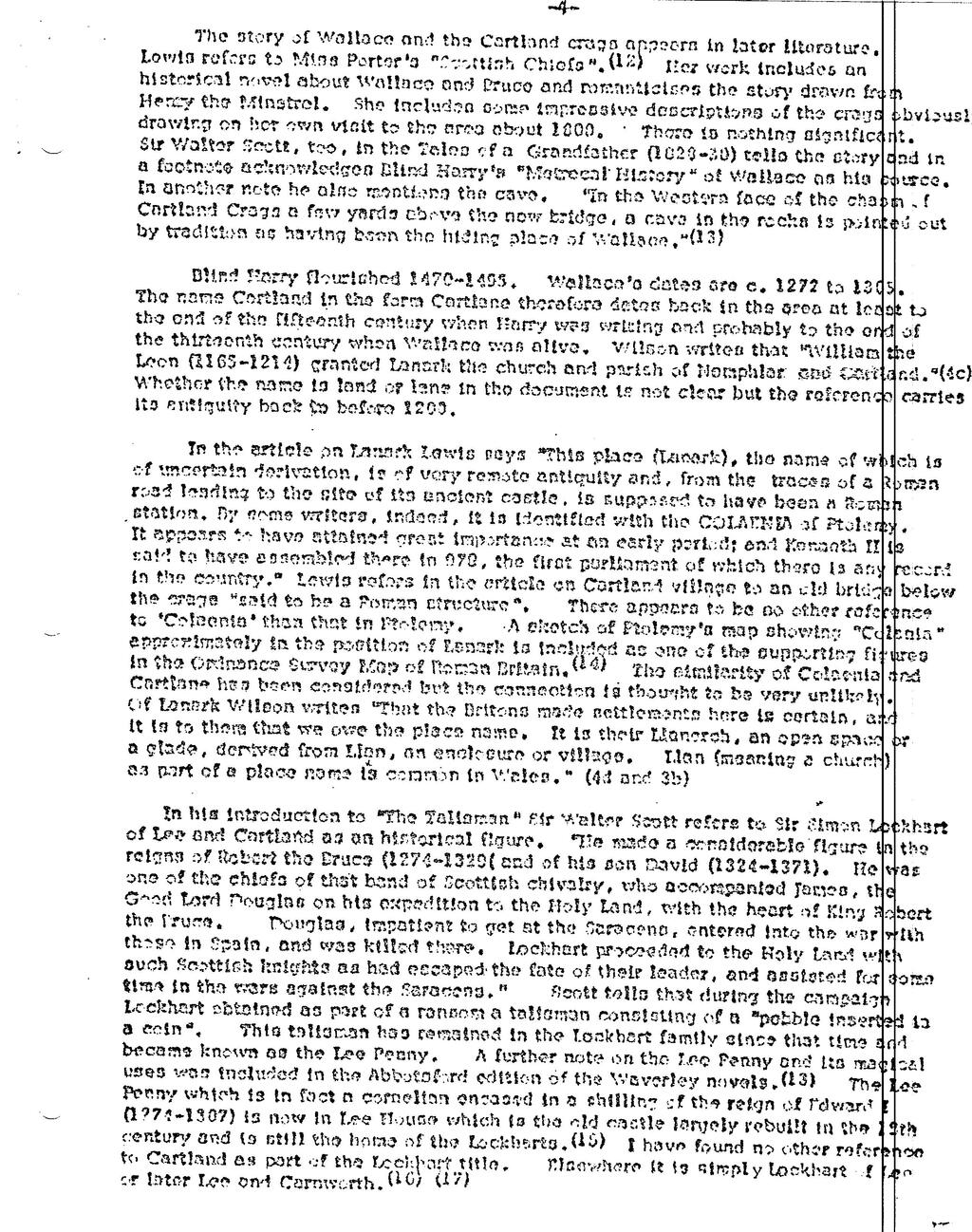
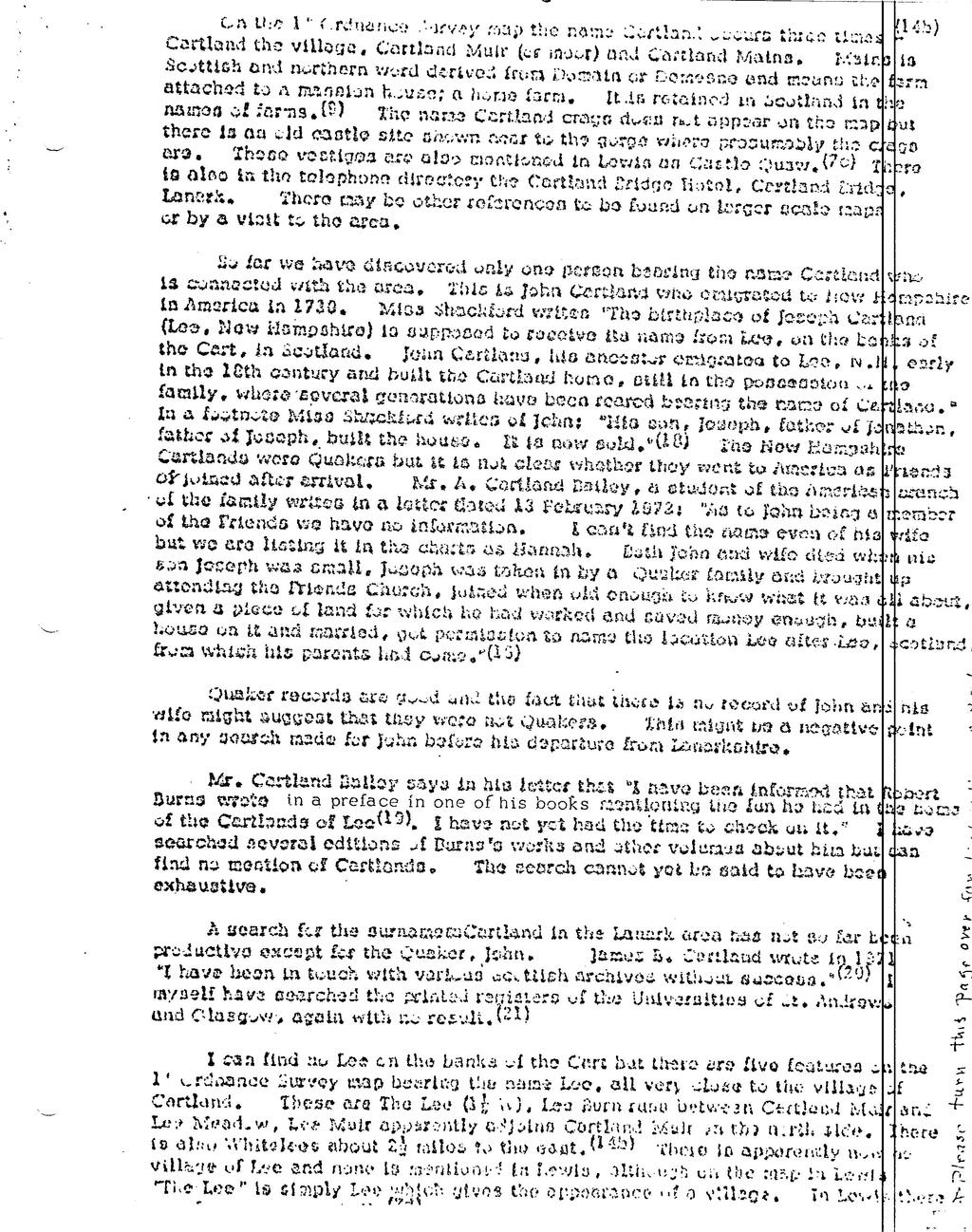
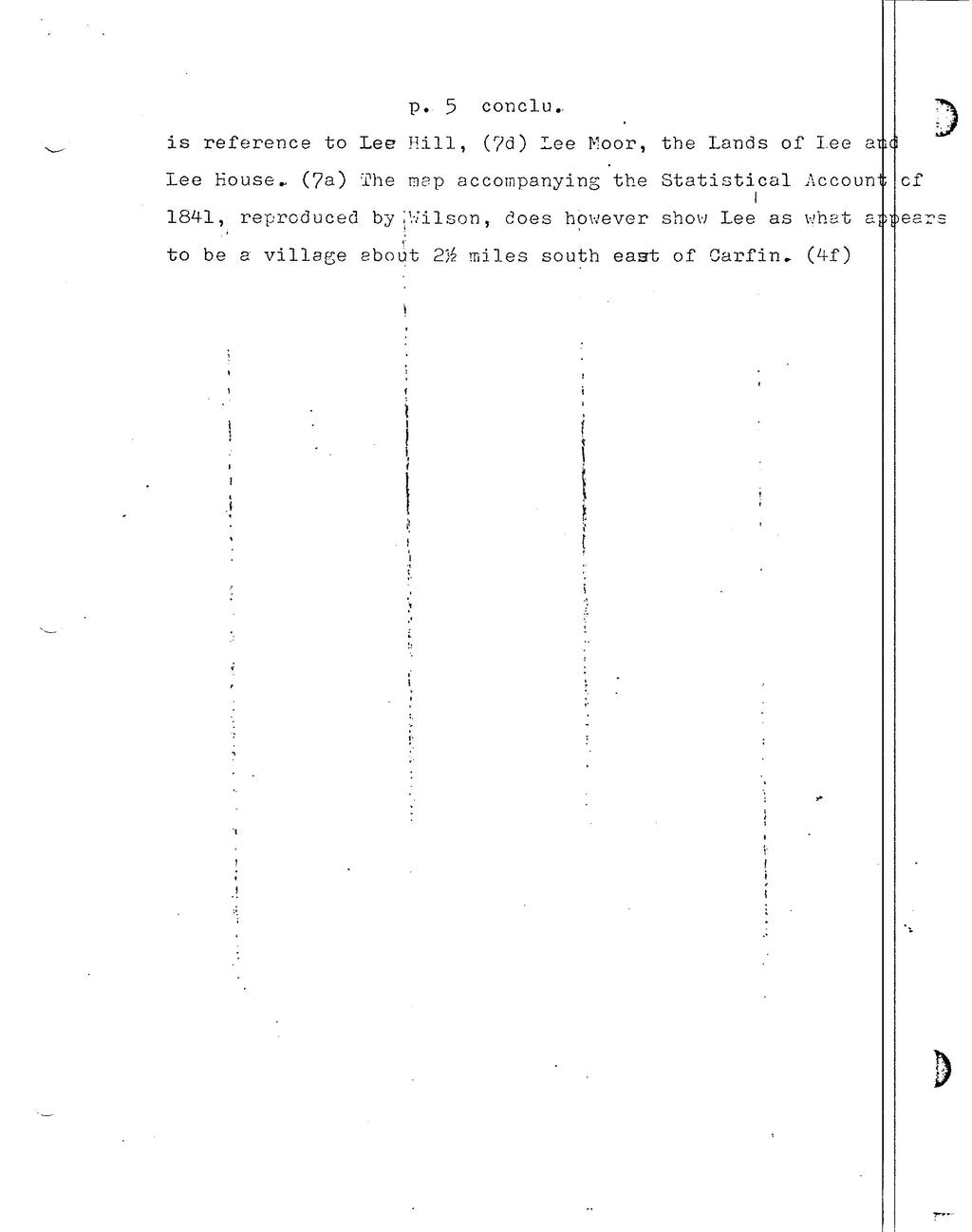
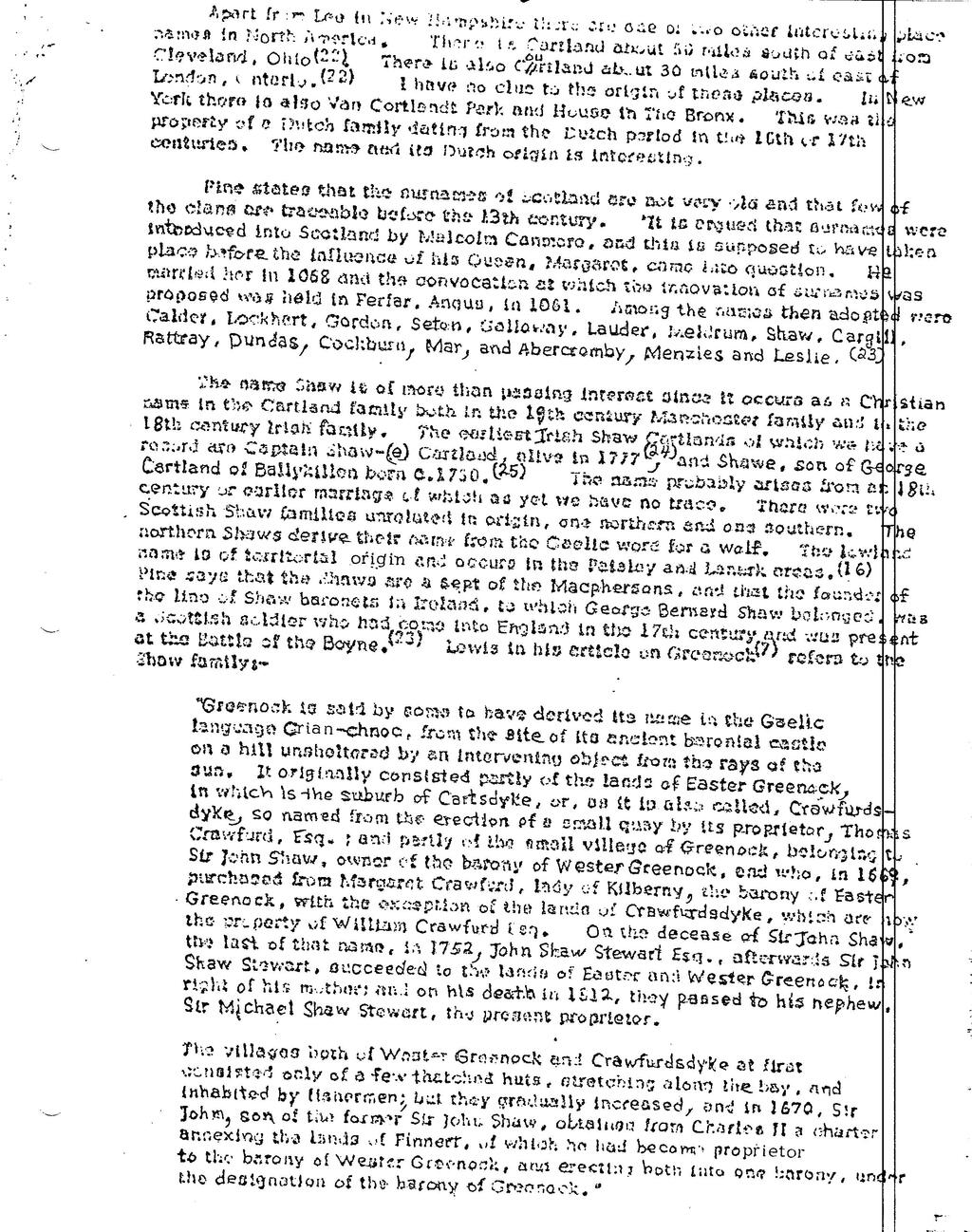
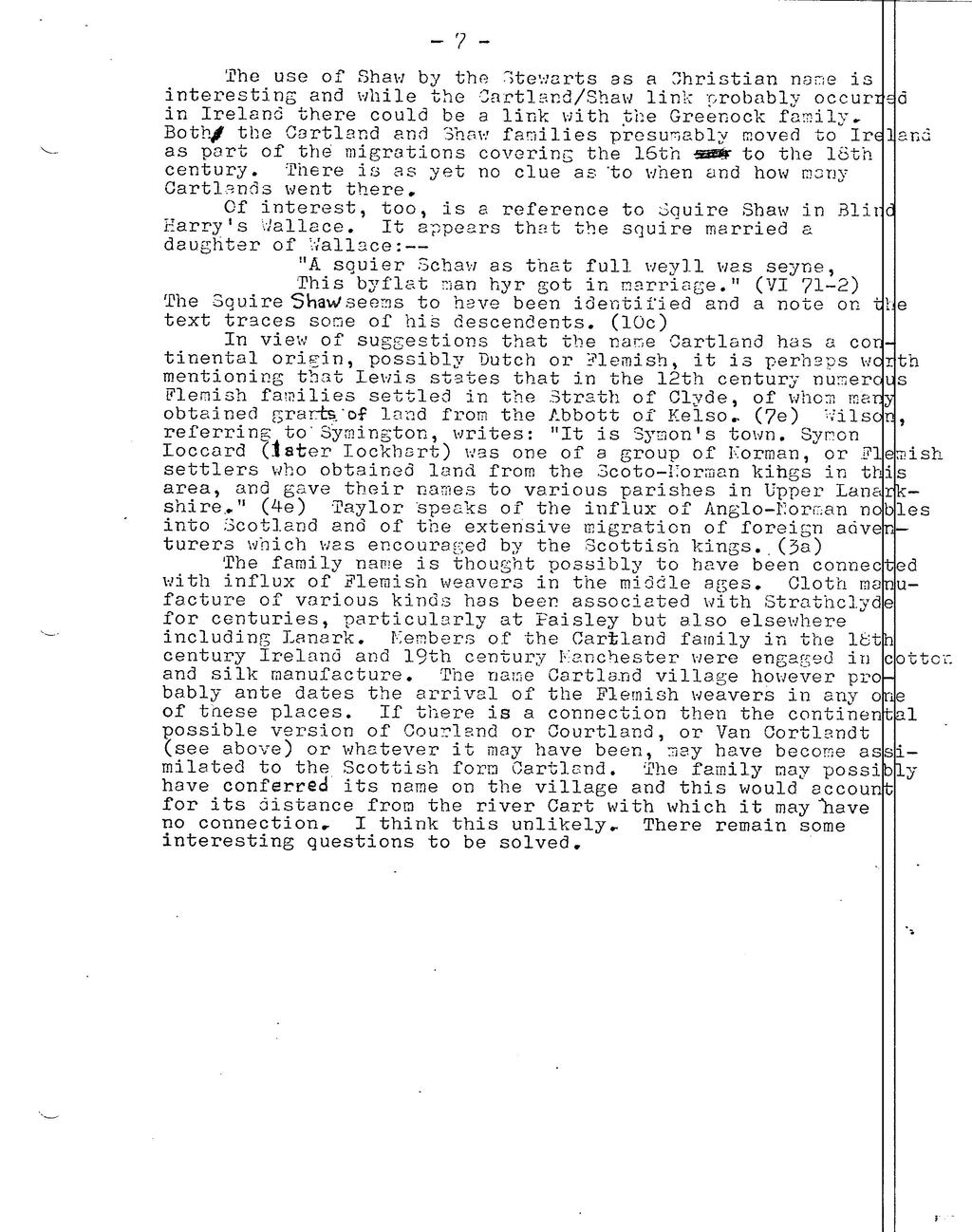
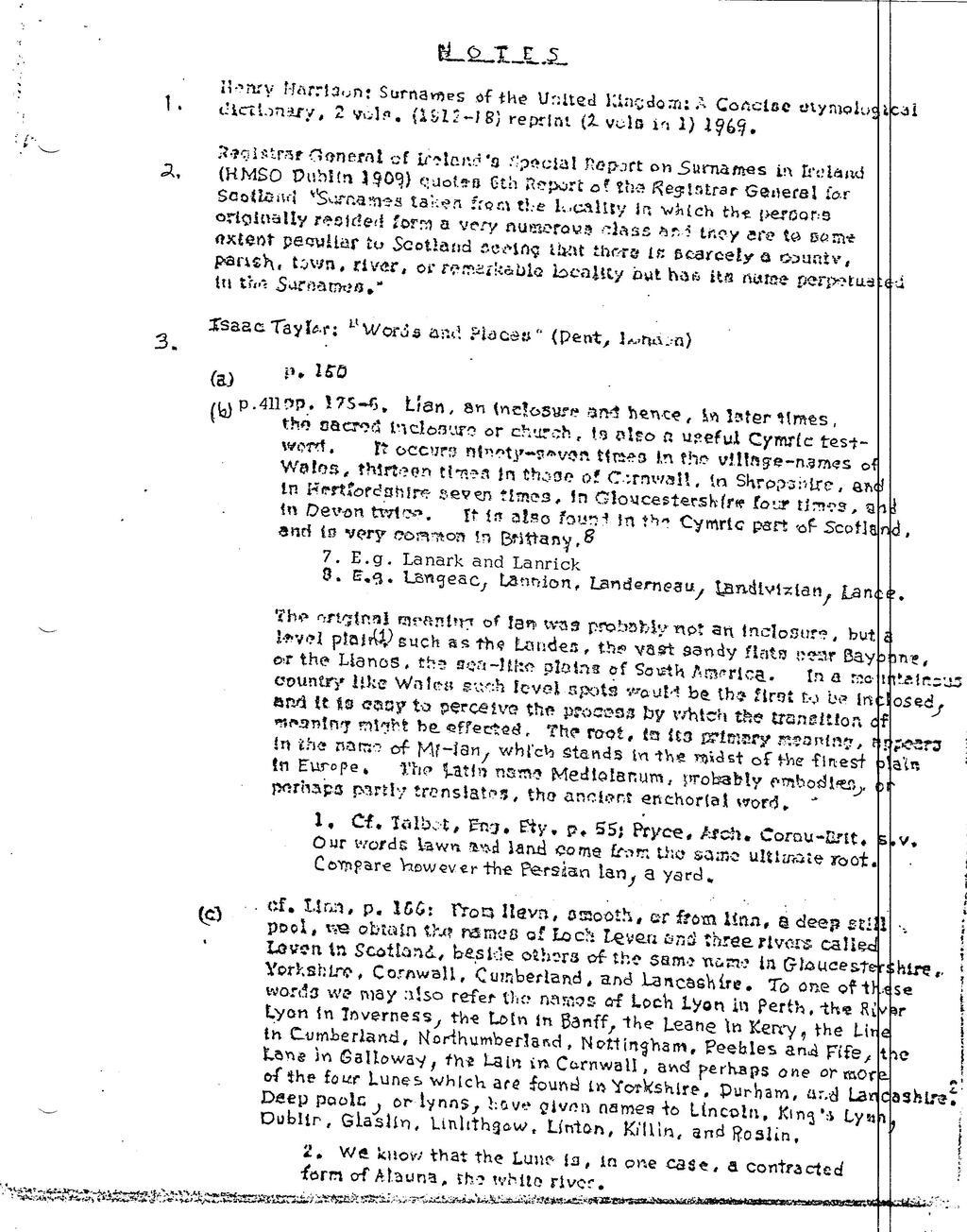
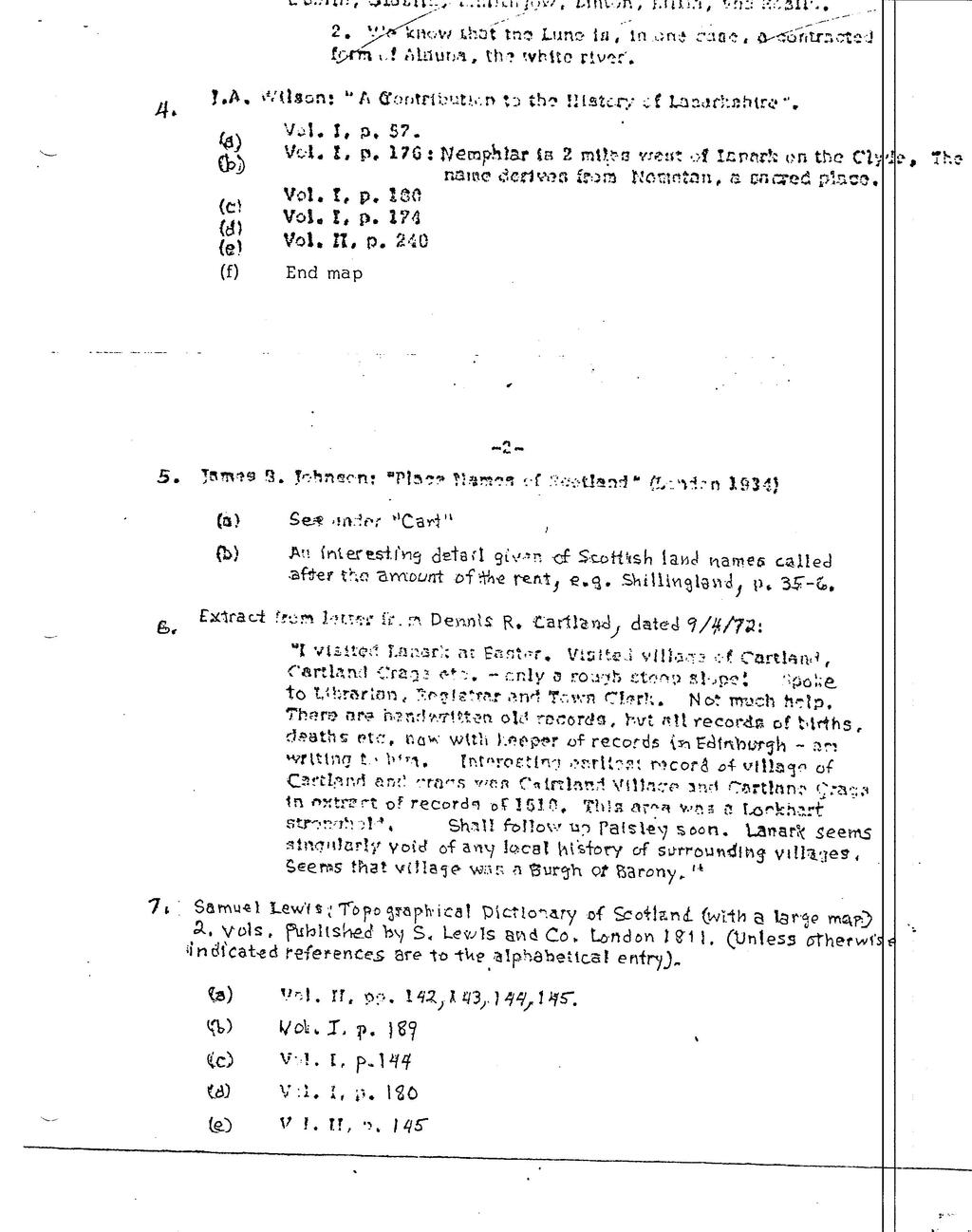
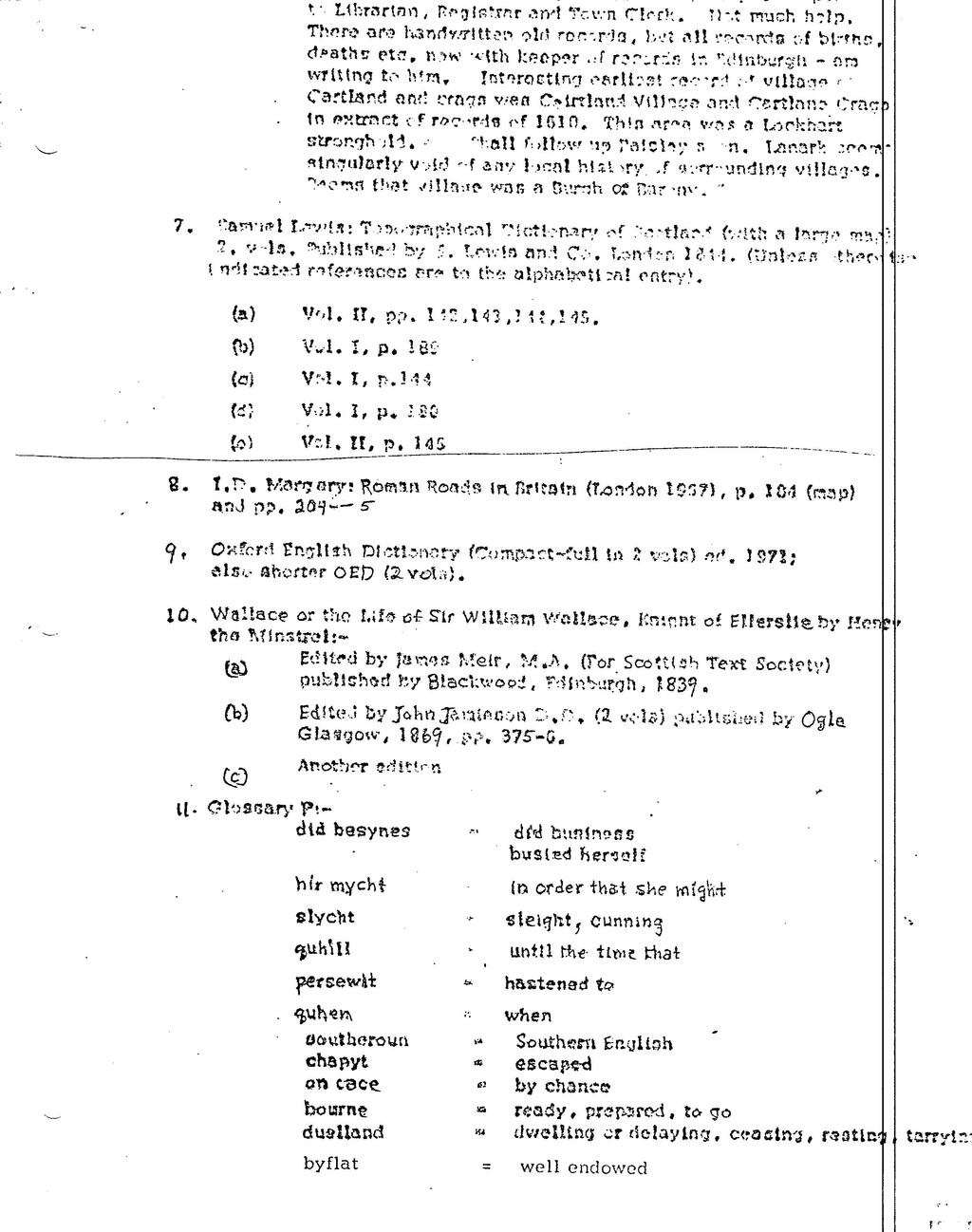
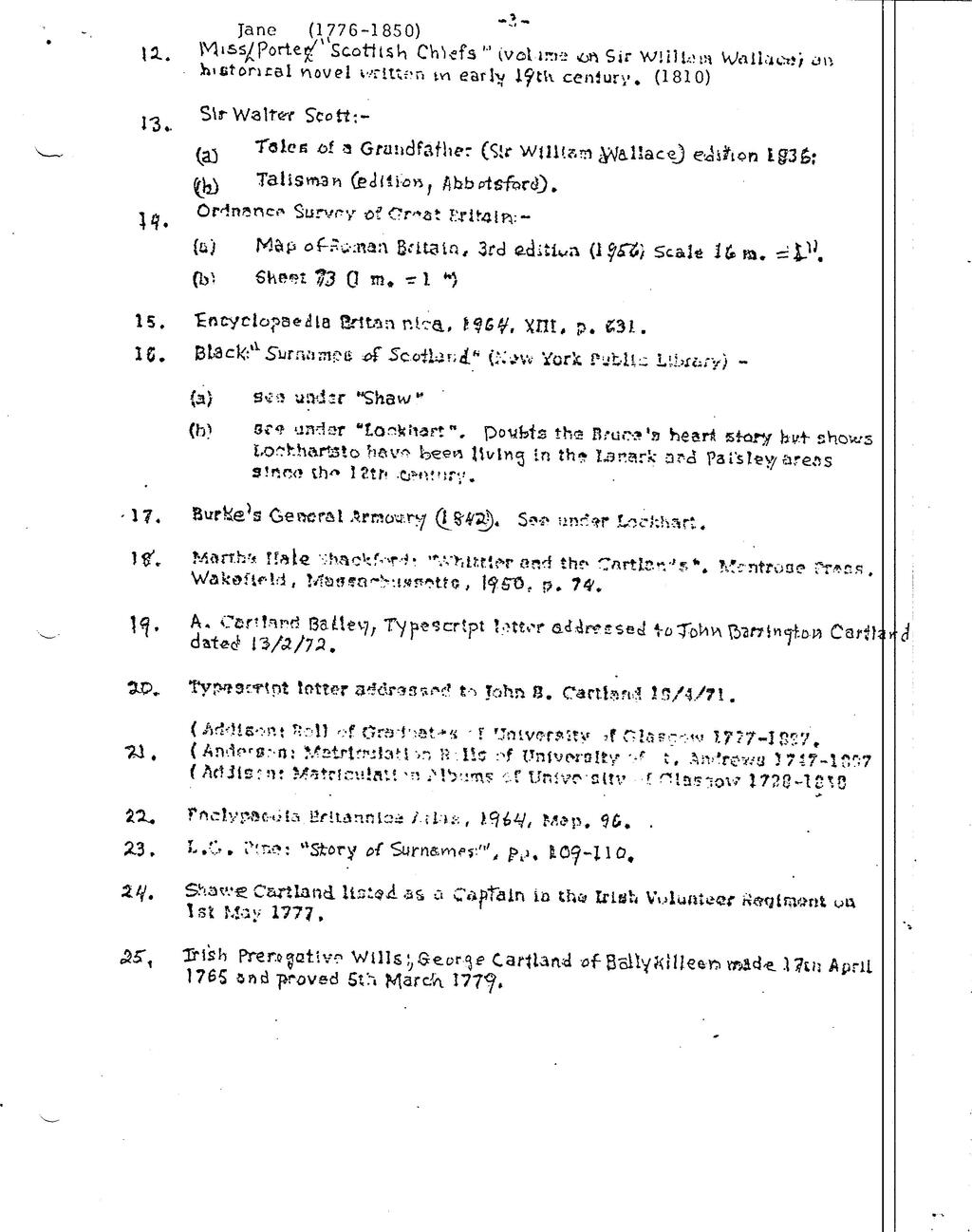
Letters to and from Arthur Cartland Bailey in preparing the above document.
-from John Barrington Cartland 2-March-1972
Scanned image
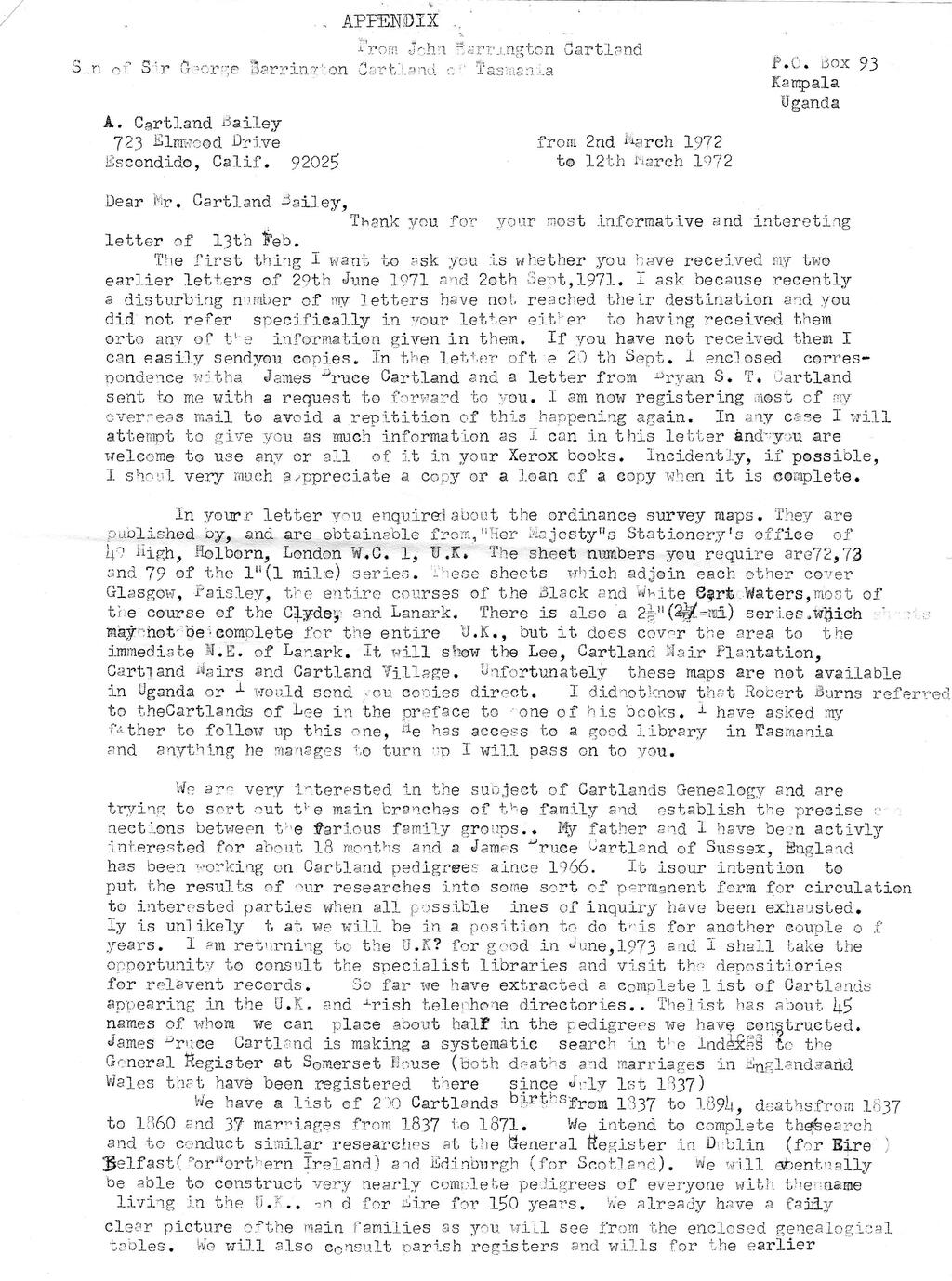
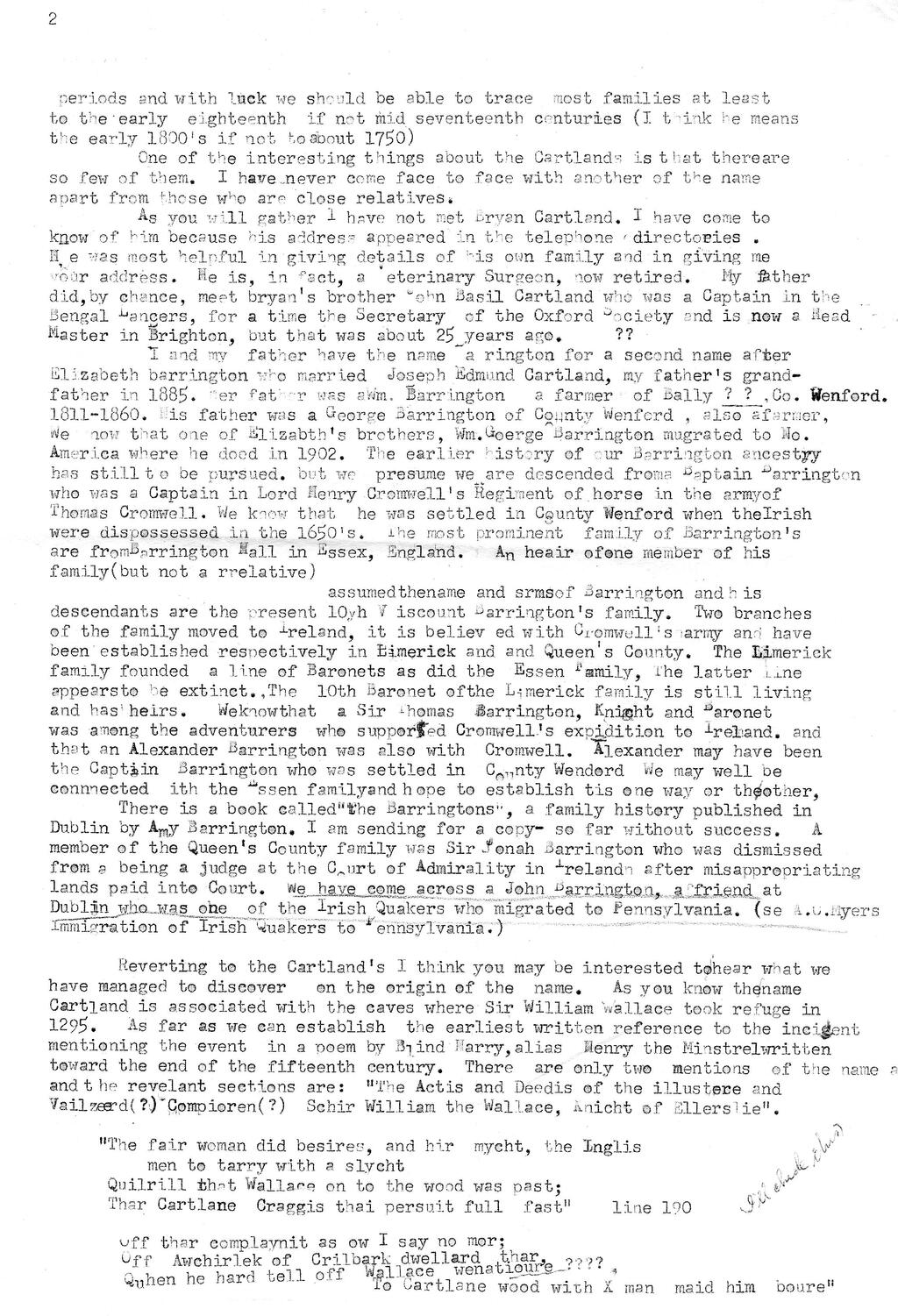
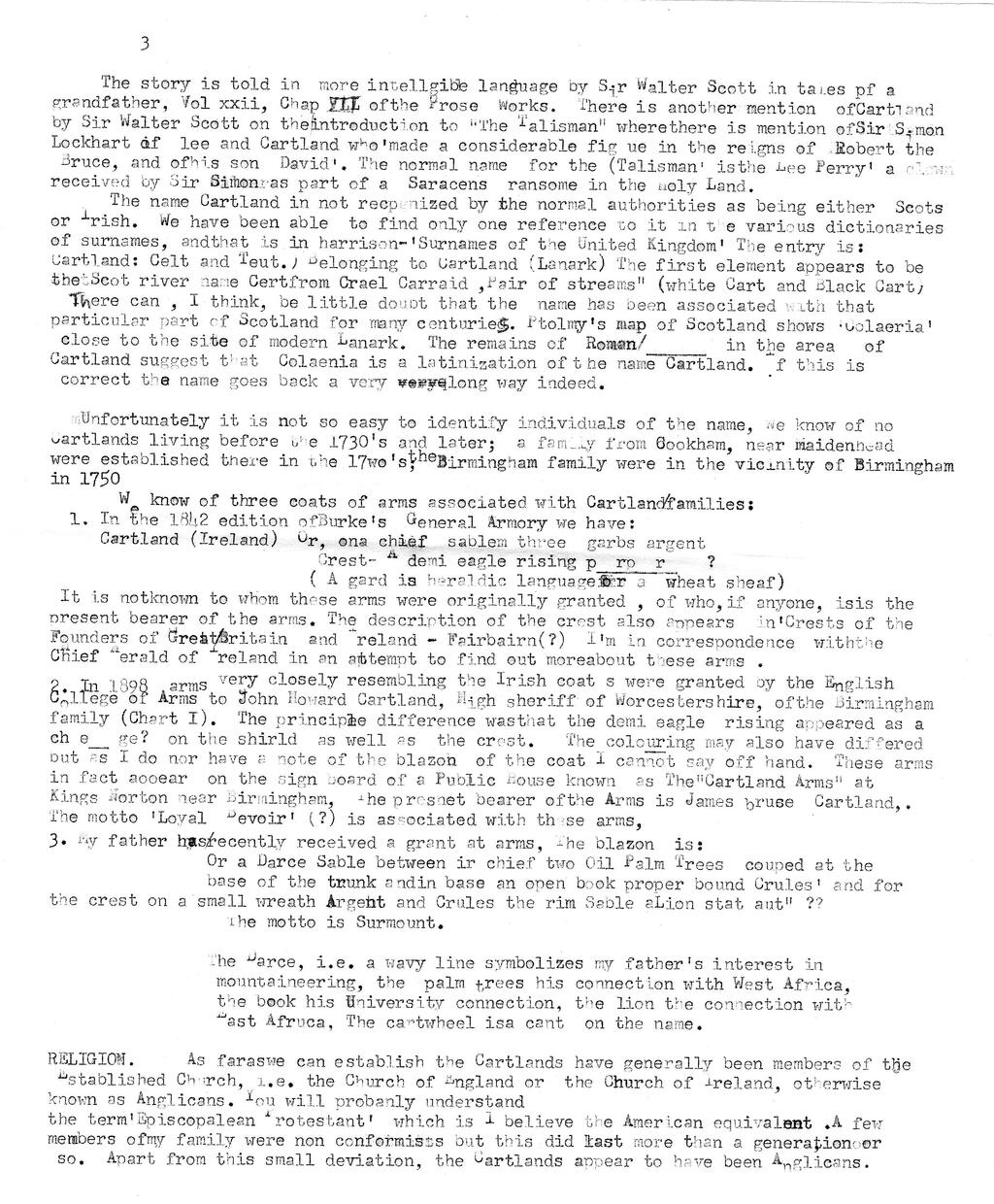
Transcription
Appendix
from John Barrington Cartland P.O. Box 93, Kampala, Uganda
son of Sir George Barrington Cartland of Tasmania.
A.Cartland Bailey
723 Elmwood Drive
Escondido, Calif. 92025 from 2nd March 1972 to 12 March 1972
Dear Mr. Cartland Bailey, thank you for your most informative and interesting letter of 13th 10.
The first thing I want to ask you is whether you have received my two earlier letters of 29th of June 1971 and 20 Sept. 1971. I ask because recently a disturbing number of my letters have not reached their destination and you did not refer specifically in your letter either to having received them or to any of the information given in them. If you have not received them I can easily send you copies. In the letter of the 20th Sept. I enclosed correspondence with a James Bruce Cartland and a letter from Bryan S. T. Cartland sent to me with a request to forward to you. I am now registering most of my overseas mail to avoid a repetition of this happening again. In any case I will attempt to give you as much information as I can in this letter and you are welcome to use any or all of it in your Xerox books. Incidentally, if possible, I should very much appreciate a copy or a loan of a copy when it is complete.
In your letter you enquired about the ordinance survey maps. They are published by, and are obtainable from, “Her Majesty’s Stationery’s office of 49 High, Holbron, London W.C. 1, U.K. The sheet numbers you require are 72, 73 and 79 of the 1â€(1 mile) series. These sheets which adjoin each other cover Glasgow, Paisley, the entire courses of the Black and White Cart Waters, most of the course of the Clyde, and Lanark. It will show the Lee, Cartland Nair Plantation, Cartland Nairs and Cartland Village. Unfortunately these maps are not available in Uganda or I would send you copies direct. I did not know that Robert Burns referred to the Cartlands of Lee in the preface to one of his books. I have asked my father to follow up this one. He has access to a good library in Tasmania and anything he manages to turn up I will pass on to you.
We are very interested in the subject of Cartlands Genealogy and are trying to sort out the main branches of the family and establish the precise elections between the various family groups. My father and I have been actively interested for about 18 months and a James Bruce Cartland of Sussex, England has been working on Cartland pedigrees since 1966. It is our intention to put the results of our researches into some sort of permanent form for circulation to interested parties when all possible lines of inquiry have been exhausted. It is unlikely that we will be in a position to do this for another couple of years. I am returning to the UK? For good in June 1973 and I shall take the opportunity to consult a specialist libraries and visit to depositories for relevant records. So far we have extracted a complete list of Cartlands. In the UK and Irish telephone directories. The list has about 45 names of whom we can place about half in the pedigrees we have constructed. James Bruce Cartland is making a systematic search in the Indexes to the General Register at Somerset House (both desk and marriages in England and Wales they have been registered there since July 1, 1837).
We have a list of 200 Cartlands births from 1837 1894, deaths from 1837 to 1860 and 37 marriages for 1837 to 1871. We intend to complete the search and to conduct similar researches at the General Register in Dublin (Eire) Belfast (Northern Ireland) and Edinburgh (for Scotland). We will eventually be able to construct very nearly complete pedigrees of everyone with the name living in the UK and for Eire for 150 years. We already have a fairly clear picture of the main families as you will see from the enclosed genealogical tables. We will also consult parish registers and wills for the earlier periods and with luck we should be able to trace most families at least to the early 18th if not mid 17th centuries (I think he means the early 1800s if not to about 1750).
One of the interesting things about the Cartland's is that there are so few of them. I have never come face-to-face with another of the name apart from those who are close relatives.
As you will gather I have not met Bryan Cartland. I have come to know what him because his address appeared in the telephone directories. He was most helpful in giving details of his own family and giving me your address. He is, in fact, a Veterinary Surgeon, now retired. My father did, by chance, meet Bryan's brother John Basil Cartland who was a Captain in the Bengal Lancers, for a time the Secretary of the Oxford Society and is now a headmaster in Brighton, but that was about 25 years ago.
I and my father have the name Barrington for a second name after Elizabeth Barrington who married aJoseph Edmund Cartland, my father's grandfather in 1885. Her father was a William Barrington a farmer of Bally????, Co. Wenford. 1811-1860. His father was a George Barrington of County Winford, also a farmer. We know that one of Elizabeth's brothers William George Barrington migrated to North America where he died in 1902. The earlier history of our Barrington ancestry has still to be pursued. But we presume we are just descended from a Baptain[?] Barrington who was a captain in Lord Henry Cromwell's Regiment of course in the army of Thomas Cromwell. We know that he was settled in County Wenford when the Irish were dispossessed in the 1650s. The most prominent family of Barrington's are from Barrington Hall in Essex, England an heir of one member of his family (but not a relative) assumed the name and srms[?] of Barrington and his descendents are the present 10th Viscount Barrington's family. Two branches of the family moved to Ireland, is believed with Cromwell’s army and have been established respectively in Limerick and Queen’s County. The Limerick family founded a line of Baronets as did the Essen family. The latter line appears to be extinct. The 10th Baronet of the Limerick family is still living and has heirs. We know that a Sir Thomas Barrington, Knight and Baronet was among the adventurers who supported Cromwell’s expedition to Ireland and that an Alexander Barrington was also with Cromwell. Alexander may have been the Capt. Barrington who was settled in County Wendord. He may well be connected with the Essen family and hope to establish this one way or the other.
There is a book called “the Barrington's", a family history published in Dublin by Amy Barrington. I'm sending for a copy– so far without success. A member of the Queen’s County family was Sir Jonah Barrington who was dismissed from being a judge at the Court of Admiralty in Ireland after misappropriating lands paid into court. We have come across a John Barrington, a friend at Dublin who was one of the Irish Quakers who migrated to Pennsylvania. )See A. C. Myers immigration of Irish Quakers to Pennsylvania.)
Reverting to the Cartland's I think you may be interested to hear what we have managed to discover on the origin of the name. As you know the name Cartland is associated with the caves where Sir William Wallace took refuge in 1295. As far as we can establish the earliest written reference to the incident mentioning the event in a poem by Blind Harry, alias Henry the Minstrel written toward the end of the 15th century. There are only two mentions of the name and the relevant sections are:
“THE ACTIS AND DEIDIS OF THE ILLUSTERE AND VAIL^EAND CAMPIOUN, SCHIR WILLIAM WALLACE KNICHT OF ELLERSLIEâ€.
“This fair woman did besines, and hir mycht, The Inglis men to tary with a slycht, Quhill that Wallace on to the wood wes past ; Than Cartlane craggis thai persewit full fast.â€
“Off thar complaynt as now I say no mar ; Off Awchinlek off Gilbank duelland thar, Quhen he hard tell off Wallace wexatioune, To Cartlane wood with x men maid him boune.â€
ED NOTE: “There is a considerable amount of local tradition connecting Wallace with Lanark and its neighbourhood, but it is difficult to say how much of this has an origin independent of Harry's poem. That Wallace was in Lanark in May 1297, and killed Hazelrig, is abundantly proved. A large cave in Cartland Crags, near Lanark, is called Wallace's Cave to this day.†from the book and digitized by Google.
The story is told in more intelligible language by Sir Walter Scott in tales of a grandfather, Vol xxii, Chap VII of the Prose Works. There is another mention of Cartland by Sir Walter Scott on the introduction to “The Talisman†where there is mention of Sir Simon Lockhart of Lee and Cartland who made a considerable fig ue[?] in the reigns of Robert the Bruce, any of his son David. The normal name for the Talisman is the Lee Perry a clown received by Sir Simon as part of a Saracens ransom in the holy land.
The name Cartland is not recognized by the normal authorities as being either Scots or Irish. We have been able to find only one reference to it in the various dictionaries of surnames, and that is it Harrison - ‘Surnames of the United Kingdom’. The entry is Cartland: Celtic and Teut. Belonging to Cartland (Lanark). The first element appears to be the Scot river name Cert from Crael Carraid, Pair of streams: (white Cart and Black Cart).
There can, I think, be little doubt that the name has been associated with that particular part of Scotland for many centuries. Ptolmy’s map of Scotland shows ‘Colaeria’ close to the site of modern Lanark. The remains of Roman/____ in the area of Cartland suggest that Colaenia ia latinization of the name Cartland. It this is correct the name goes back a very long way indeed.
Unfortunately it is not so easy to identify individuals of the name. We know of no Cartlands living before the 1730’s and later; a family fro Cookham, near Maidenhead were established there in the 1730’s; the Birmingham family were in the vicinity of Birmingham in 1750.
We know of three coats of arms associated with Cartland families
1. In the 1842 edition of Burke’s General Armory we have Cartland (Ireland) Or, on a chief sablem[?] three garbs argent. Crest- A demi eagle rising p__rp__r_ ? (A gard is heraldic language for a wheat sheaf).
It is not known to whom these arms were originally granted, or who, if anyone, is the present bearer of the arms. The description of the crest also appears in "Crests of the Founders of Great Britain and Ireland– Fairbairn(?)†I am in correspondence with the Chief Herald of Ireland in an attempt to find out more about these arms.
2. In 1898 arms very closely resembling the Irish coats were granted by the English College of Arms to John Howard Cartland, high Sheriff of Worcestershire, of the Birmingham family (Chart I). The principal difference was that the demi eagle rising appeared as a cg e__ge? on the shield as well as the crest. The colouring may also have differed but as I do nor have a note of the blazon of the coat I cannot say offhand. These arms in fact appear on the sign board of a Public House known as The “Cartland Arms†at Kings Norton near Birmingham. The present bearer of the Arms is James Bruce Cartland. The motto ‘Loyal Bevoir’ (?) is associated with these arms.
3. My father has recently received a grant at arms, the blazon is: Or a Darce Sable between ir chief two Oil Palm Trees couped at the base of the trunk and in base an open book proper bound Crules’ and for the crest on a small wreath Argent and Crules the rim Sable aLion stat aut†?? The motto is Surmount.
The Darce, i.e. a wavy line symbolizes my father’s interest in mountaineering, the palm trees his connection with West Africa, the book his University connection, the lion the connection with East Africa, The cartwheel is a cant on the name.
RELIGION. As far as we can establish the Cartland's have generally been members of the Established Church i.e. the Church of England or the Church of Ireland, otherwise known as Anglicans. You will probably understand the term "Episcopalean Protestant†which is I believe the American equivalent. A few members of my family were nonconformists but this didn't last more than a generation or so. Apart from this small deviation, the Cartlands appear to have been Anglicans.
-to Martha McCourt 21-March-1972
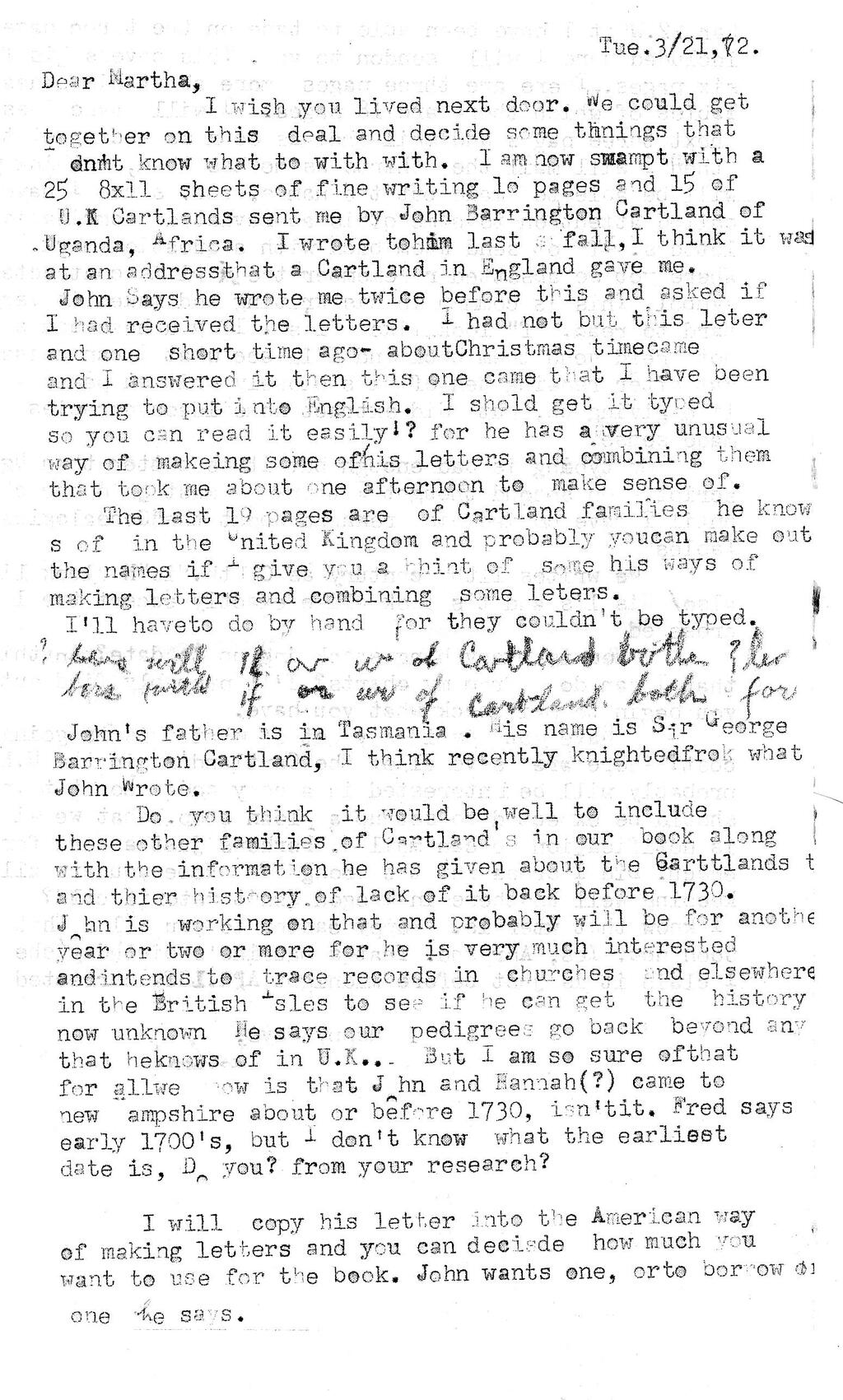
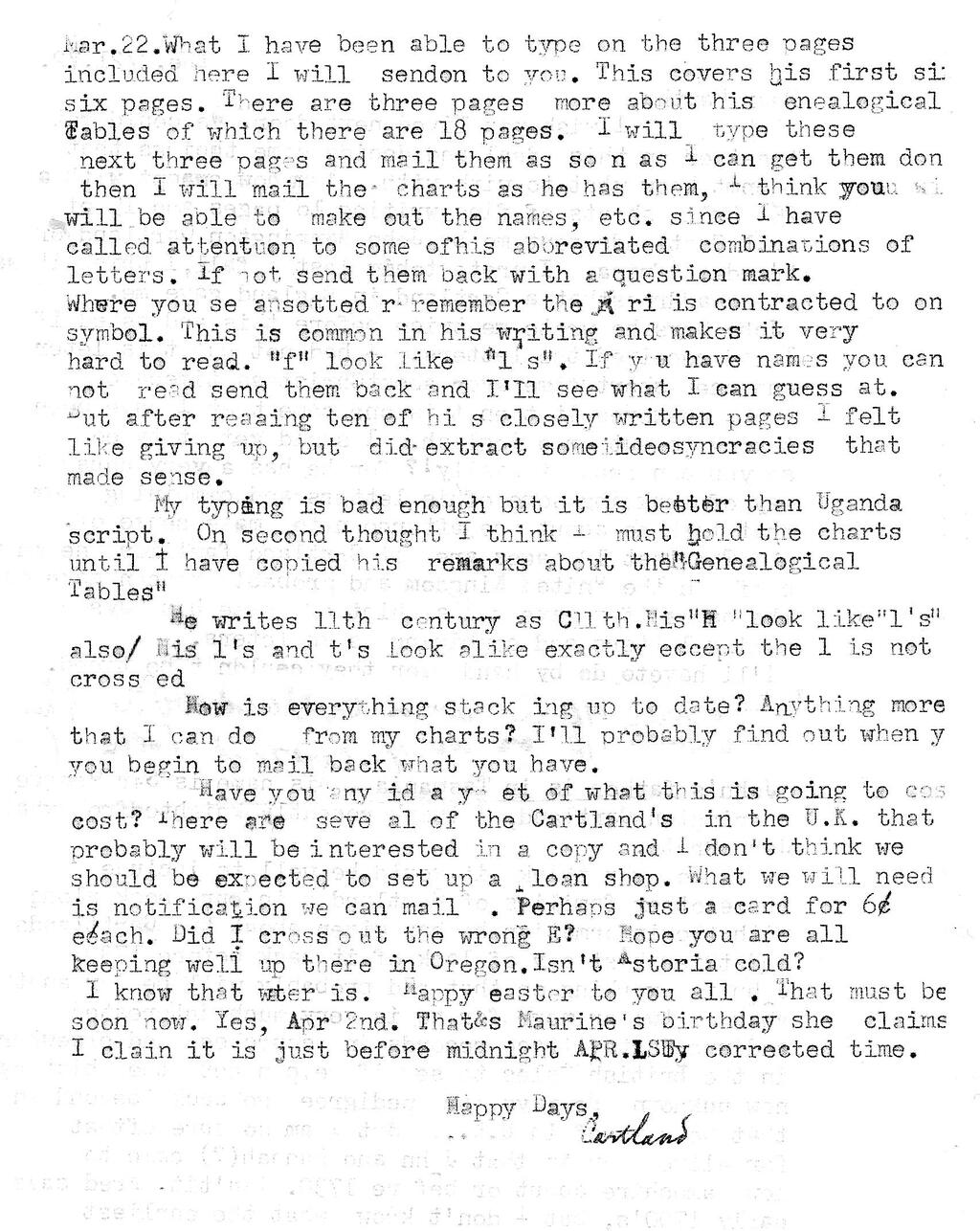
-to Martha McCourt 6-June-1972
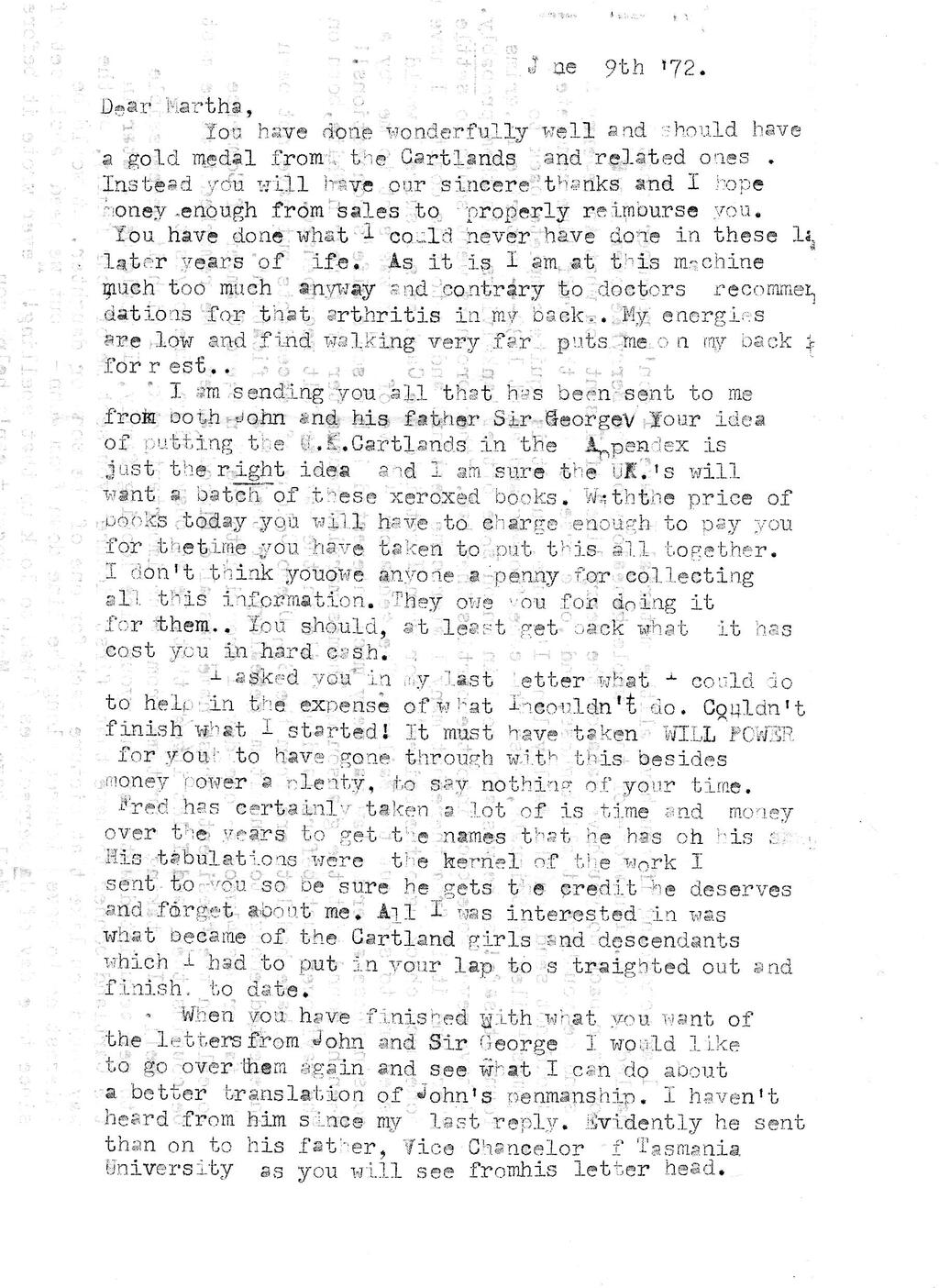
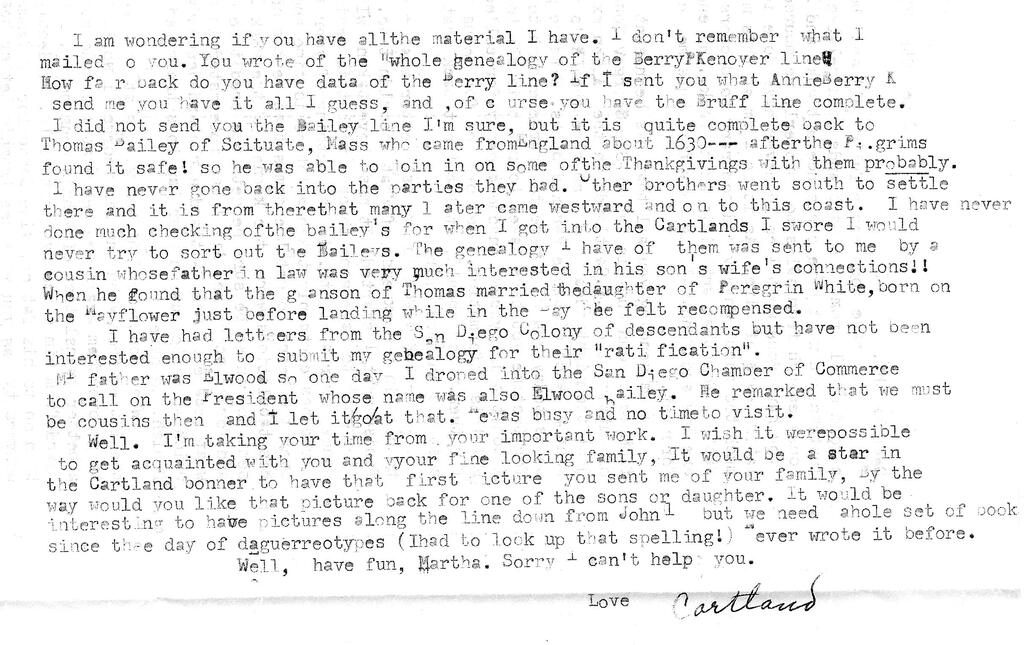
-from George Cartland 18-August-1972
Scanned image
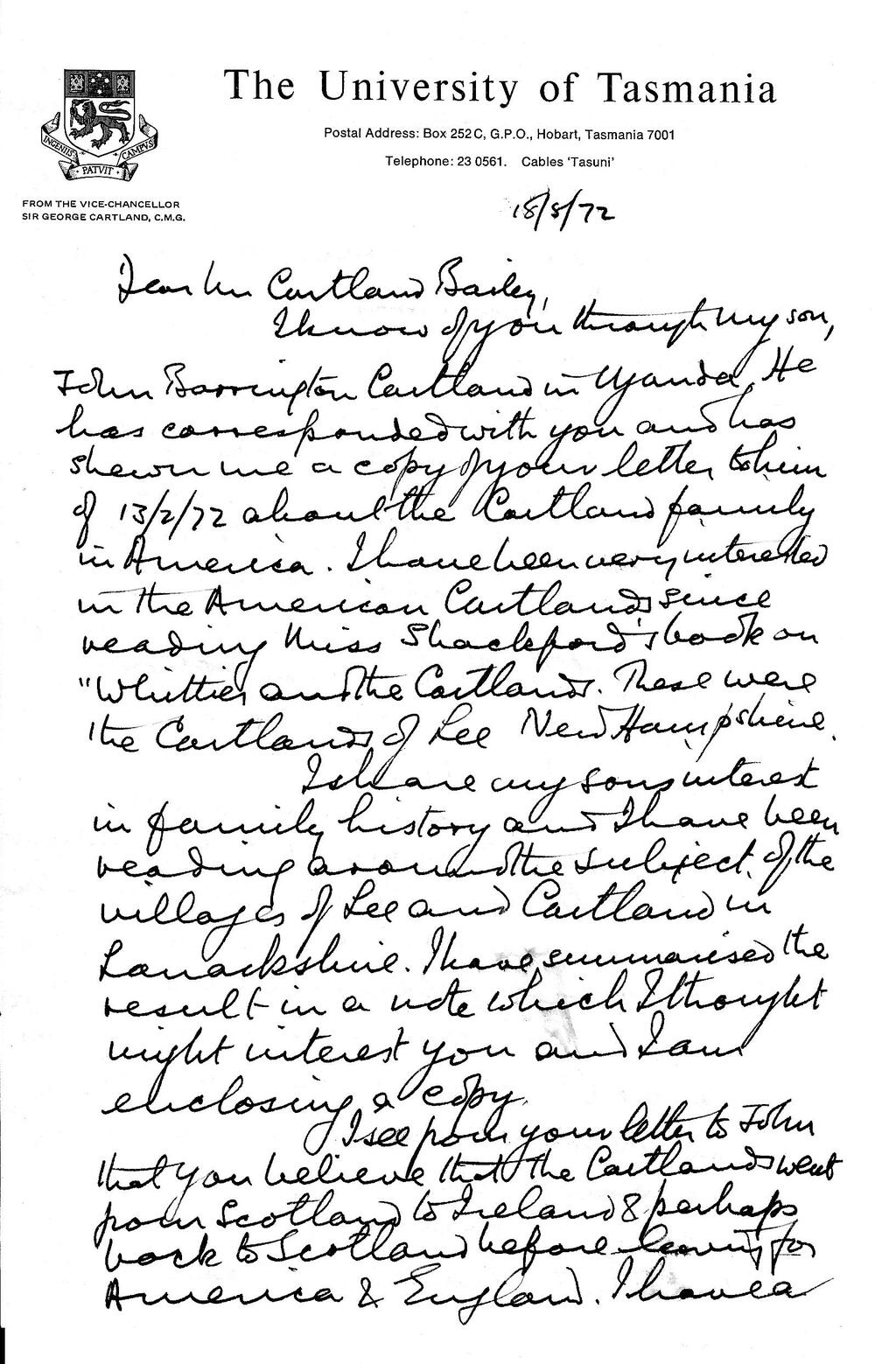
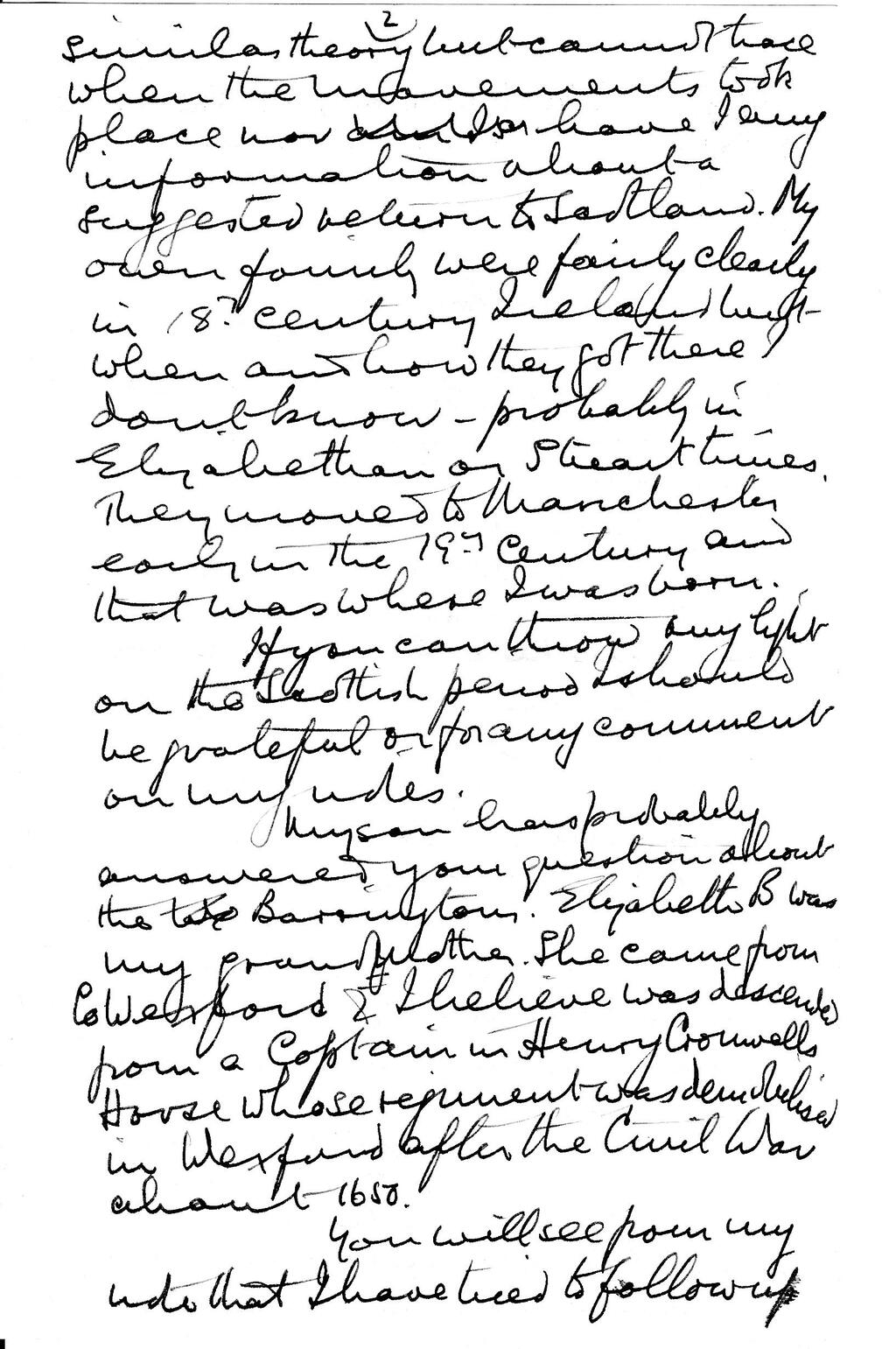
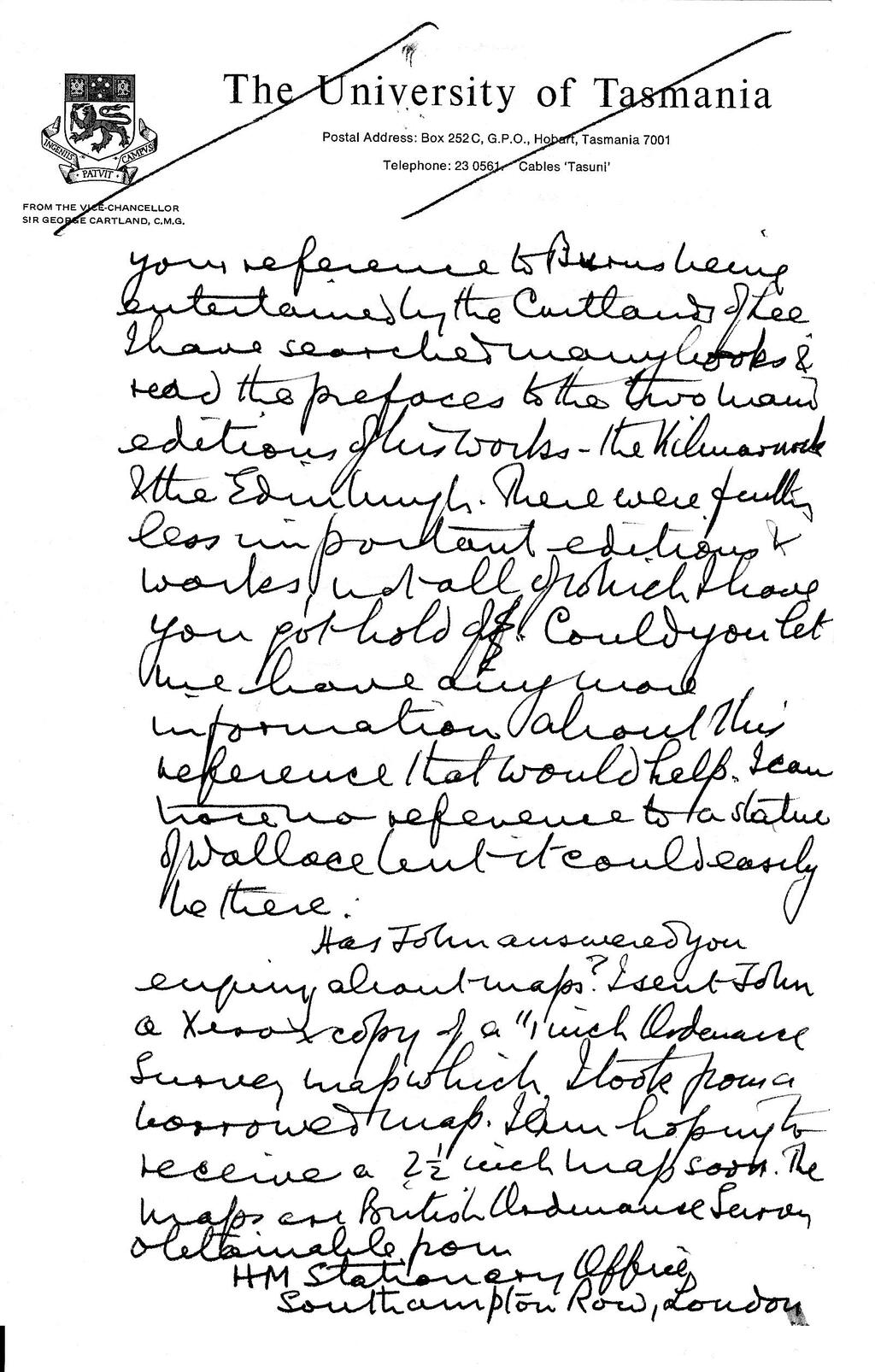
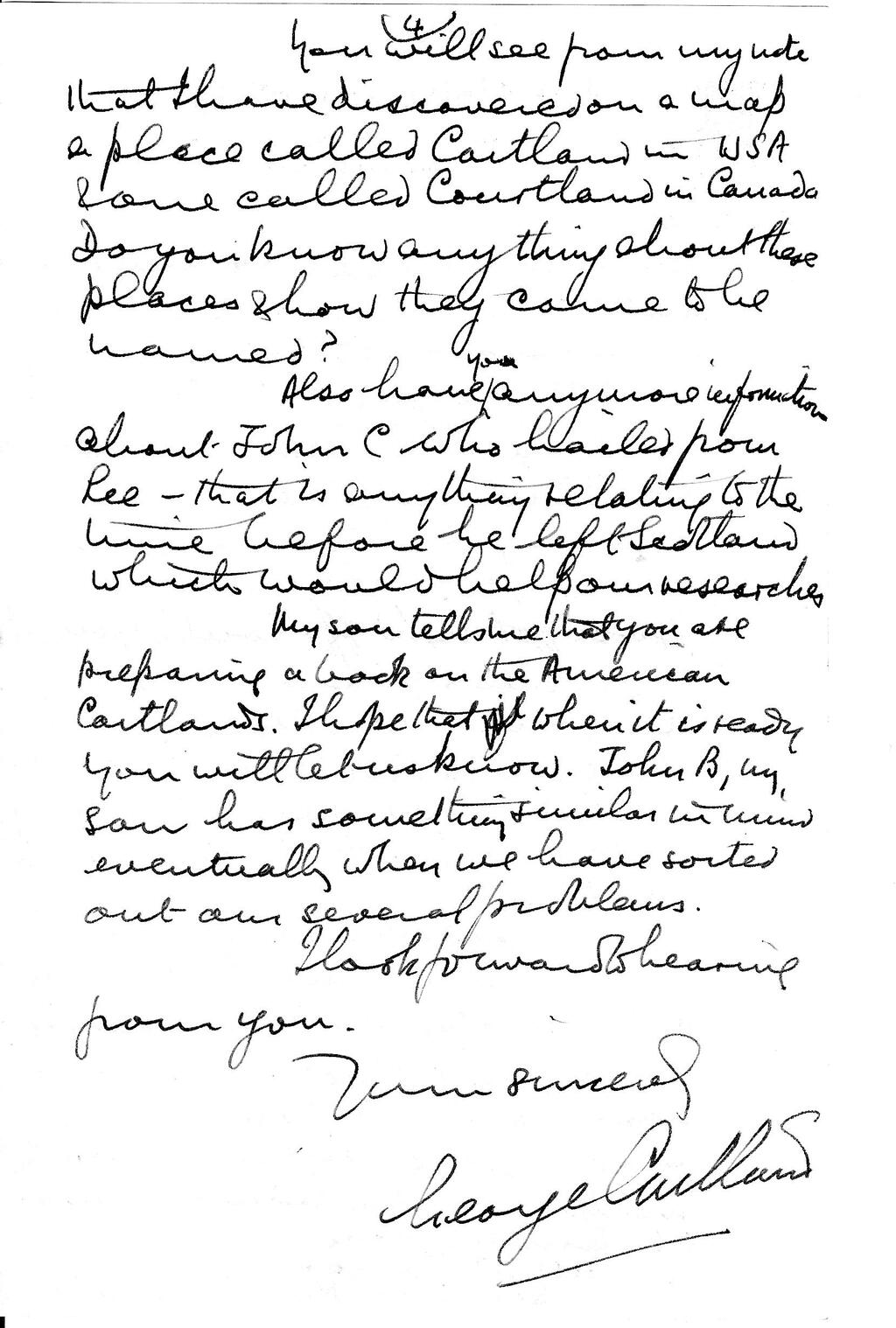
Transcription
Dear A. Cartland Bailey,
I know if you through my son, John Barrington Cartland in Uganda. He has corresponded with you and has shown me a copy of your letter to him of 13 March 1972 about the Cartland family in America. I have been very interested in the American Cartland's since reading Miss Shackford’s book on Whittier and the Cartland's. These were the carlins of Lee New Hampshire.
I share my son's interest in family history and I have been reading around the subject of the villages of Lee and Cartland in Lanarkshire. I have summarized the result in a note which I thought might interest you and I am enclosing a copy.
I see how your letter to John that you believe that the Cartland's went from Scotland to Ireland and perhaps back to Scotland before leaving for America and England. I have a similar theory but cannot trace when the movements took place nor have I any information about a suggested return to Scotland. My own family were fairly clearly in 18th century Ireland but when and how they got there don't know - probably in Elizabethan or Stuart times. They moved to Manchester early in the 19th century and that was where I was born.
If you can throw any light on the Scottish period I should be grateful for any comment on my notes.
My son has probably answered your question about the Barrington's. Elizabeth B was my grandmother. She came from County Wexford. I believe was descended from a captain in Henry Crowell's house whose regiment was demolished in Wexford after the Civil War about 1650.
You will see from my note that I have tried to follow up your reference to [?] being entertained by the Cartland's of Lee. I have searched many books and read the prefaces to the two main editions of his works: the Kilwaruork[?] & the Edinburgh. There were fully less important editions & works not all of which I have you got hold of. Could you let me have any more information about this reference/that would help. I can trace no reference to a statue of Wallace but it could easily be there.
Has John answered your enquiry about maps? I sent John a Xerox copy of a 1 inch Ordnance Survey map which I took from a borrowed map. I am hoping to receive a 2 1/2 inch map soon. The maps are British Ordnance Survey obtainable from
HM Stationery Office
Southampton Row, London.
You will see from my notes that I have discovered on a map A place called Cartland in USA and one called Courtland in Canada. Do you know anything about these places and how they came to be named?
Also have you any more information about John C who hailed from Lee that is anything relating to the Time before he left Scotland which would help our researches.
My son tells me that you are preparing a book on the American Cartland's. I hope that when it is ready you will let us know. John be my son has something similar XXX eventually when we have sorted out our several problems.
I look forward to hearing from you.
Very sincerely
George Cartland